Forums
- Forums
- Axis And Allies Forum
- General Discussion
- Aviation News
Aviation News
Post a reply
- Go to Previous topic
- Go to Next topic
- Go to Welcome
- Go to Introduce Yourself
- Go to General Discussion
- Go to Screenshots, Images and Videos
- Go to Off topic
- Go to Works in Progress
- Go to Skinning Tips / Tutorials
- Go to Skin Requests
- Go to IJAAF Library
- Go to Luftwaffe Library
- Go to RAF Library
- Go to USAAF / USN Library
- Go to Misc Library
- Go to The Ops Room
- Go to Made in Germany
- Go to Campaigns and Missions
- Go to Works in Progress
- Go to Juri's Air-Raid Shelter
- Go to Campaigns and Missions
- Go to Works in Progress
- Go to Skinpacks
- Go to External Projects Discussion
- Go to Books & Resources
-
 Main AdminA U.S. Air Force E-3 Sentry departs after receiving fuel from a 340th Expeditionary Air Refueling Squadron KC-135 Stratotanker during a flight in support of Operation Inherent Resolve May 29, 2017. The 340th EARS, part of U.S. Air Forces Central Command, is responsible for delivering fuel for U.S. and coalition forces, enabling a persistent 24/7 presence in the area of responsibility. (U.S. Air Force photo by Staff Sgt. Trevor T. McBride)
Main AdminA U.S. Air Force E-3 Sentry departs after receiving fuel from a 340th Expeditionary Air Refueling Squadron KC-135 Stratotanker during a flight in support of Operation Inherent Resolve May 29, 2017. The 340th EARS, part of U.S. Air Forces Central Command, is responsible for delivering fuel for U.S. and coalition forces, enabling a persistent 24/7 presence in the area of responsibility. (U.S. Air Force photo by Staff Sgt. Trevor T. McBride)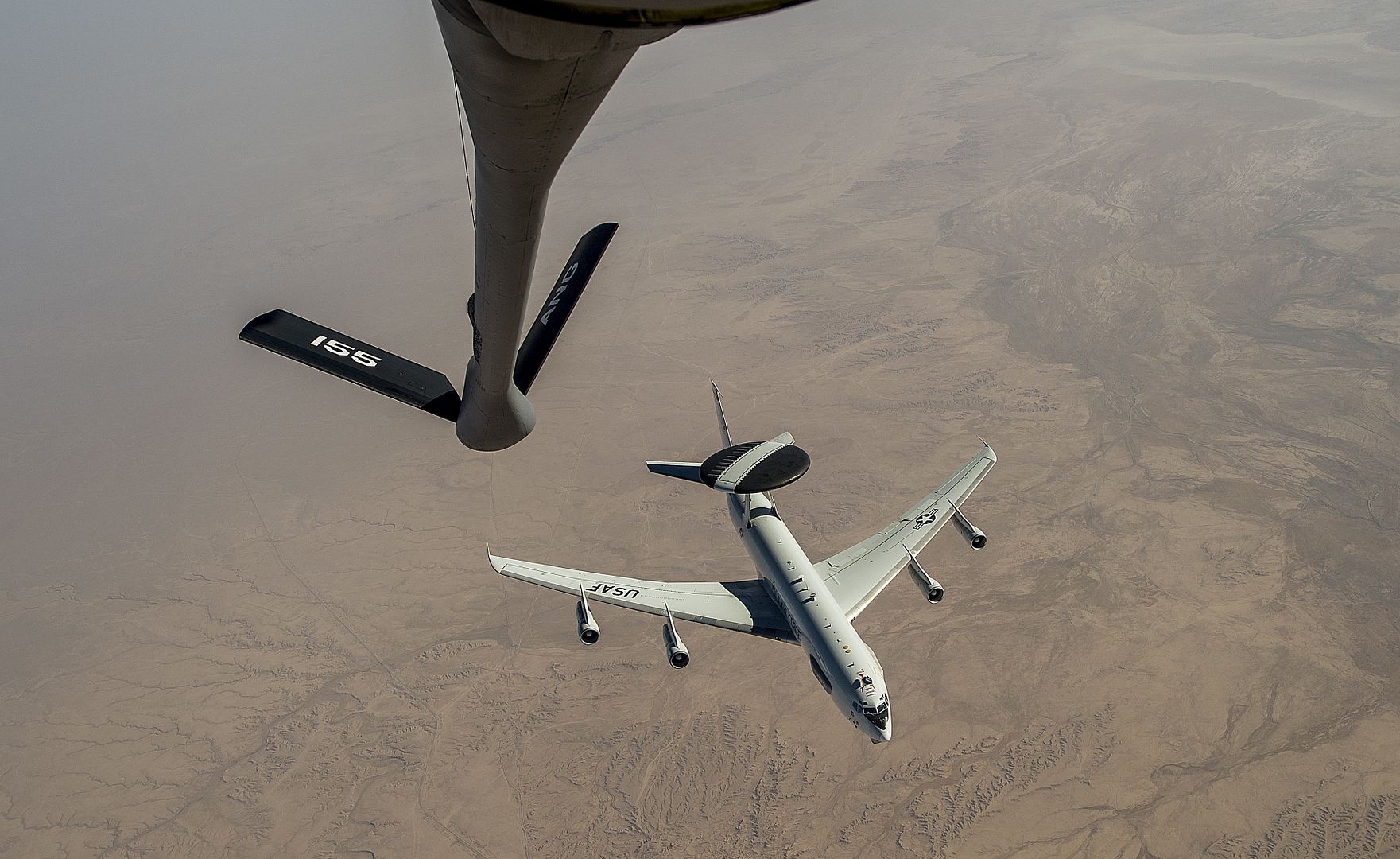
A Japanese Air Self-Defense Force KC-767J Aerial Refueling Tanker taxis after arrival to Joint Base Elmendorf-Richardson flightline, Alaska, June 1, 2017. The tanker was transporting cargo and personnel in support of a joint exercise. (U.S. Air Force photo by Staff Sgt. Westin Warburton)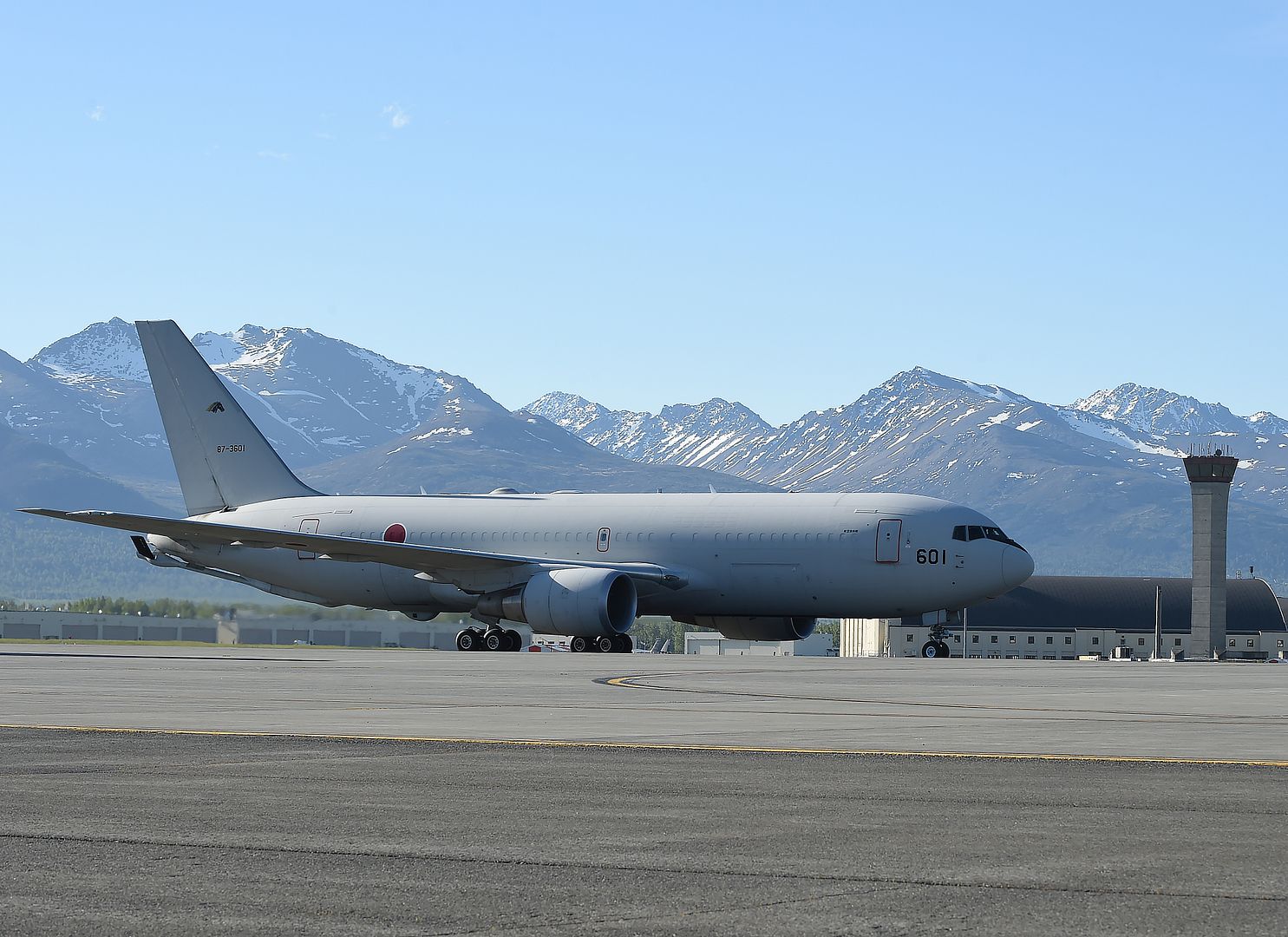
An F-15 Eagle assigned to the 142nd Fighter Wing, Oregon Air National Guard, takes off from Nellis Air Force Base, Nev., as part of the the Weapons Inspection Course (WIC), June 1, 2017. The Oregon Airmen are playing an the role of aggressors during their three-week WIC temporary duty assignment. (U.S. Air National Guard photo's by Master Sgt. John Hughel, 142nd Fighter Wing Public Affairs).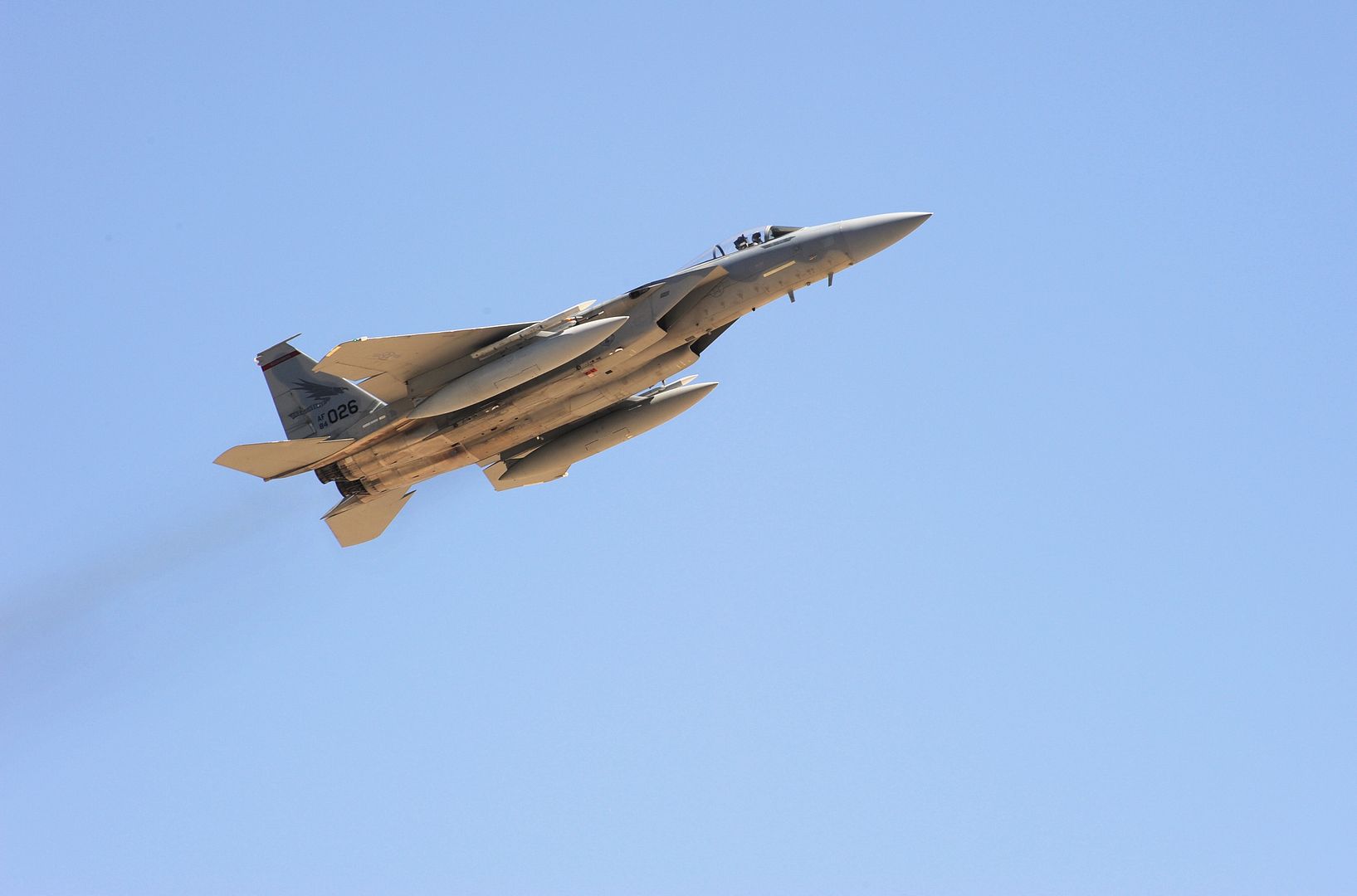
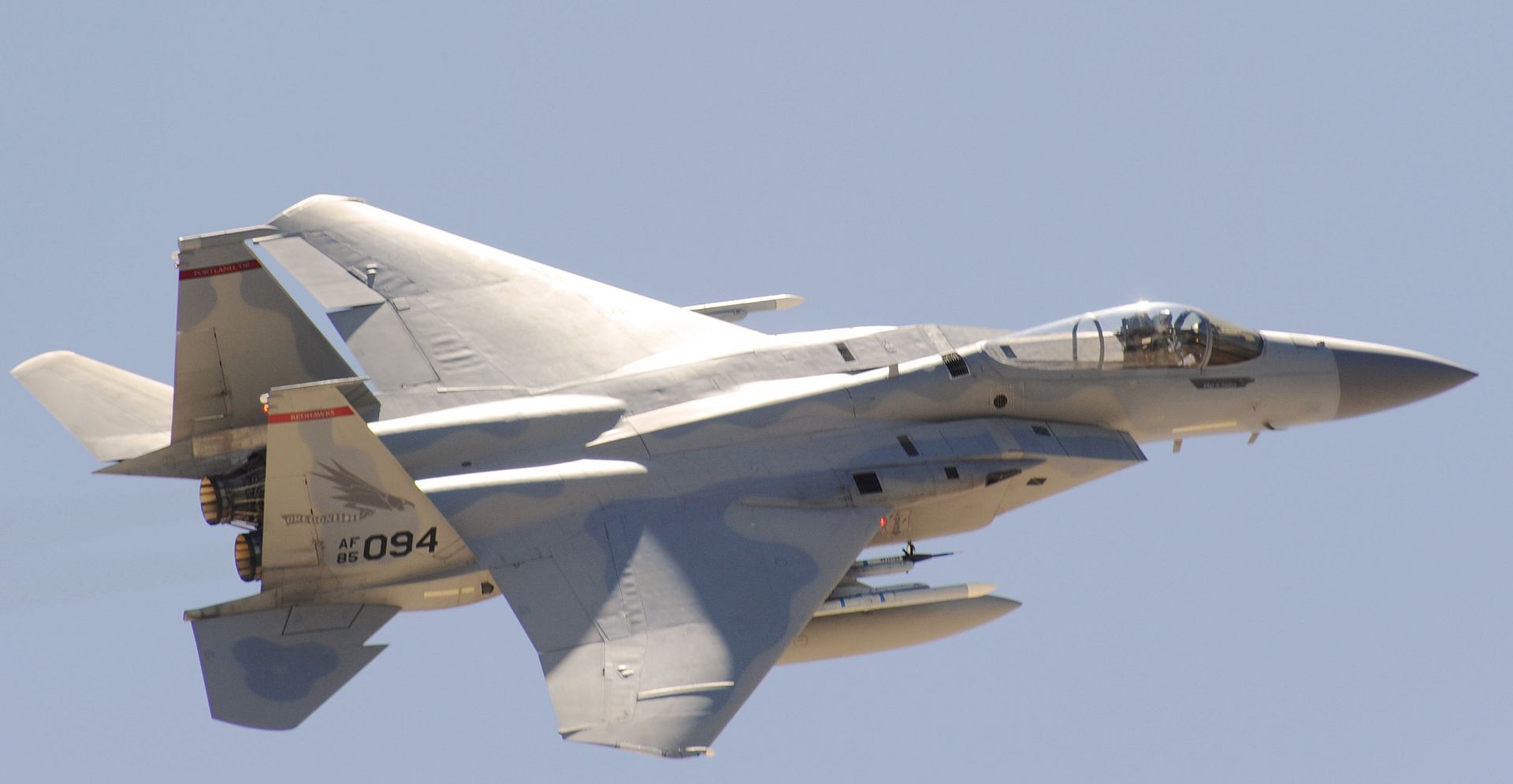
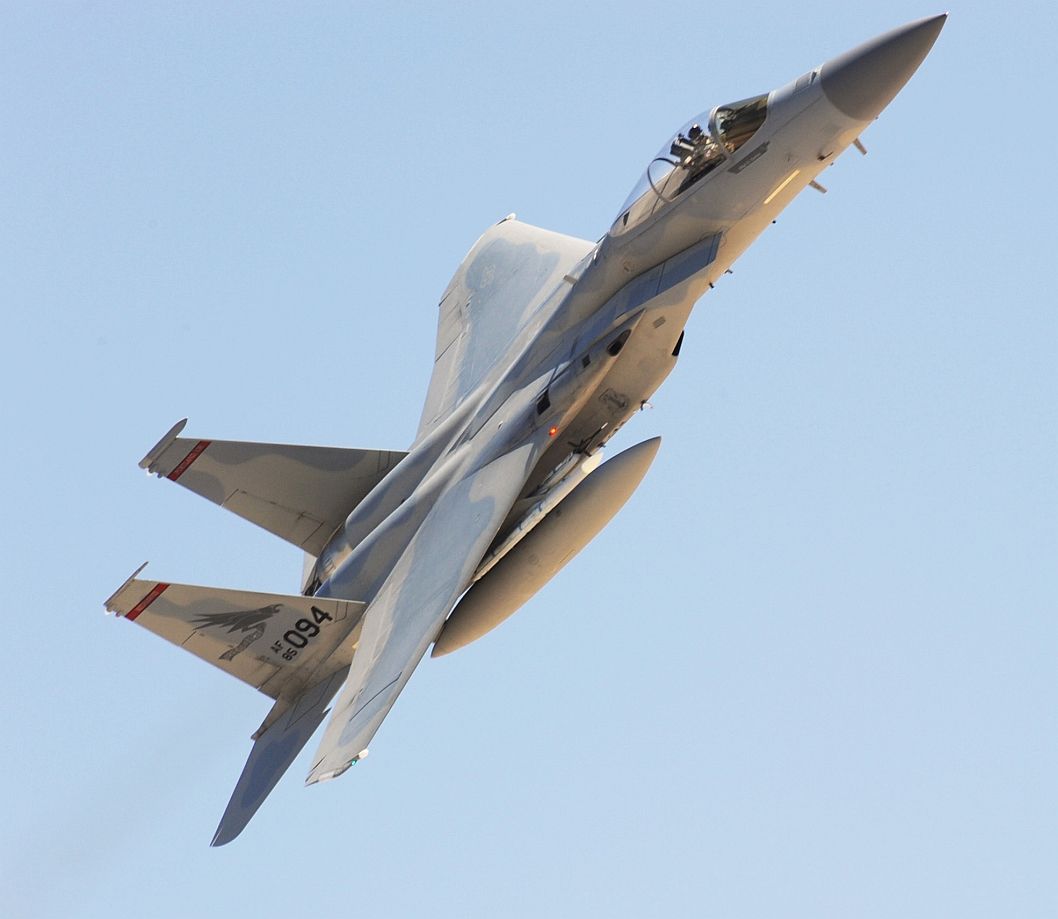
An AV-8B Harrier with Marine Attack Squadron (VMA) 311 departs from Marine Corps Air Station Iwakuni, Japan, June 2, 2017. VMA-311 is expected to be the last AV-8B Harrier squadron forward deployed to MCAS Iwakuni as part of the unit deployment program. The squadron's departure caps the end of an era for U.S. attack aircraft in Japan and is a significant milestone for MCAS Iwakuni and Marine Corps aviation.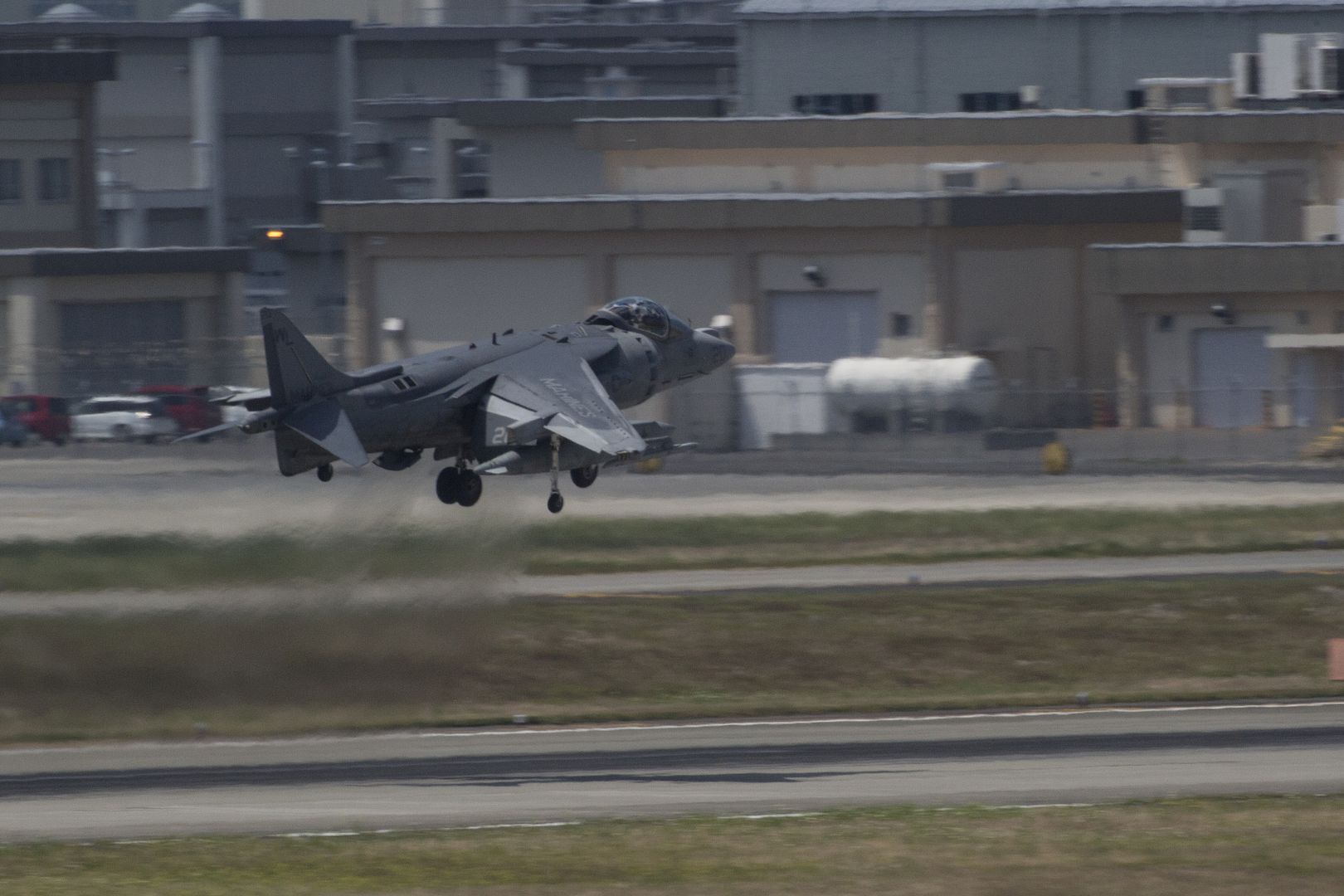
An AH-64 Apache Helicopter from 1st Battalion, 130th Aviation Regiment, North Carolina Army National Guard, sits under Milky Way galaxy in the Mojave Desert May 30, 2017, at the National Training Center, Fort Irwin, California. The 25 second exposure was taken when the moon was setting, lighting up the clouds on one side of the horizon. The Soldiers are conducting combat training to strengthen their individual and combat readiness skills. (Mississippi National Guard photo by Staff Sgt. Tim Morgan, 102d Public Affairs Detachment)
An AH-64 Apache Helicopter from 1st Battalion, 130th Aviation Regiment, North Carolina Army National Guard, sits under a sunset in the Mojave Desert May 30, 2017, at the National Training Center, Fort Irwin, California. (Mississippi National Guard photo illustration by Staff Sgt. Tim Morgan,102d Public Affairs Detachment) (This image was created using high dynamic range techniques)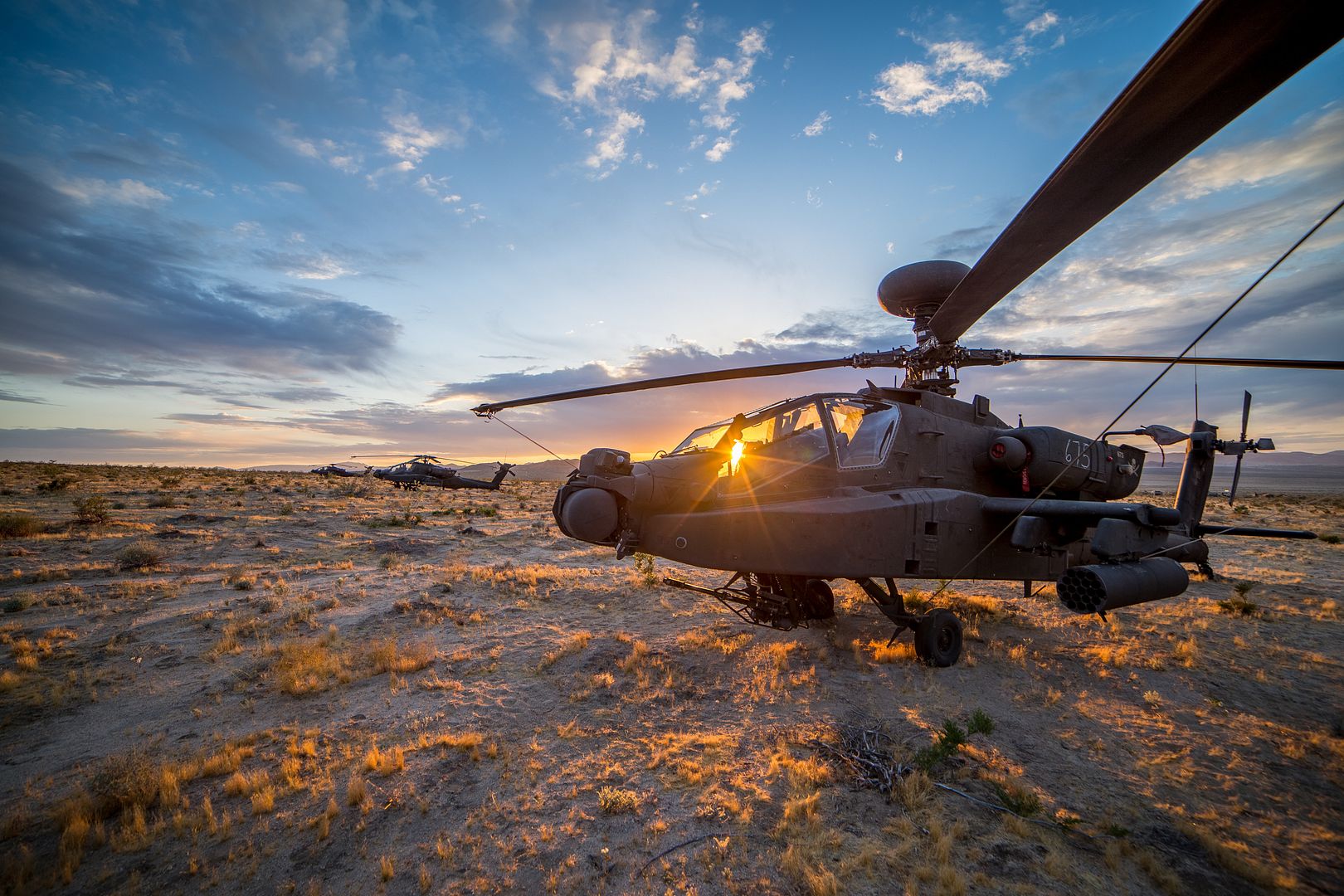
GREENVILLE, S.C., June 1, 2017 /PRNewswire/ -- Airmen from the Alaska Air National Guard today accepted the first HC-130J Combat King II assigned to an U.S. Air National Guard unit at the Lockheed Martin (NYSE: LMT) facility here.
This HC-130J will be operated by the 211th Rescue Squadron (RQS), 176th Wing stationed at Joint Base Elmendorf-Richardson, Alaska. The 211th RQS previously operated legacy HC-130P aircraft to support personnel recovery missions in Alaska and the Pacific Theater. These aircraft also act as aerial refuelers, providing support to the HH-60 Pave Hawk search-and-rescue helicopters that are also assigned to the 176th Wing. This is the first of four HC-130Js that will be delivered to the Alaska Guard.
"The delivery of this HC-130J Combat King II represents a new era for both the Air National Guard and the Alaska Guard. This aircraft provides the increased capabilities and enhanced performance that is essential for these Airmen to support their search and rescue mission," said George Shultz, vice president and general manager, Air Mobility & Maritime Missions at Lockheed Martin. "These men and women live their motto ? 'That Others May Live.' We're proud the HC?130J Combat King fleet plays an essential role in supporting this commitment."
The HC-130J replaces HC-130N/P aircraft as the only dedicated fixed-wing personnel recovery platform in the Air Force inventory. The HC-130J supports missions in all-weather and geographic environments, including reaching austere locations. The HC-130J is also tasked for airdrop, airland, helicopter air-to-air refueling and forward-area ground refueling missions. It also supports humanitarian aid operations, disaster response, security cooperation/aviation advisory, emergency aeromedical evacuation and noncombatant evacuation operations. The HC-130J is also operated by active duty Air Combat Command personnel recovery units.
-
 Main AdminAn Oregon Air National Guard F-15 Eagle, assigned to the 142nd Fighter Wing, takes off for a morning sortie at Nellis Air Force Base, Nev., as part of the Weapons Instructor Course, June 2, 2017. (U.S. Air National Guard photo's by Master Sgt. John Hughel, 142nd Fighter Wing Public Affairs).
Main AdminAn Oregon Air National Guard F-15 Eagle, assigned to the 142nd Fighter Wing, takes off for a morning sortie at Nellis Air Force Base, Nev., as part of the Weapons Instructor Course, June 2, 2017. (U.S. Air National Guard photo's by Master Sgt. John Hughel, 142nd Fighter Wing Public Affairs).
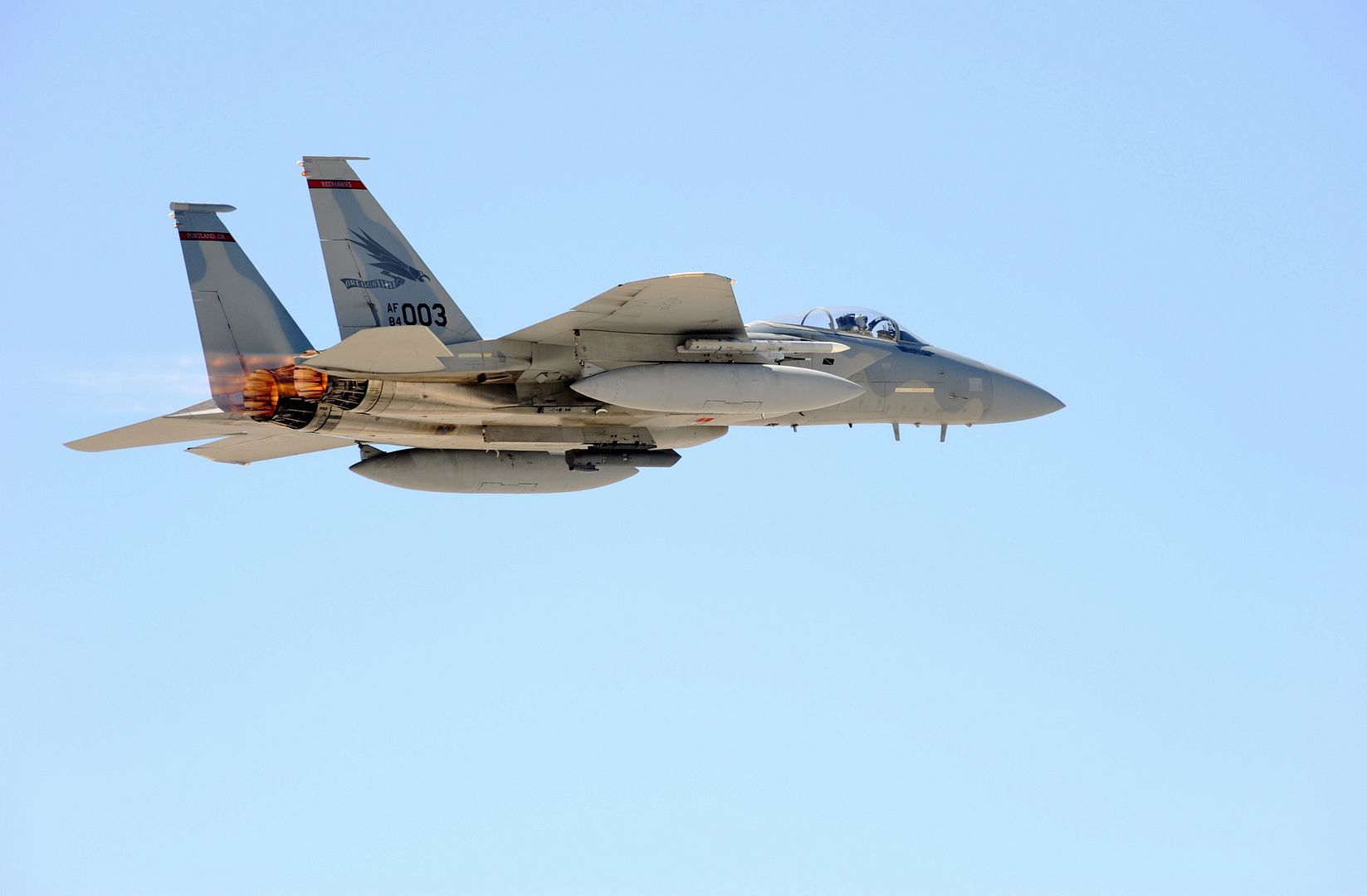
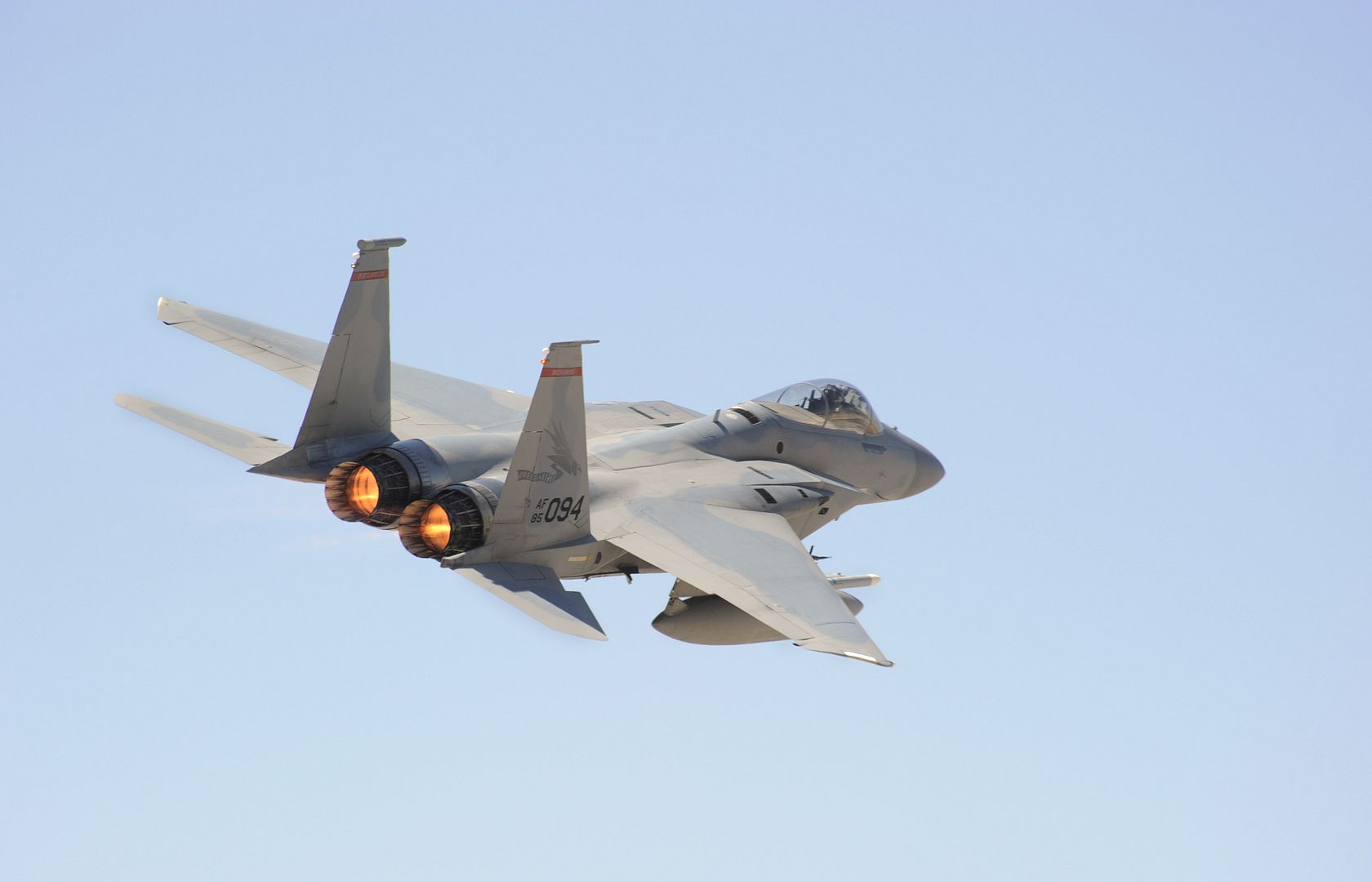
SEA OF JAPAN (June 1, 2017)
U.S. Navy and Japan Air Self-Defense Force aircraft fly in formation over the Nimitz-class aircraft carrier USS Ronald Reagan (CVN 76). The U.S. Navy and Japan Air Self-Defense Force routinely fly together to continue efforts of supporting security and stability in the Indo-Asia-Pacific region. U.S. Navy photo by Lt. j.g. Artur Sedrakyar (Released)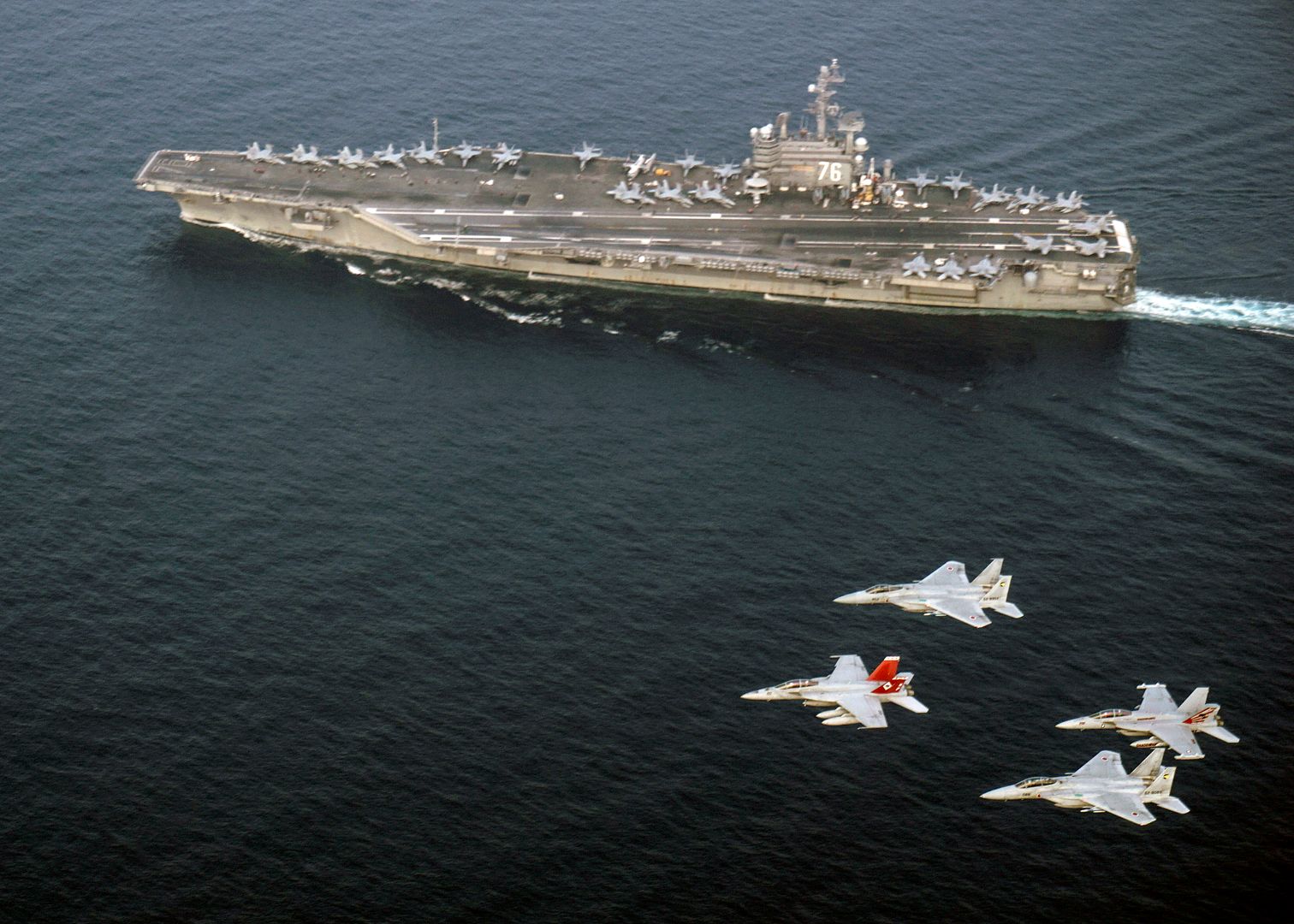
June 2, 2017 Wichita Bombardier business units, Bombardier Inc., Press Release
Today Bombardier Business Aircraft and Leggett & Platt, Incorporated of Carthage, Missouri celebrated a historic milestone in business aviation ? the delivery of the 3,000th Bombardier Learjet business jet manufactured. The aircraft is also the 100th Learjet 75 jet to be delivered, and the second to join Leggett & Platt?s fleet. Learjet aircraft are renowned worldwide for their sleek ramp appeal and are favored by pilots for their handling characteristics and high-performance. Learjet aircraft are certified to Part 25 airworthiness standards, the industry?s highest safety standards, applicable to transport category aircraft and commercial airliners.
Tonya Sudduth, General Manager, Learjet Programs and Wichita Site, Bombardier Business Aircraft, presented the milestone jet to Jeffrey Presslor, Director of Aviation; C.R. Mullere, Director of Maintenance; and Rick Schneider, Pilot, Leggett & Platt, at an event attended by distinguished guests, employees and media held at the Bombardier Learjet facility in Wichita, Kansas where the aircraft was assembled. Kansas Governor Sam Brownback, U.S. Congressman Ron Estes, officials from the City of Wichita and Sedgwick County also joined the event.
?The 3,000th Learjet aircraft represents a very special moment in the iconic legacy of Learjet, and is a testament to the success of the product,? said Sudduth. ?We are thrilled that our friends at Leggett & Platt are celebrating this important moment with us,? she added.
?We congratulate Bombardier on manufacturing the 3,000th Learjet aircraft,? said Kansas Governor Sam Brownback. ?This is an impressive milestone that required the contributions of generations of Learjet workers and reflects the resilience of a location that not only manufactures Learjet aircraft, but also performs flight testing for new aircraft as well as after-market services for aircraft post-delivery. We value Bombardier and appreciate the company?s long-term commitment to Kansas.?
?Today is an exciting day in Bombardier Learjet history,? said David Coleal, President, Bombardier Business Aircraft. ?We are pleased that Leggett & Platt have chosen to welcome this milestone aircraft to their fleet to support the needs of their diversified business. The Learjet 75 business jet is valued worldwide for its innovative technology, smooth ride, superior cabin experience and legendary performance, and continues to set the benchmark in private aviation.?
?Leggett & Platt pioneered sleep technology, introducing its first bedspring more than 125 years ago. Today, as a diversified manufacturer of an array of products, we are proud to operate and serve a broad suite of customers worldwide. The Learjet 75 aircraft offers an indispensable productivity tool to help us keep pace with the complexity and cadence of our operations,? said Jeffrey Presslor, Director of Aviation, Leggett & Platt. ?We are delighted to be part of this important moment in Learjet history, and congratulate Bombardier on this historic milestone.?
Founded in 1883, Leggett & Platt is a diversified manufacturer (and member of the S&P 500) that conceives, designs, and produces a broad variety of engineered components and products that can be found in most homes, automobiles, and offices. The company spans 17 business units, 21,000 employee-partners and 130 facilities located in 19 countries. Leggett & Platt is the leading U.S. producer of bedding components, automotive seat support and lumbar systems, components for home furniture and work furniture, adjustable beds, carpet cushion, high-carbon drawn steel wire, and bedding industry machinery.
Learjet aircraft are assembled at Bombardier Business Aircraft?s multifaceted facility in Wichita, Kansas. The visionary Learjet lineage began over 50 years ago with the introduction of the first-ever business jet, the Learjet 23 aircraft. Bombardier acquired Learjet in 1990, introducing the Learjet 45 aircraft in 1997, the first new clean sheet design since the Learjet 23 business jet. Today, the Learjet 70 and Learjet 75 business jets, derived from the Learjet 40 XR and Learjet 45 XR aircraft, continue to set the standard in the light category.
The Wichita site is also the location of one of nine Bombardier Service Centers worldwide, and is equipped to perform scheduled and unscheduled maintenance, interior mods, avionics installations and provide AOG support for Bombardier?s complete family of business aircraft, including Learjet, Challenger and Global jets. The facility is also home to Bombardier?s world-class Flight Test Centre, which is active with the Global 7000 and Global 8000 aircraft program, having recently welcomed the third Global 7000 Flight Test Vehicle.
Learjet 75 aircraft: As part of the well-established Learjet family, the Learjet 75 aircraft continues to set the standard by bringing large jet features to a light jet platform. As the only business jet in its class to feature an eight-seat double-club configuration, a flat floor throughout the cabin, and a pocket door for reduced noise levels, the class-defining Learjet 75 aircraft offers a smooth ride and the ultimate in comfort and privacy.
The Learjet 75?s modern interior was designed for style and comfort and features a new cabin management system with individual touchscreen monitors and full audio and video control, LED lighting throughout the aircraft, and a generous baggage suite.
Designed with the pilot?s comfort in mind, the Bombardier Vision flight deck features a synthetic vision system, enhanced ergonomics, and advanced touch screen controls for a more productive mission. The Learjet 75 aircraft?s powerful engines and new winglet design enable it to reach a top speed of Mach 0.81* and climb to an impressive operating ceiling of 51,000 feet (15,545?m).* The Learjet 75 has an exceptional range capability greater than 2,000 NM (3,704 km),* and can fly four passengers and two crew members non-stop from London to Moscow.*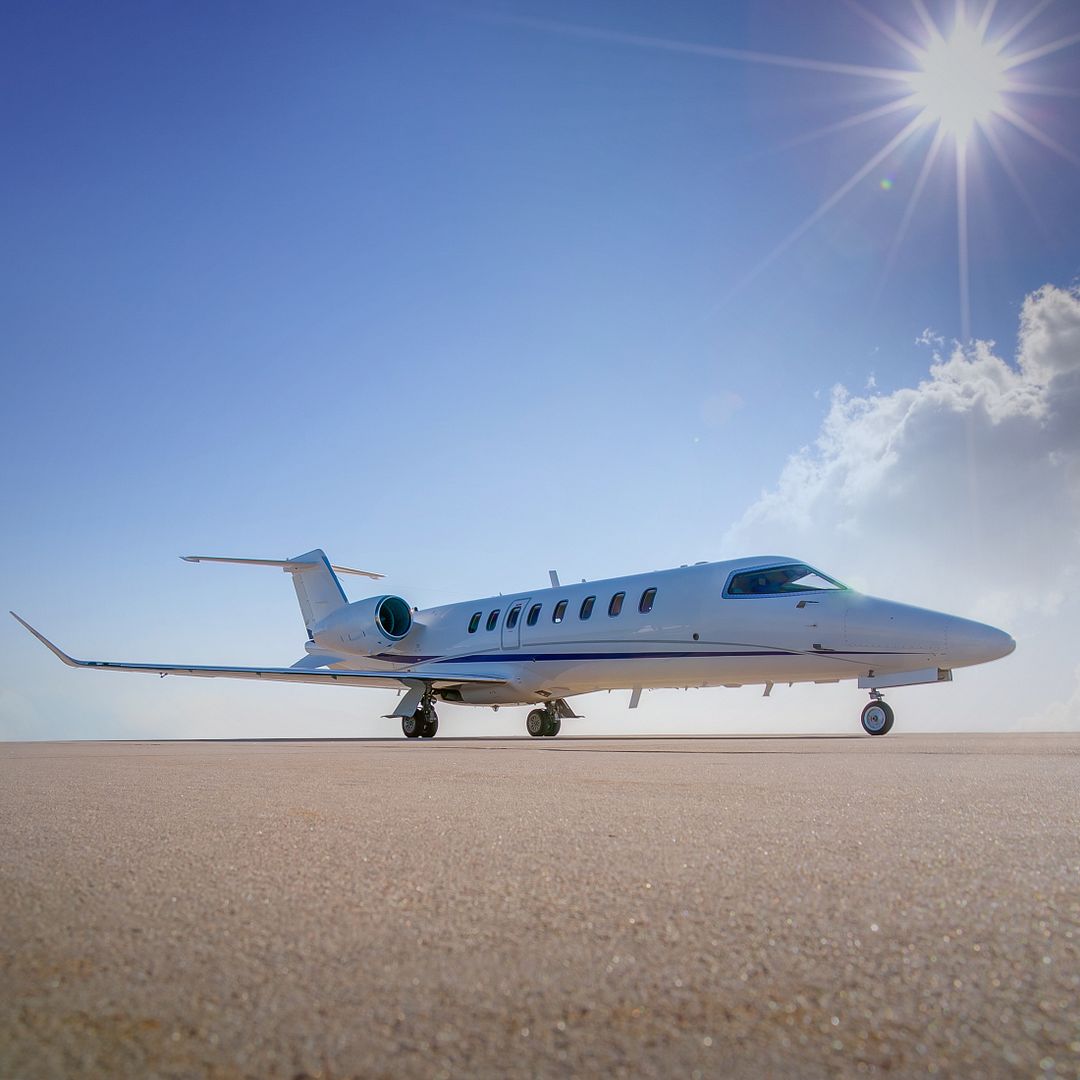
-
 Main AdminEAST CHINA SEA (June 2, 2017) An AV-8B Harrier, assigned to the ?Tomcats? of Marine Attack Squadron (VMA) 311, taxis on the flight deck of the amphibious assault ship USS Bonhomme Richard (LHD 6), as another harrier approaches for landing. Bonhomme Richard, flagship of the Bonhomme Richard Amphibious Ready Group, is on a routine patrol, operating in the Indo-Asia-Pacific region to serve as a forward-capability for any type of contingency. (U.S. Navy Photo by Mass Communication Specialist Seaman Apprentice Gavin Shields/Released)
Main AdminEAST CHINA SEA (June 2, 2017) An AV-8B Harrier, assigned to the ?Tomcats? of Marine Attack Squadron (VMA) 311, taxis on the flight deck of the amphibious assault ship USS Bonhomme Richard (LHD 6), as another harrier approaches for landing. Bonhomme Richard, flagship of the Bonhomme Richard Amphibious Ready Group, is on a routine patrol, operating in the Indo-Asia-Pacific region to serve as a forward-capability for any type of contingency. (U.S. Navy Photo by Mass Communication Specialist Seaman Apprentice Gavin Shields/Released)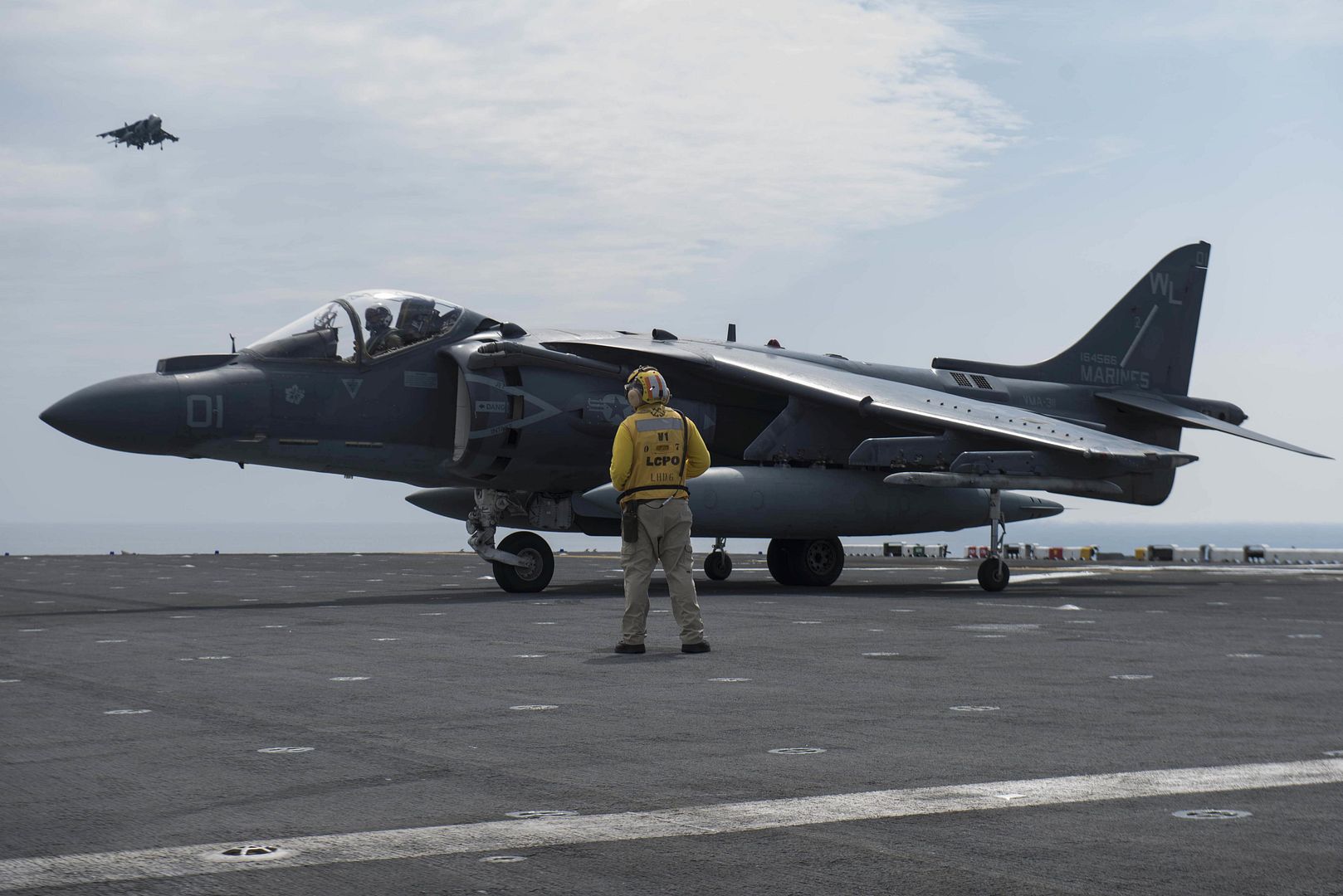
SIBIU, Romania - A C17 from Strategic Airlift Capabilty in Papa, Hungary, arrives at Sibiu International Airport to transport Norwegan personnel and material as part of the NATO exercise Noble Jump 2017, June 02, 2017.
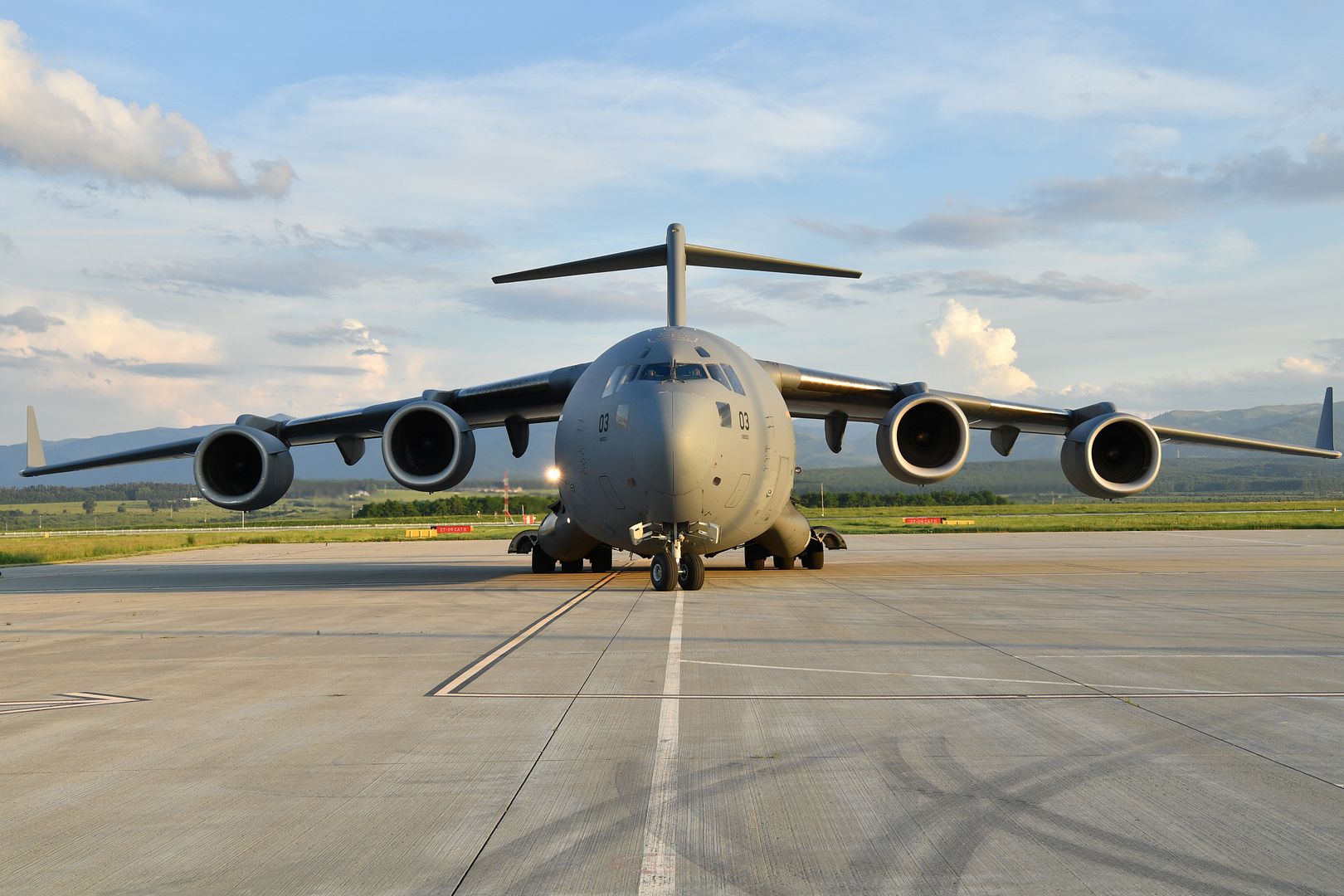
Polish Air Force F-16 Fighting Falcons aircraft sits on the flightline at the 407th Air Expeditionary Group on June 1, 2017. Recently, the Polish Air Force exceeded 1,500 combat flying hours in support of Operation Inherent Resolve in the fight against ISIS. (U.S. Air Force Tech Sgt. Andy M. Kin)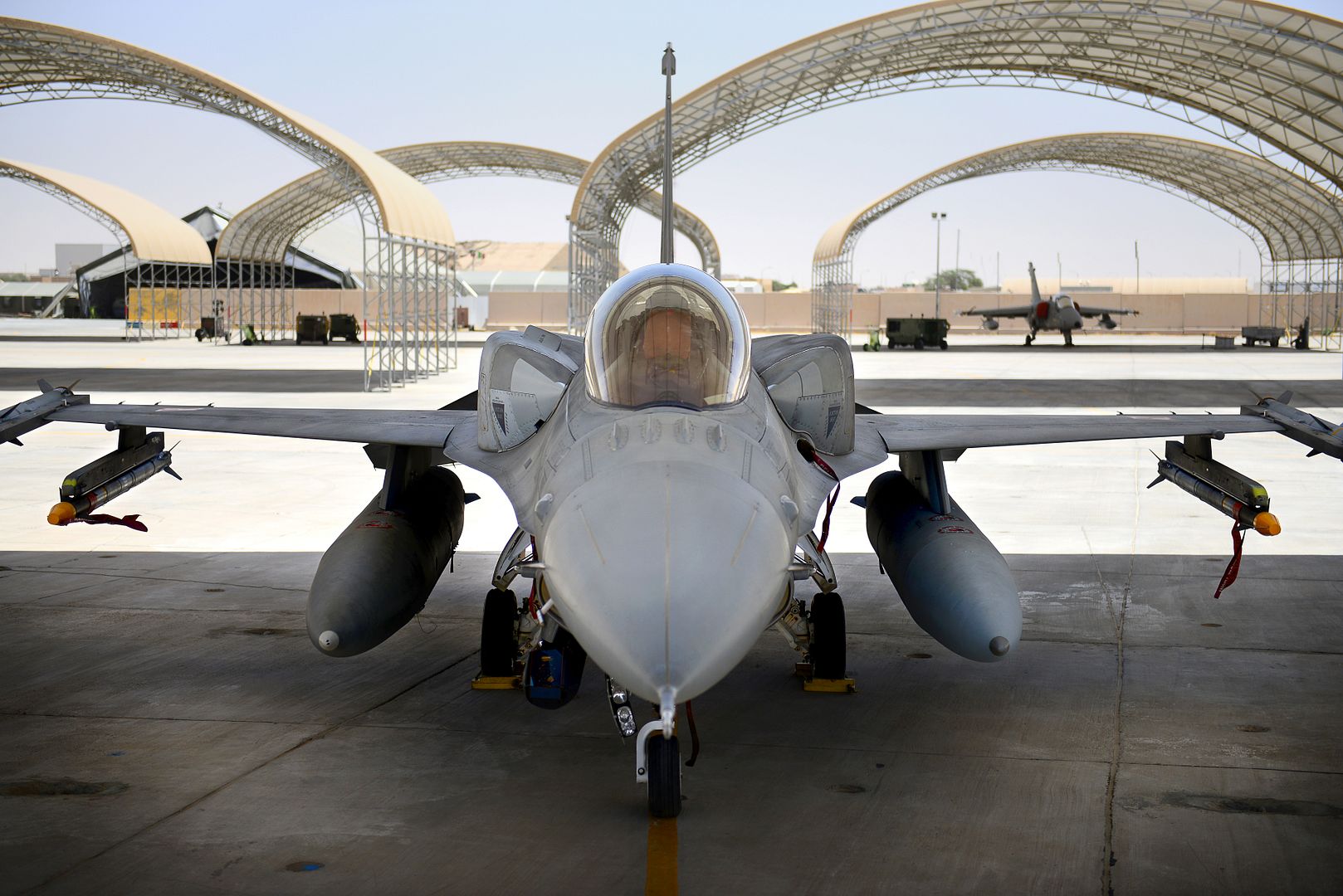
A C-130 Hercules flies over the Carre de Choux (Cabbage Patch) Ceremony in Carentan, France, June 2, 2017. The ceremony commemorates the 73rd anniversary of D-Day, the largest multi-national amphibious landing and operational military airdrop in history, and highlights the U.S.' steadfast commitment to European allies and partners. Overall, approximately 400 U.S. service members from units in Europe and the U.S. are participating in ceremonial D-Day events from May 31 to June 7, 2017. (DMA-FCE photo by Mass Communication Specialist 2nd Class Maria Rachel Melchor, Defense Media Activity-Forward Center Europe)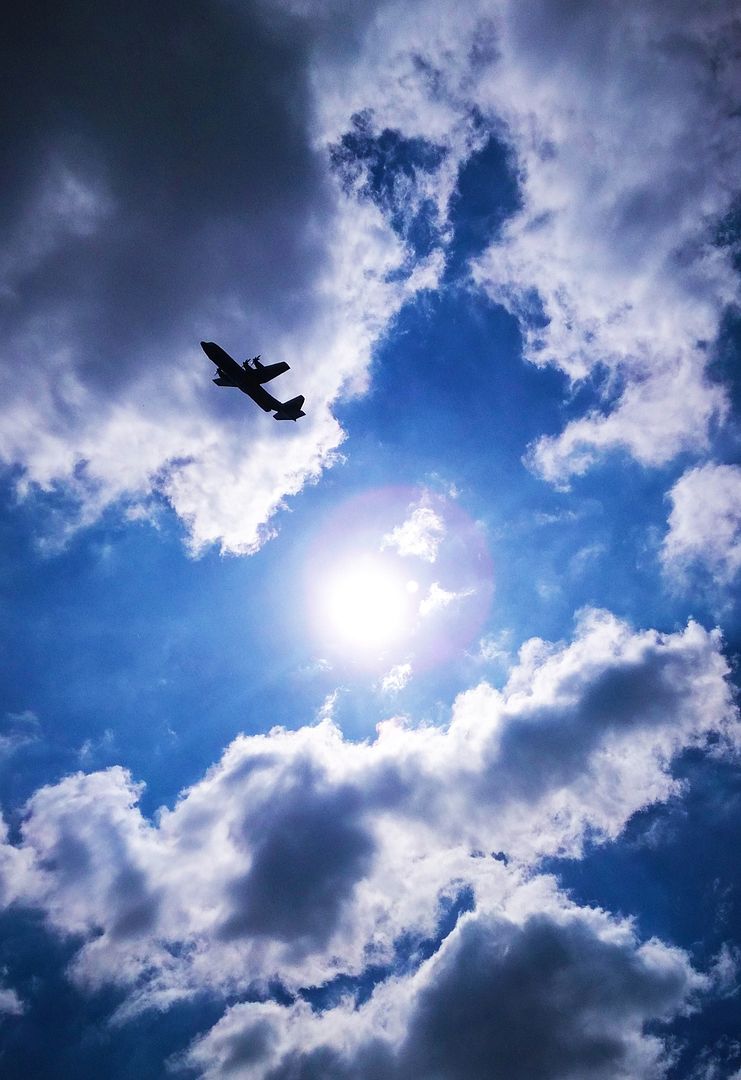
WHITEMAN AIR FORCE BASE, Mo. -- ?I still remember the first time I saw the B-2 Spirit,? said Royal Air Force (RAF) Squadron Leader Wesley ?Wild? Pead, a 13th Bomb Squadron assistant director of operations. He was participating in combat training operations in the RAF Tornado GR4 at a Red Flag exercise at Nellis Air Force Base, Nevada.
?I got the opportunity to see the B-2 up close and personal,? he added. ?I thought that was a privilege ? little did I know one day I would fly this beautiful jet.?
As a pilot, Pead was no stranger to the U.S. Air Force. Having participated in several exercises with coalition partners and even utilized U.S. Air Force aerial refueling, he would receive a unique opportunity only four others before him had: becoming a foreign exchange officer qualified to fly the B-2.
?If we?re going to combat together, we need to train together,? said Pead.
On Sept. 1, 2014, Pead once more stepped foot on American soil and began his journey with the U.S. Air Force pilot exchange program.
Although Pead has been a pilot since commissioning with the RAF in 2003, he had never flown an aircraft quite like the B-2.
?It was very different,? said Pead, in his unique accent. ?A little cooler.?
Pead earned his spirit number, 595, flying the Spirit of Pennsylvania. As the 595th person to fly the stealth bomber, he is currently the only B-2 pilot who is not a U.S. Airman.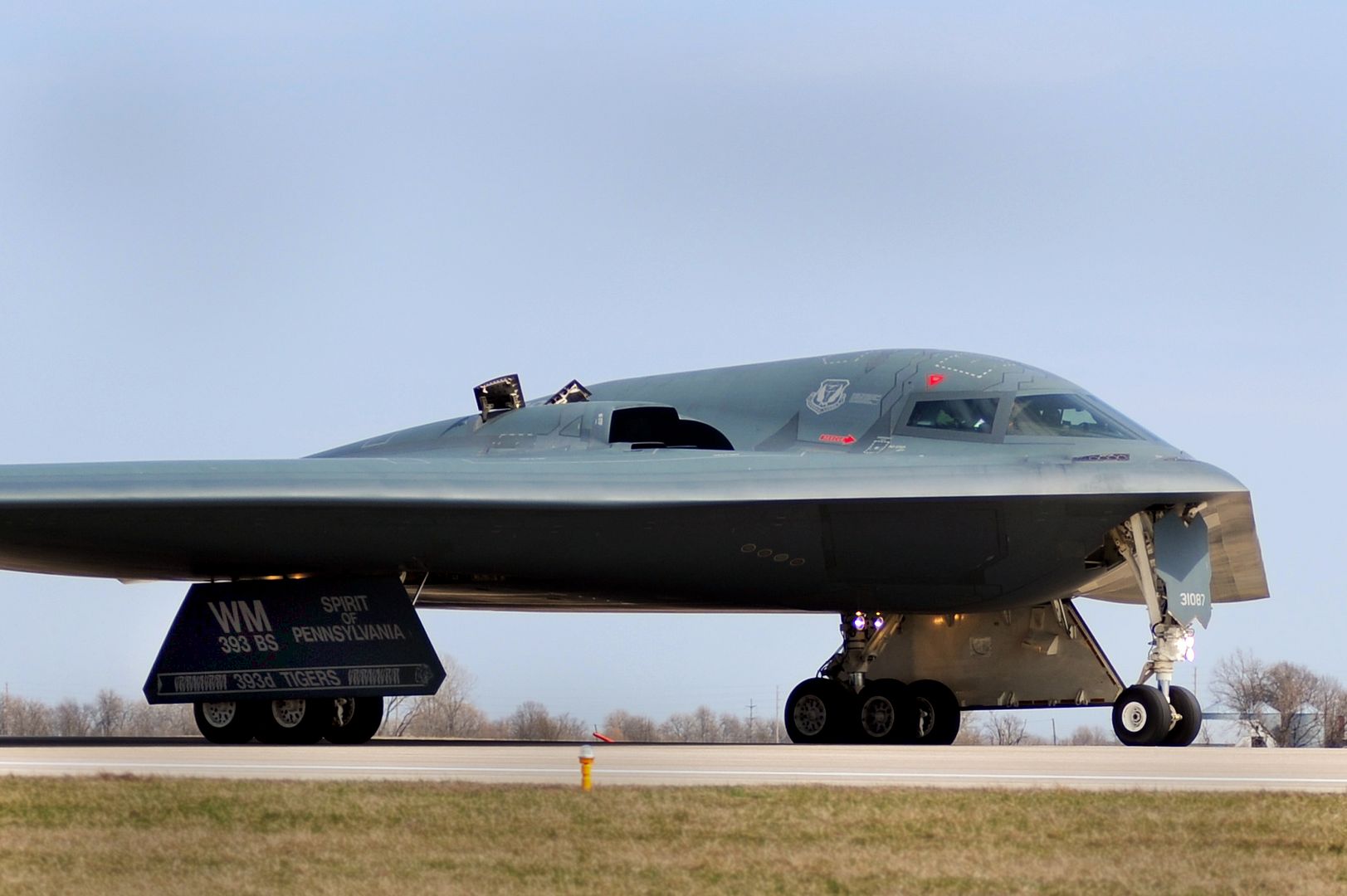
?The first thing that struck me as I walked up to the B-2 was the size,? said Pead. ?Once in the air, I was struck by how smooth she was to fly and overall how lucky I was to be given this opportunity.?
The B-2 pilot earned his combat mission-ready status by flying the aircraft 55 times throughout the last two years, totaling 300 hours.
Pead?s tour in America comes to a close this week, as a new venture awaits him back home.
The RAF has offered him a job as a trials director for the F-35B Lightning II at the Air Warfare Center in the United Kingdom.
?My tactical, operational and strategic ways of thinking have developed,? said Pead. ?I look forward to returning to the RAF to add a unique perspective to these areas as the RAF develops its F-35B community.?
Pead said he will miss the food, weather, and, most importantly, the people here. Team Whiteman became more than just allies: They became family.
Although he hopes to not have to put his skills to the test, he is more prepared than ever to fight with his brothers and sisters in arms, making any mission possible.
He has gained experience flying in a different aircraft, air space, and learned how to fly sorties with his mission partners. After all, how much more integrated can you get than sharing the sky and gaining a deeper understanding of what everyone brings to the fight?
?From our first day at Whiteman until the last, the people and community have welcomed my family and me graciously,? said Pead. ?We could not have asked to have met and spent the last two and a half years with a better set of people.?
Royal Air Force (RAF) Squadron Leader Wesley Pead, a 13th Bomb Squadron assistant director of operations, left, flew his last B-2 Spirit flight with U.S. Air Force Capt. Dustin Duke, a 13th Bomb Squadron flight commander, at Whiteman Air Force Base, Mo., May 20, 2017. Pead was the fifth foreign exchange officer to take part in the Exchange Officer Program between the U.S. Air Force and the RAF.
Two Royal Canadian Air Force CF-188 Hornet fighters from 433 Tactical Fighter Squadron fly over Iceland on May 31, 2017 during an Operation REASSURANCE surveillance mission. (Photo: Corporal Gary Calv?. Imagery Technician ATF-ICELAND)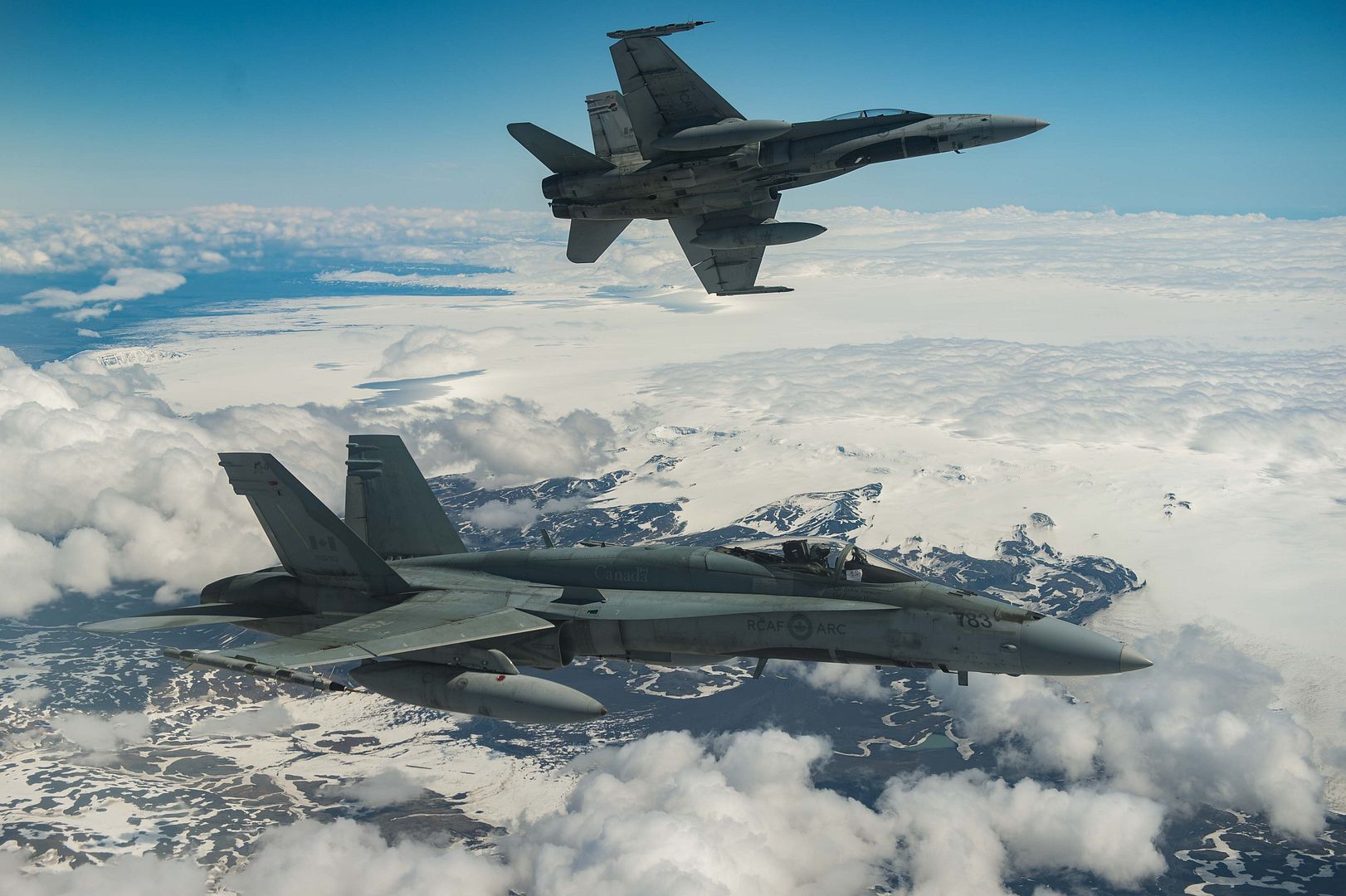
-
 Main AdminA B-52H Stratofortress from Barksdale Air Force Base, La., lands at Royal Air Force Fairford, United Kingdom, June 1, 2017. The B-52 returned from a mission in support of exercise Arctic Challenge, a two-week multinational training exercise that included live-flying events to train on offensive and defensive air combat operations. Training with allies and joint partners improves coordination between allies and enables the U.S. Air Force to build enduring relationships necessary to confront a broad range of global challenges. (U.S. Air Force photo/Senior Airman Curt Beach
Main AdminA B-52H Stratofortress from Barksdale Air Force Base, La., lands at Royal Air Force Fairford, United Kingdom, June 1, 2017. The B-52 returned from a mission in support of exercise Arctic Challenge, a two-week multinational training exercise that included live-flying events to train on offensive and defensive air combat operations. Training with allies and joint partners improves coordination between allies and enables the U.S. Air Force to build enduring relationships necessary to confront a broad range of global challenges. (U.S. Air Force photo/Senior Airman Curt Beach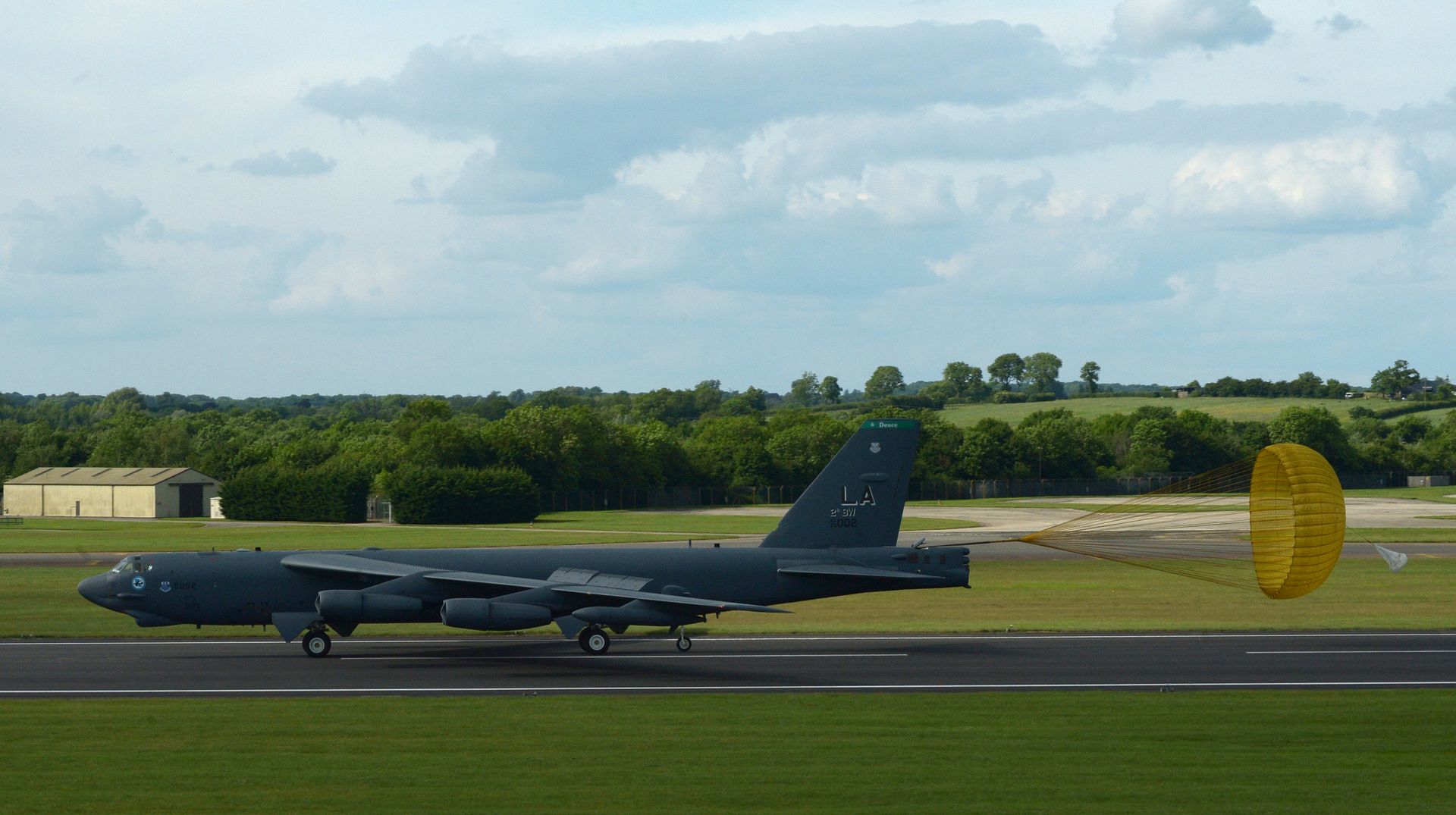
A B-52H Stratofortress from Barksdale Air Force Base, La., is parked on the tarmac at Royal Air Force Fairford, United Kingdom, June 1, 2017. Aircraft from more than 10 countries participated in Arctic Challenge, a multinational training exercise aimed at maintaining relationships and trust essential for ensuring regional security. They practiced evaluating aircraft, personnel and weapons capabilities, as well as mobilizing and training in multinational operations. (U.S. Air Force photo/Senior Airman Curt Beach)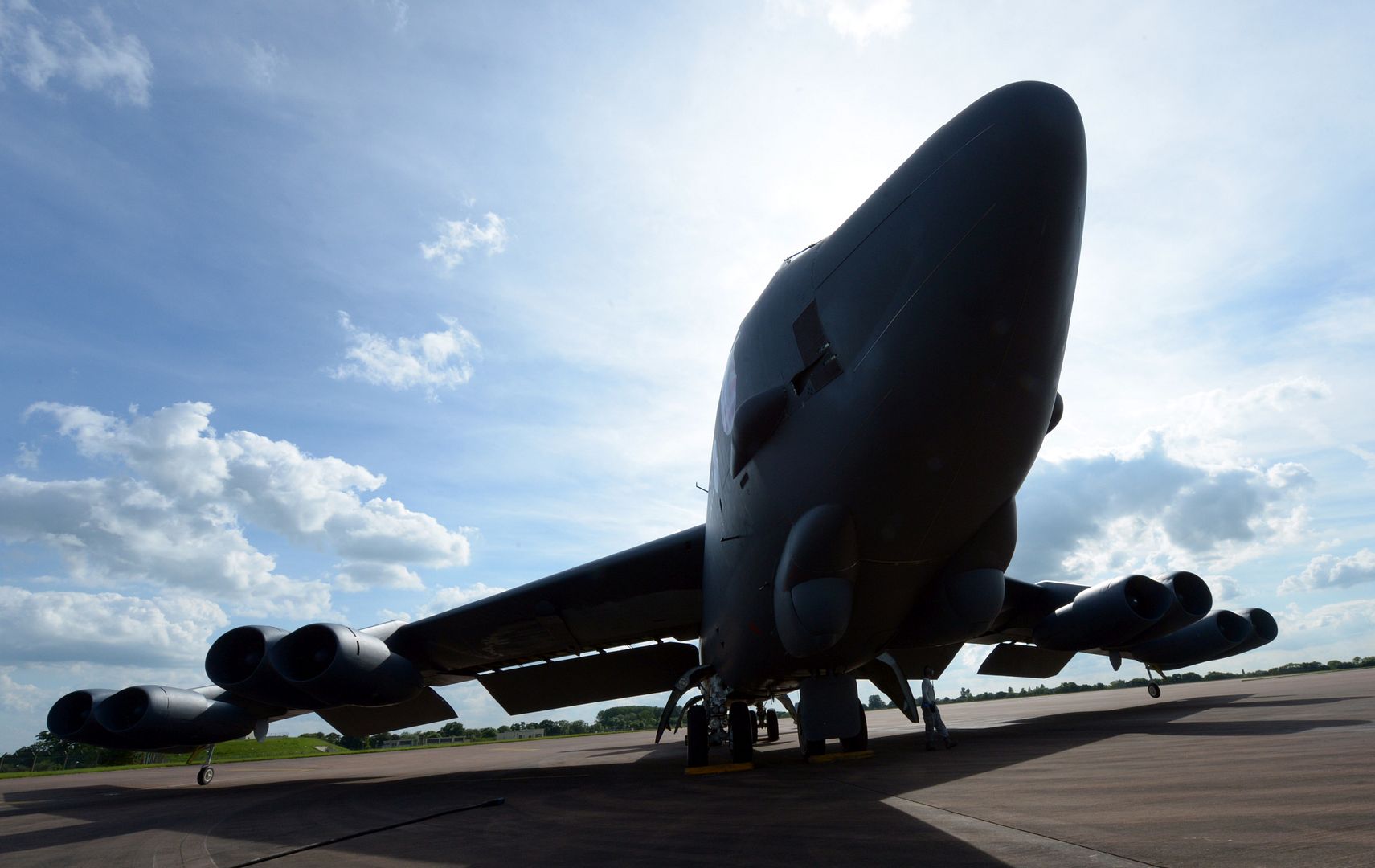
An F-22 Raptor from the 477th Fighter Group, U.S. Air Force Reserves, escorts the 176th Wing, Alaska Air National Guard?s newly acquired HC-130J ?Combat King II? aircraft on its return journey to Joint Base Elmendorf-Richardson, Alaska, June 3. Two Raptors were training for an intercept mission in the area, when they seized the opportunity to ?intercept? the HC-130J in conjunction with their training requirements, and then provided the Combat King II with an escort back to JBER. (U.S. Air National Guard photo by Staff Sgt. Edward Eagerton/released)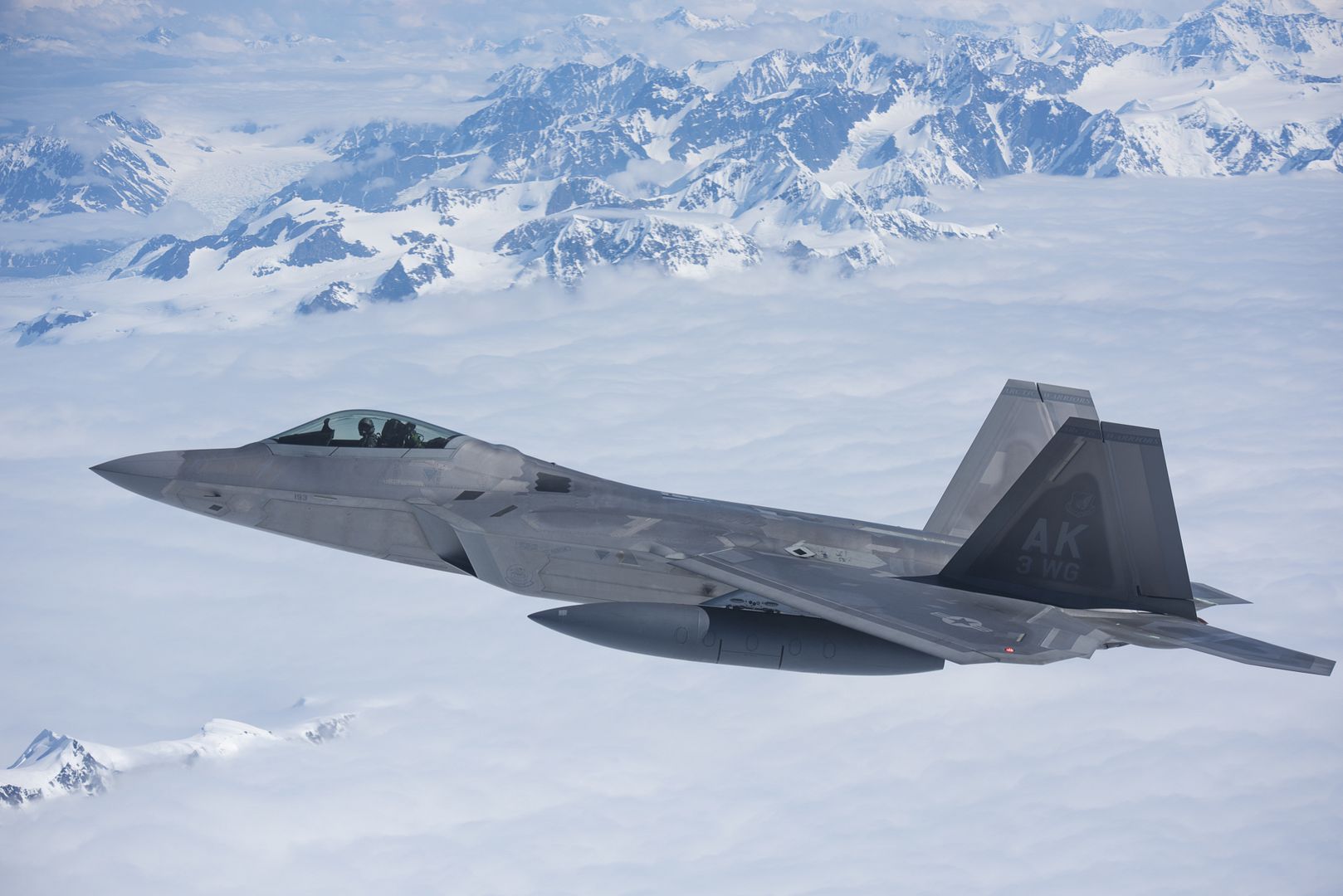
Two F-22 Raptors from the 477th Fighter Group, U.S. Air Force Reserves, escort the 176th Wing, Alaska Air National Guard?s newly acquired HC-130J ?Combat King II? aircraft on its return journey to Joint Base Elmendorf-Richardson, Alaska, June 3. The Raptors were training for an intercept mission in the area, when they seized the opportunity to ?intercept? the HC-130J in conjunction with their training requirements, and then provided the Combat King II with an escort back to JBER. (U.S. Air National Guard photo by Staff Sgt. Edward Eagerton/released)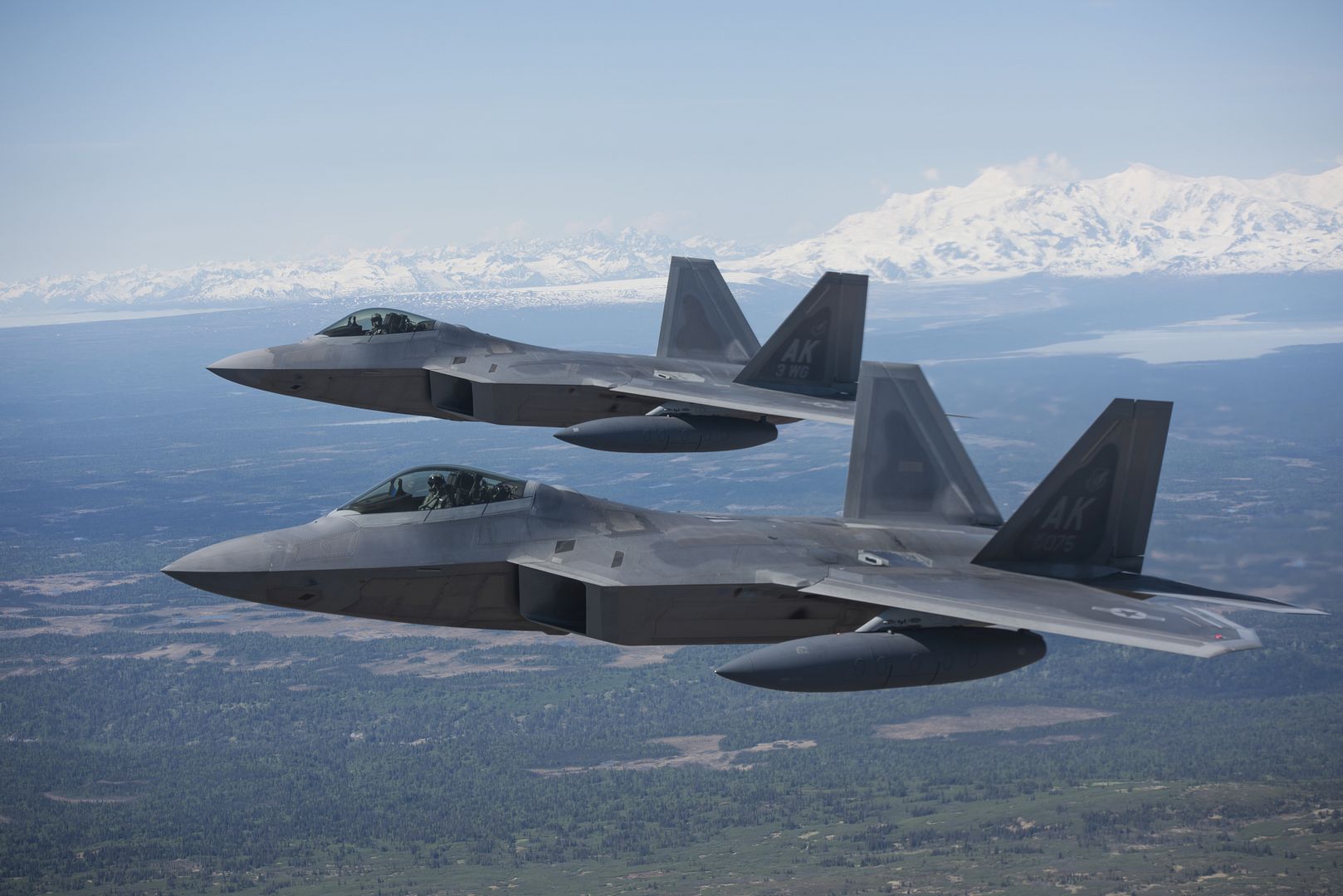
JOINT BASE ELMENDORF-RICHARDSON, Alaska ?The Alaska Air National Guard?s 176th Wing members, family and friends welcomed their first new HC-130J ?Combat King II? aircrafts here, Saturday, June 3. The HC-130J is the first of four new aircraft that will replace the HC-130N models previously flown by the 211th Rescue Squadron, the last of which was transferred to Patrick Air Force Base, Florida, in January. (U.S. Air National Guard photo by Tech. Sgt. N. Alicia Halla)
An F-16 Fighting Falcon assigned to the 36th Fighter Squadron, Osan Air Base, Republic of Korea approaches Yokota Air Base, Japan, June 1, 2017. Fifteen F-16s landed at Yokota en route to Alaska to participate in exercise Red Flag. (U.S. Air Force photo by Yasuo Osakabe/Released)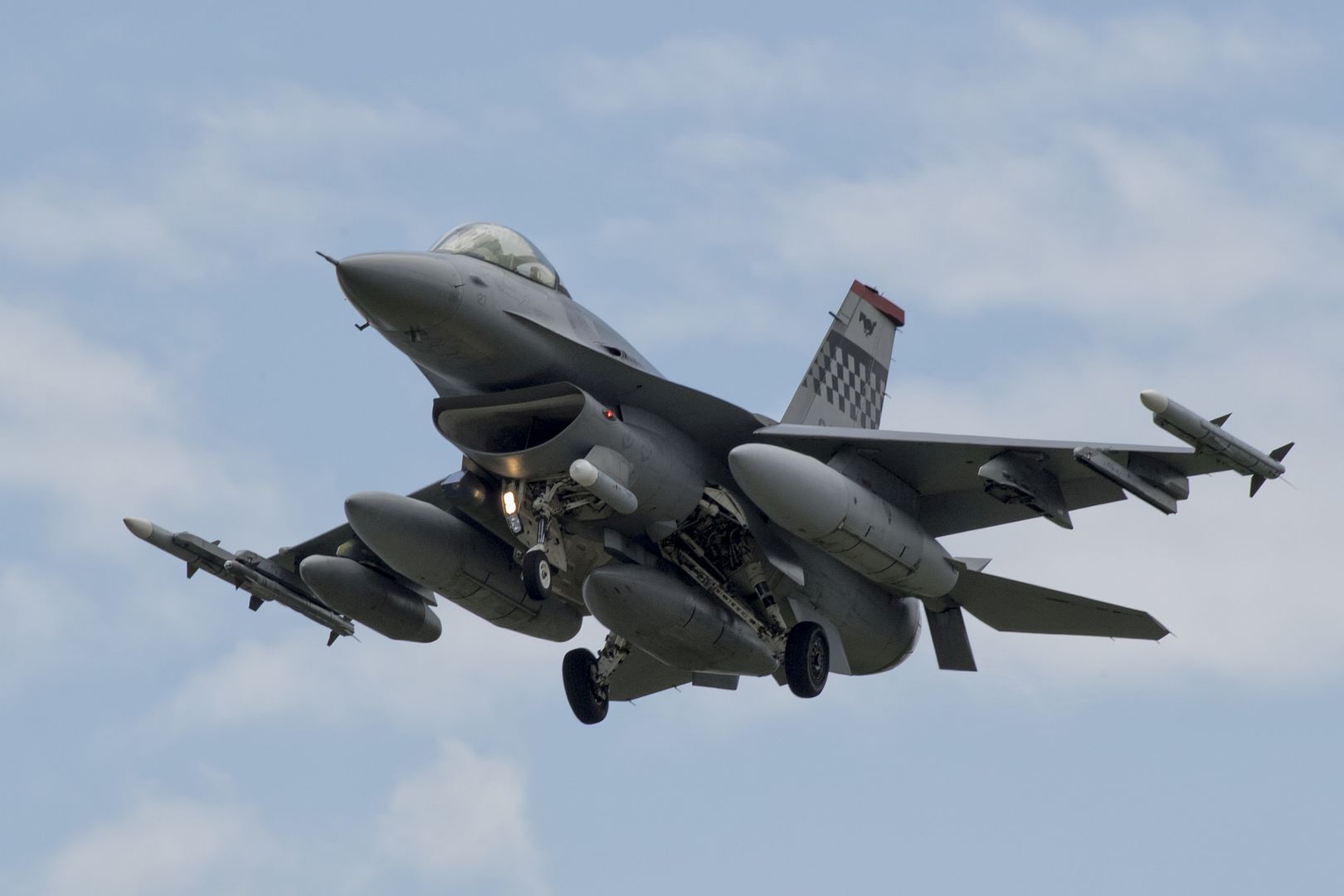
An F-16 Fighting Falcon assigned to the 36th Fighter Squadron, Osan Air Base, Republic of Korea touches down at Yokota Air Base, Japan, June 1, 2017. Fifteen F-16s landed at Yokota en route to Alaska to participate in exercise Red Flag. (U.S. Air Force photo by Yasuo Osakabe/Released)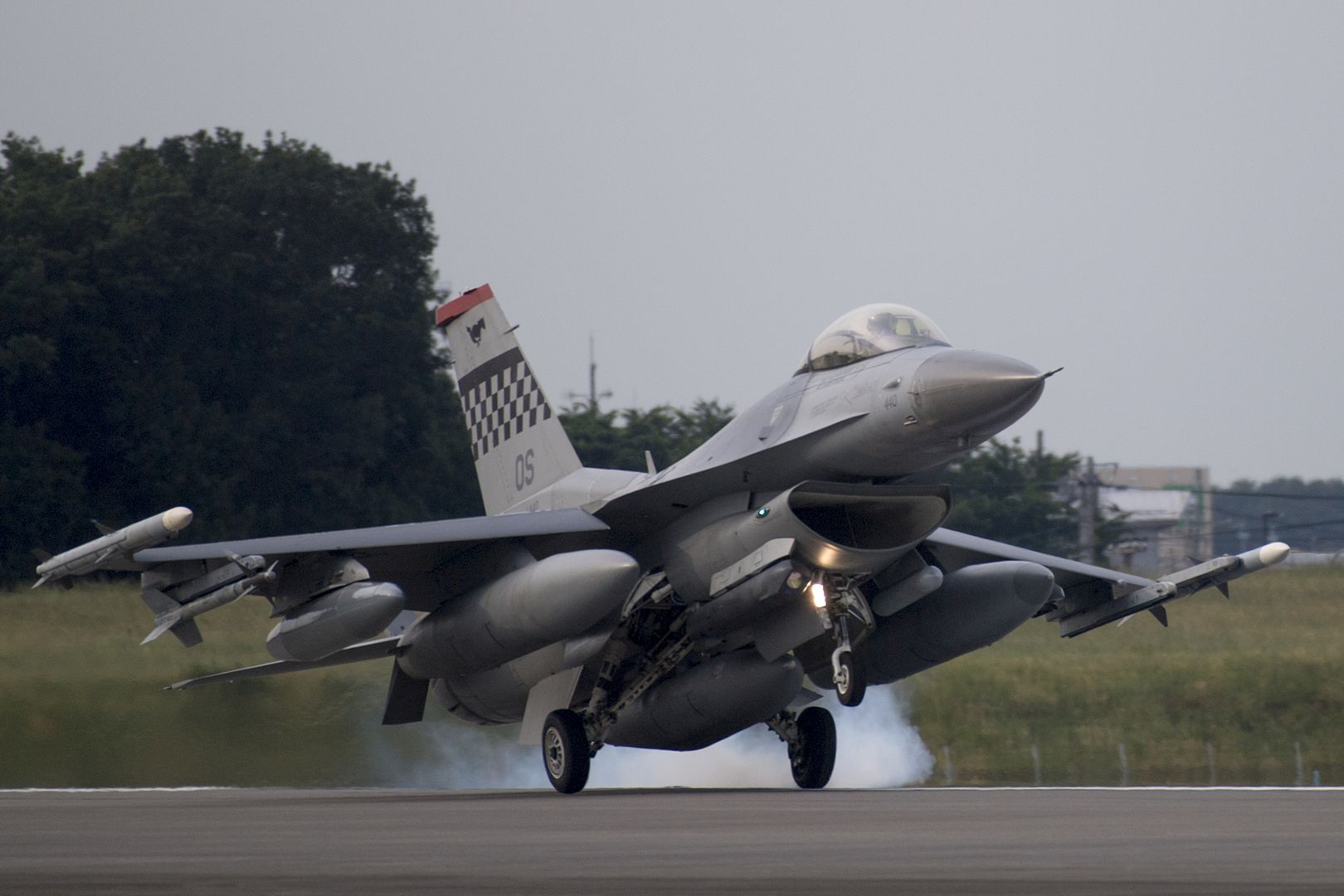
A F-16 Flighting Falcon assigned to the 36th Flighting Squadron, Osan Air Base, Republic of Korea takes off at Yokota Air Base, Japan, June 4, 2017. Fifteen F-16s transited to Yokota en route to Alaska. (U.S. Air Force photo by Yasuo Osakabe)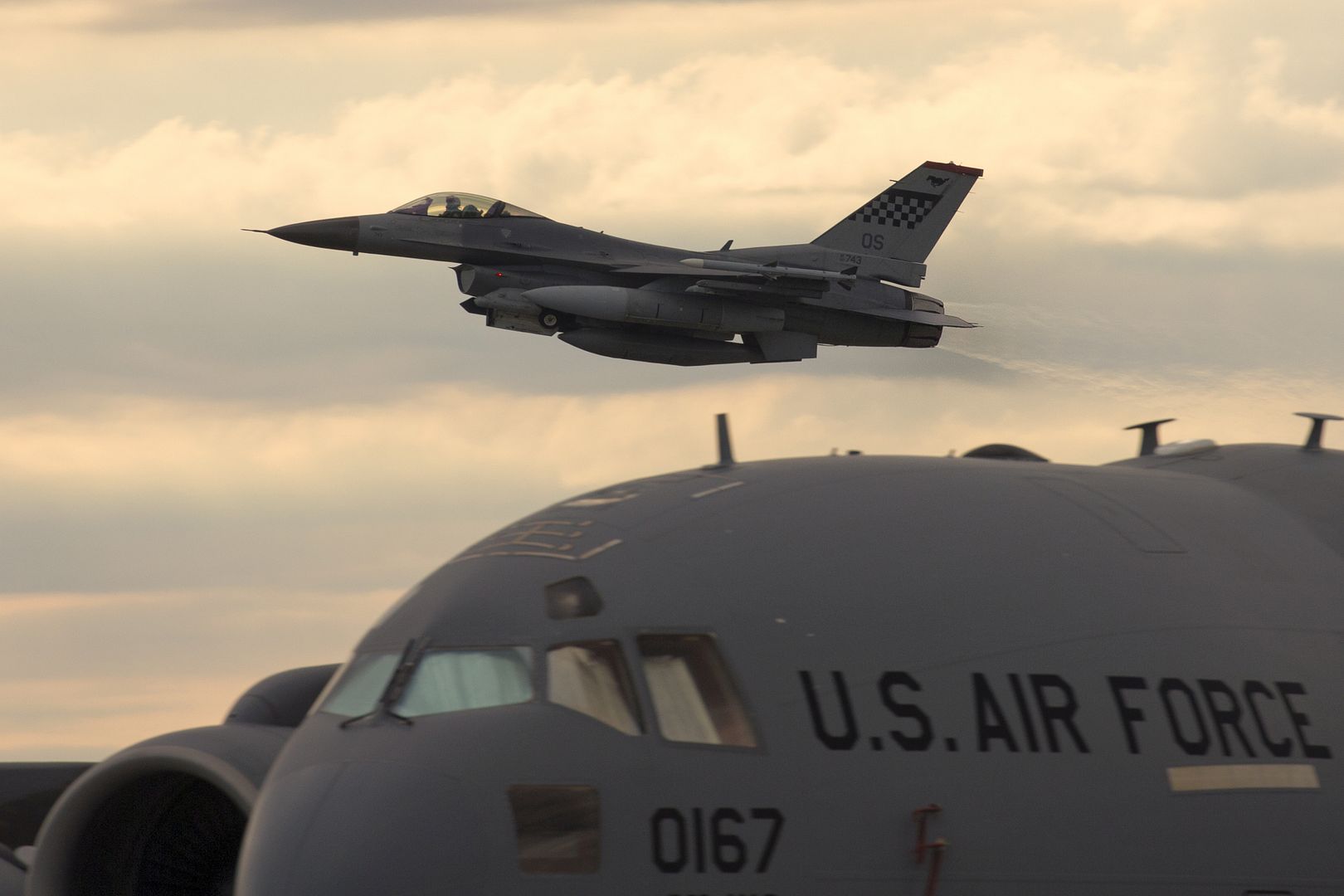
A U.S. Air Force F-15E Strike Eagle departs after receiving fuel from a 908th Expeditionary Air Refueling Squadron KC-10 Extender during a flight in support of Operation Inherent Resolve June 2, 2017. The F-15E Strike Eagle is a dual-role fighter designed to perform air-to-air and air-to-ground missions. An array of avionics and electronics systems gives the F-15E the capability to fight at low altitude, day or night, and in all weather. (U.S. Air Force photo by Staff Sgt. Michael Battles)
French Naval Rafale's prepares to receive fuel from a 908th Expeditionary Air Refueling Squadron KC-10 Extender during a flight in support of Operation Inherent Resolve June 2, 2017. Rafale is a French twin-engine, canard delta wing, multirole fighter aircraft with a wide range of weapons. The Rafale is intended to perform air supremacy, interdiction, aerial reconnaissance, ground support, in-depth strike and anti-ship strike missions. (U.S. Air Force photo's by Staff Sgt. Michael Battles)
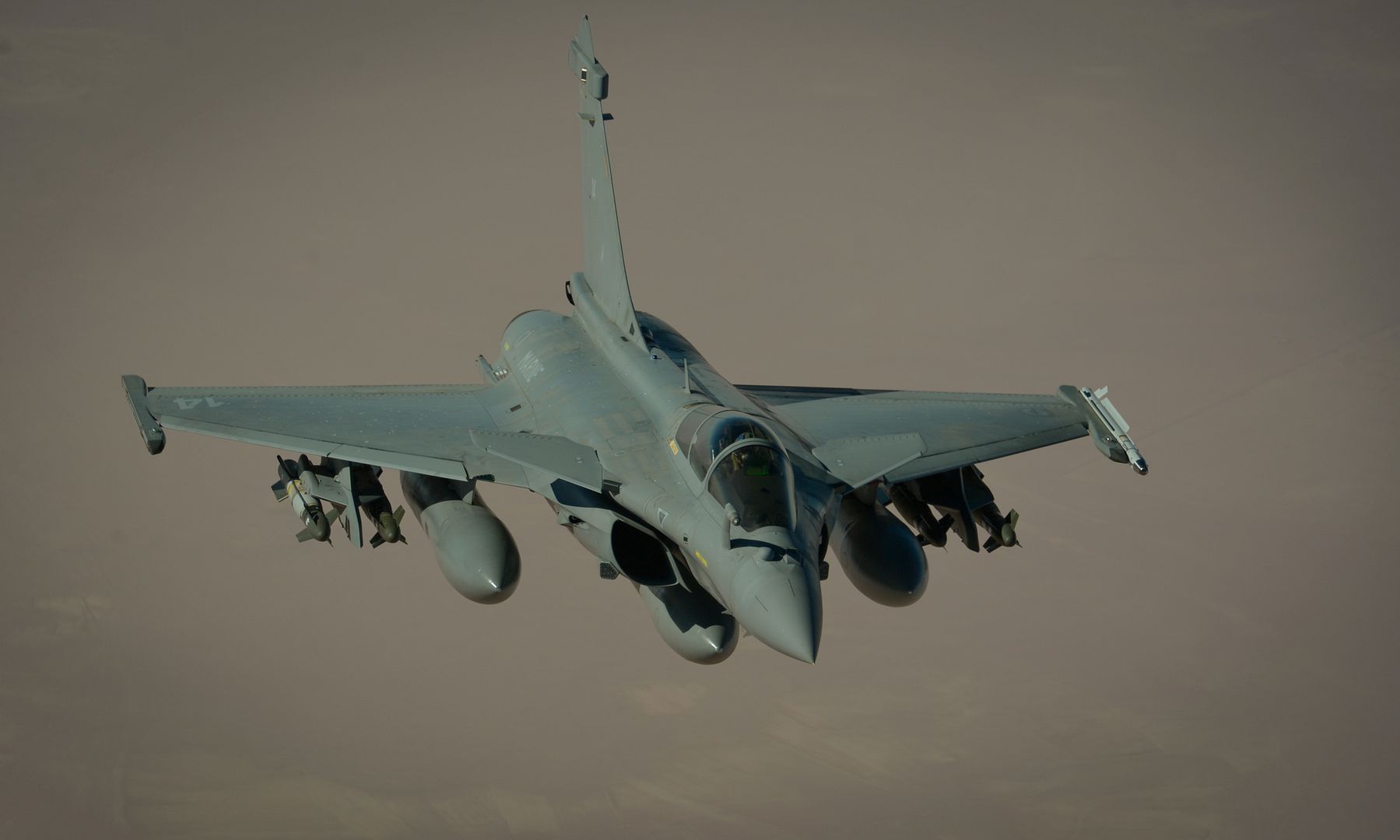
French Naval Rafale's departs after receiving fuel from a 908th Expeditionary Air Refueling Squadron KC-10 Extender during a flight in support of Operation Inherent Resolve June 2, 2017. Rafale is a French twin-engine, canard delta wing, multirole fighter aircraft with a wide range of weapons. The Rafale is intended to perform air supremacy, interdiction, aerial reconnaissance, ground support, in-depth strike and anti-ship strike missions. (U.S. Air Force photo's by Staff Sgt. Michael Battles)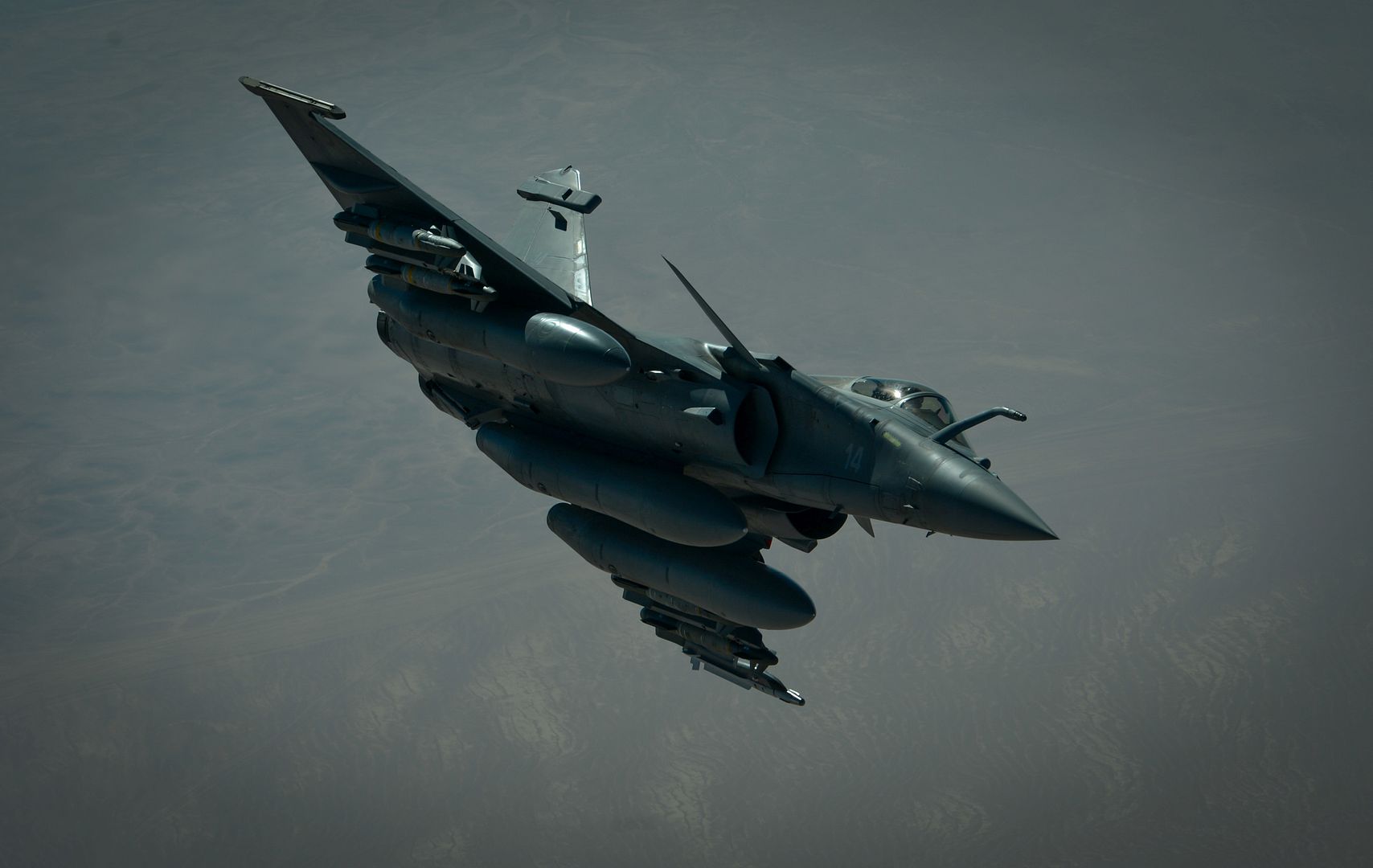
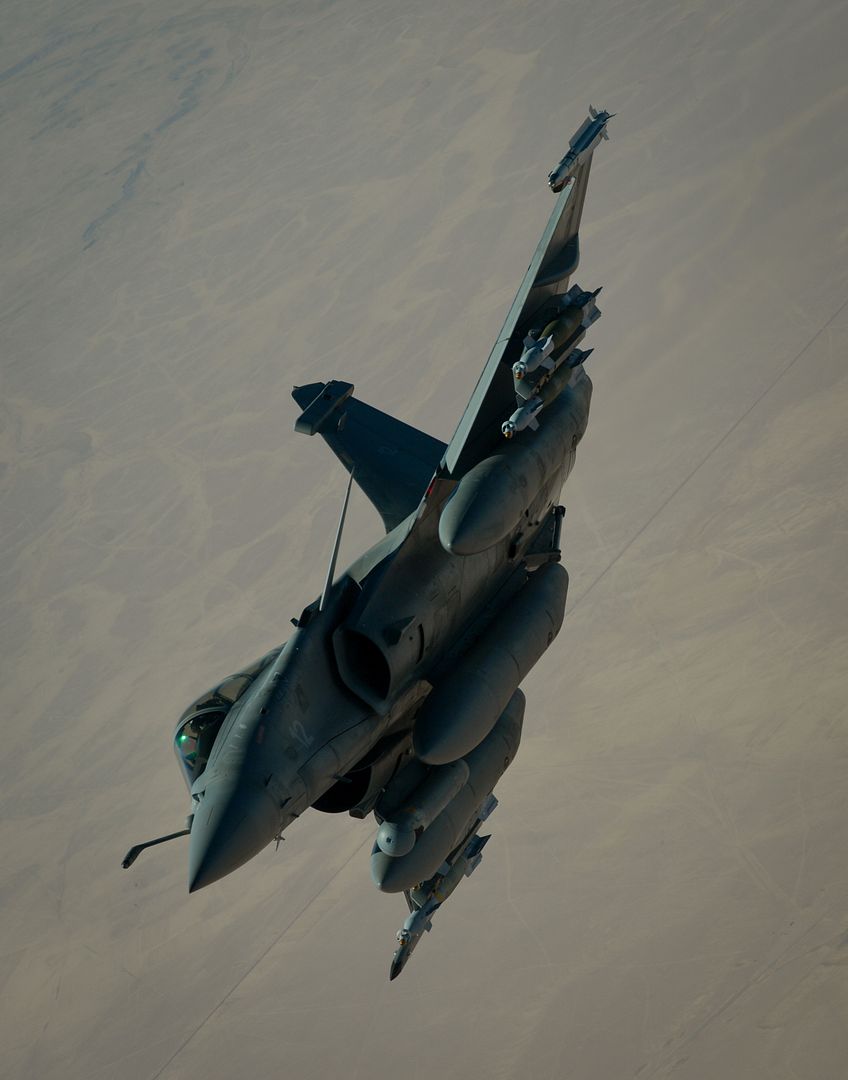
-
 Main AdminCapt. Nicholas McClendon, 351st Air Refueling Squadron pilot, conducts a pre-flight check on a KC-135R Stratotanker prior to takeoff during BALTOPS exercise at Powidz Air Base, Poland, June 5, 2017. BALTOPS is an annually recurring multinational exercise designed to enhance flexibility and interoperability, as well as demonstrate resolve of allied and partner forces to defend the Baltic region. Participating nations include Belgium, Denmark, Estonia, Finland, France, Germany, Latvia, Lithuania, the Netherlands, Norway, Poland, Sweden, the United Kingdom, and the United States. (U.S. Air Force photo by Staff Sgt. Jonathan Snyder)
Main AdminCapt. Nicholas McClendon, 351st Air Refueling Squadron pilot, conducts a pre-flight check on a KC-135R Stratotanker prior to takeoff during BALTOPS exercise at Powidz Air Base, Poland, June 5, 2017. BALTOPS is an annually recurring multinational exercise designed to enhance flexibility and interoperability, as well as demonstrate resolve of allied and partner forces to defend the Baltic region. Participating nations include Belgium, Denmark, Estonia, Finland, France, Germany, Latvia, Lithuania, the Netherlands, Norway, Poland, Sweden, the United Kingdom, and the United States. (U.S. Air Force photo by Staff Sgt. Jonathan Snyder)
A KC-135R Stratotanker prepares to takeoff during BALTOPS exercise at Powidz Air Base, Poland, June 5, 2017. BALTOPS is an annually recurring multinational exercise designed to enhance flexibility and interoperability, as well as demonstrate resolve of allied and partner forces to defend the Baltic region. Participating nations include Belgium, Denmark, Estonia, Finland, France, Germany, Latvia, Lithuania, the Netherlands, Norway, Poland, Sweden, the United Kingdom, and the United States. (U.S. Air Force photo by Staff Sgt. Jonathan Snyder)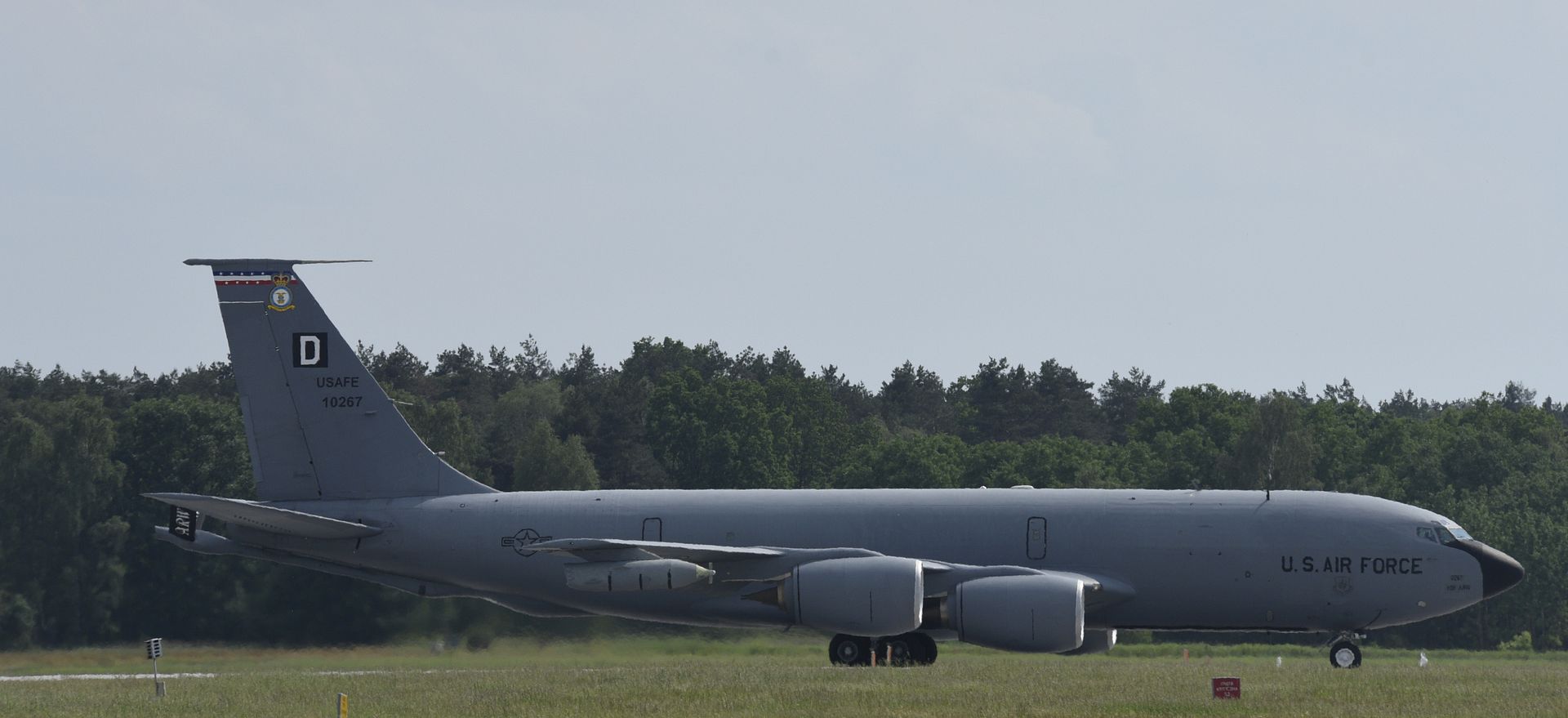
-
 Main AdminMEDITERRANEAN SEA (June 6, 2017) An EA-18G Growler attached to the ?Lancers? of Electronic Attack Squadron (VAQ) 131 launches from the flight deck of the Nimitz-class aircraft carrier USS George H.W. Bush (CVN 77) to conduct flight operations in support of Operation Inherent Resolve June 6, 2017. George H.W. Bush is conducting naval operations in the U.S. 6th Fleet area of operations in support of U.S. national security interests. (U.S. Navy photo by Mass Communication Specialist 2nd Class Christopher Gaines/Released)
Main AdminMEDITERRANEAN SEA (June 6, 2017) An EA-18G Growler attached to the ?Lancers? of Electronic Attack Squadron (VAQ) 131 launches from the flight deck of the Nimitz-class aircraft carrier USS George H.W. Bush (CVN 77) to conduct flight operations in support of Operation Inherent Resolve June 6, 2017. George H.W. Bush is conducting naval operations in the U.S. 6th Fleet area of operations in support of U.S. national security interests. (U.S. Navy photo by Mass Communication Specialist 2nd Class Christopher Gaines/Released)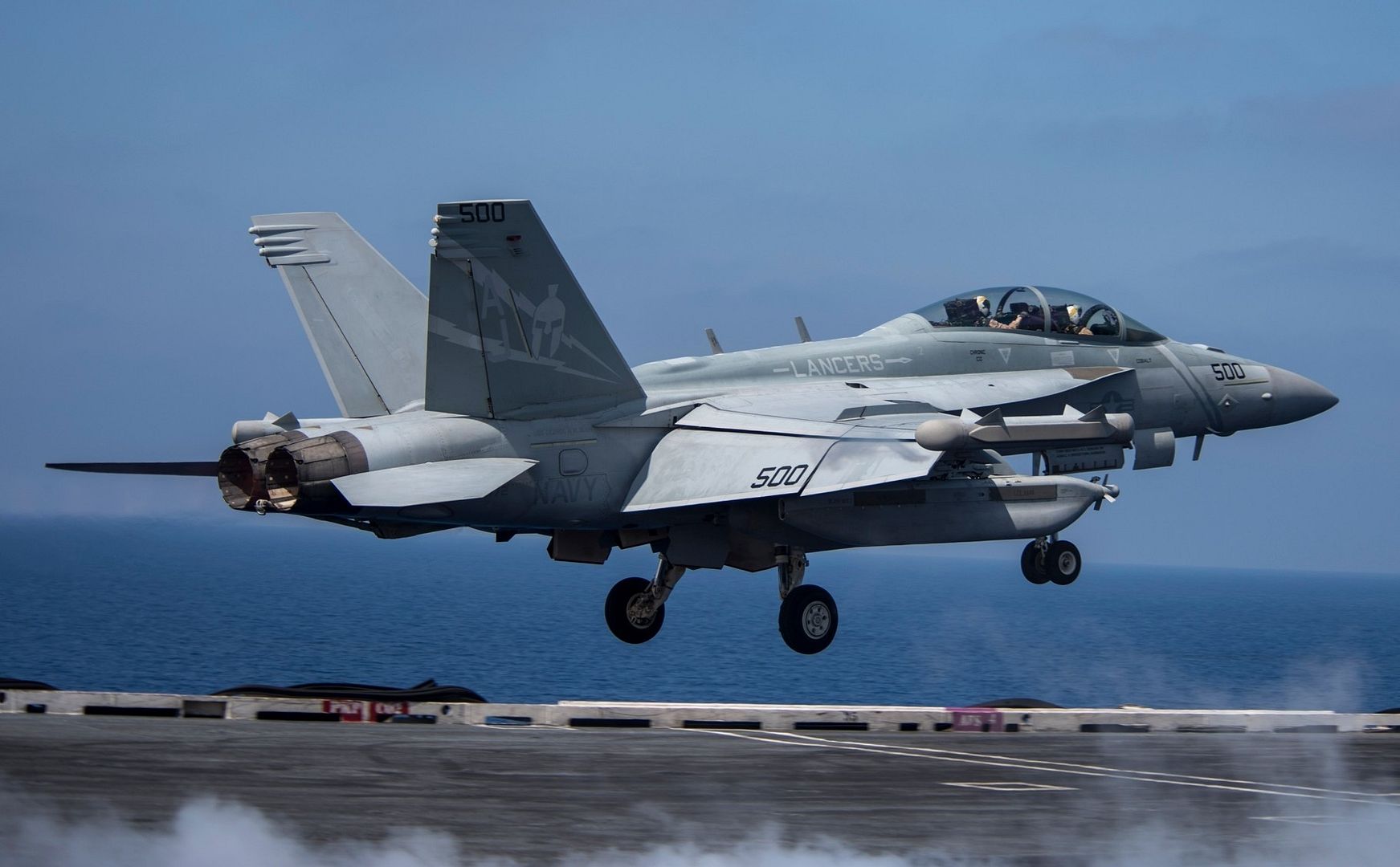
MEDITERRANEAN SEA (June 6, 2017) An F/A-18F Super Hornet attached to the "Blacklions" of Strike Fighter Squadron (VFA) 213 launches from the flight deck of the Nimitz-class aircraft carrier USS George H.W. Bush (CVN 77) to conduct flight operations in support of Operation Inherent Resolve June 6, 2017. George H.W. Bush is conducting naval operations in the U.S. 6th Fleet area of operations in support of U.S. national security interests. (U.S. Navy photo by Mass Communication Specialist 2nd Class Christopher Gaines/Released)
A B-52H Stratofortress from Barksdale Air Force Base, La., lifts off the runway at Royal Air Force Fairford, U.K., June 6, 2017. Crew members aboard B-52s will participate in BALTOPS, an annual, multinational, maritime-focused exercise involving NATO allies and partner nations. BALTOPS provides bomber crews with opportunities to integrate capabilities with regional partners and is part of the United States? commitment to supporting global security. (U.S. Air Force photo by Airman 1st Class Randahl J. Jenson)
The Czech Army have a new toy.
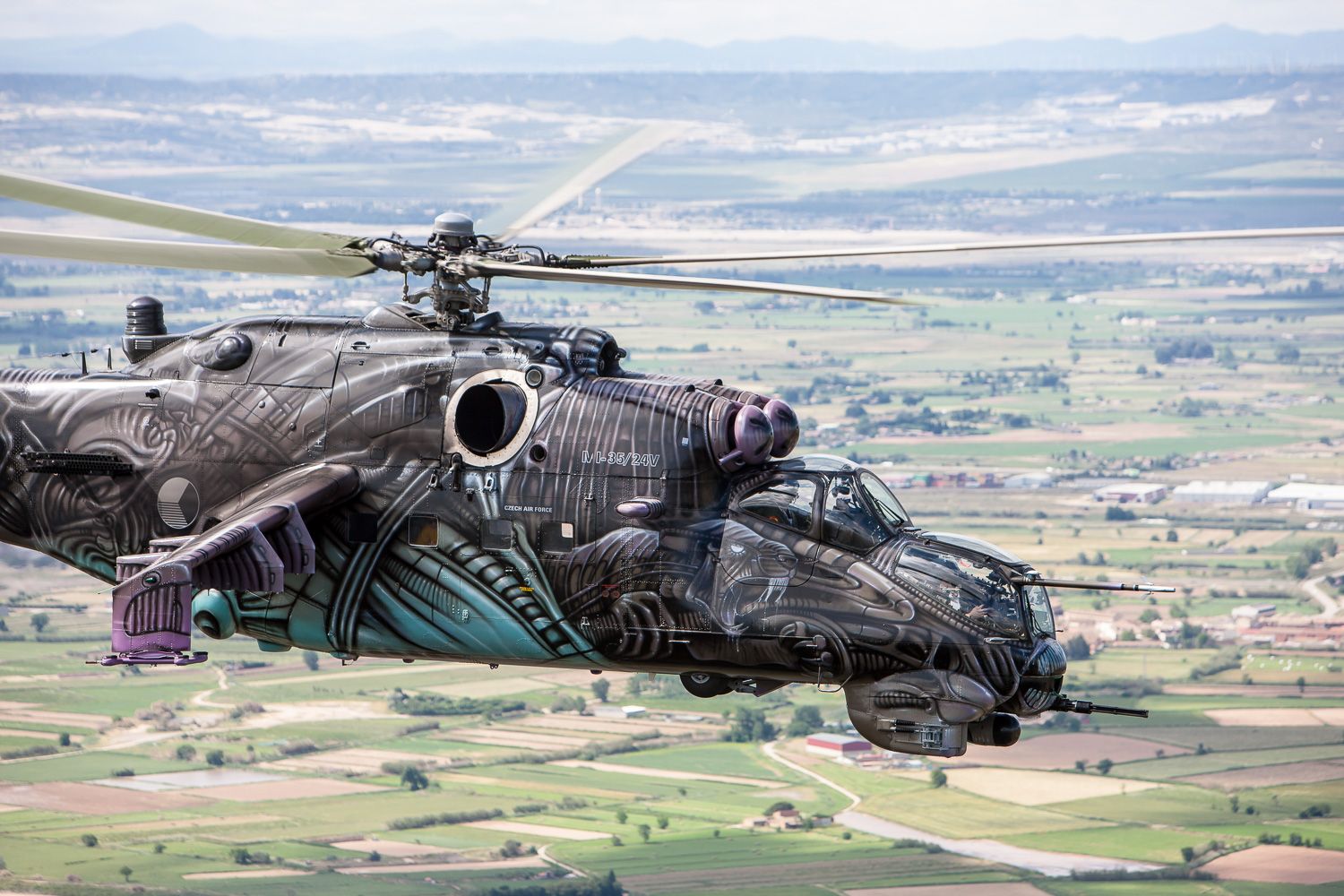
-
 Main AdminAn Oregon Air National Guard F-15 Eagle assigned to the 142nd Fighter Wing prepares to fly a night sortie as part of the Weapons Instructor Course at Nellis Air Force Base, Nev., June 5, 2017. Over 120 Oregon Air Guardsmen are supporting the Weapons Instructor Course during their three-week duty assignment. (U.S. Air National Guard photo by Master Sgt. John Hughel, 142nd Fighter Wing Public Affairs)
Main AdminAn Oregon Air National Guard F-15 Eagle assigned to the 142nd Fighter Wing prepares to fly a night sortie as part of the Weapons Instructor Course at Nellis Air Force Base, Nev., June 5, 2017. Over 120 Oregon Air Guardsmen are supporting the Weapons Instructor Course during their three-week duty assignment. (U.S. Air National Guard photo by Master Sgt. John Hughel, 142nd Fighter Wing Public Affairs)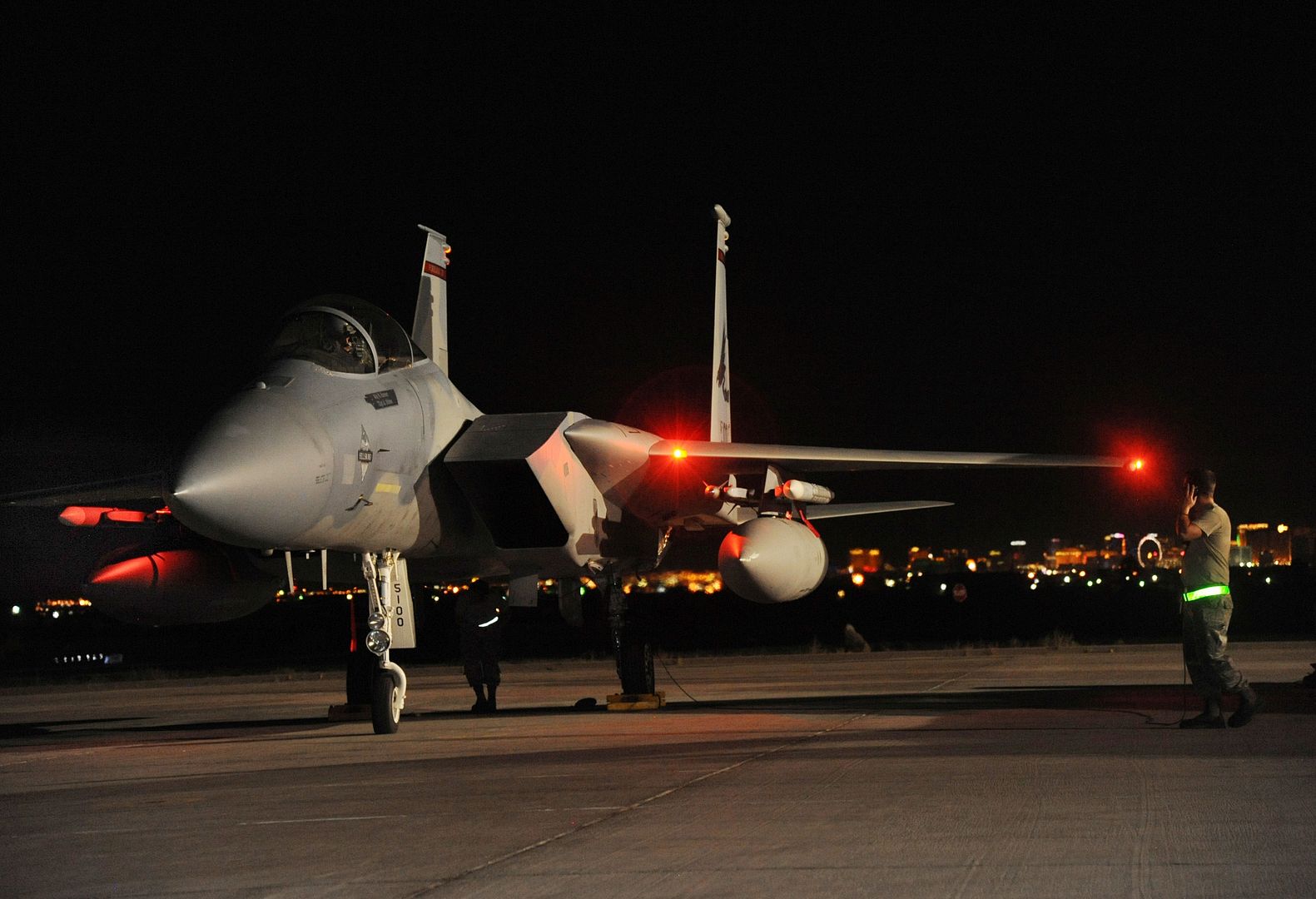
Oregon Air National Guard Staff Sgt. David Schenk, assigned to the 142nd Fighter Wing Maintenance Group waits to marshal an F-15 Eagle onto the flightline at Nellis Air Force Base, Nev., June 6, 2017. Over 120 Oregon Air Guardsmen are supporting the Weapons Instructor Course during their three-week duty assignment. (U.S. Air National Guard photo by Master Sgt. John Hughel, 142nd Fighter Wing Public Affairs)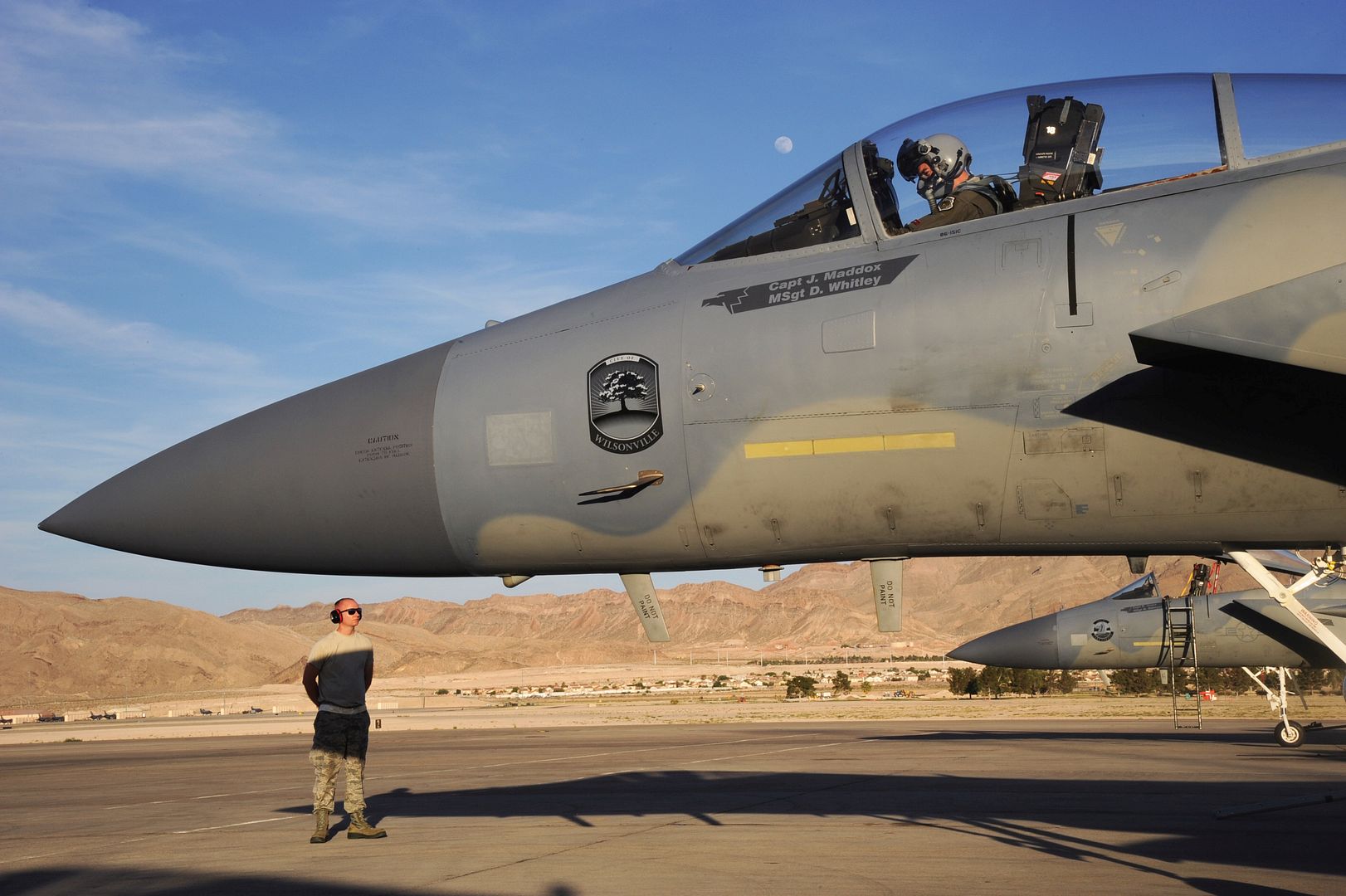
A U.S. Air Force F-15 Eagle assigned to the 67th Fighter Squadron waits for takeoff clearance during a training sortie June 7, 2017, at Kadena Air Base, Japan. Kadena?s aircraft remain mission ready to defend and support U.S. and coalition partners? interests throughout the Indo-Asia Pacific region. (U.S. Air Force photo by Senior Airman Quay Drawdy)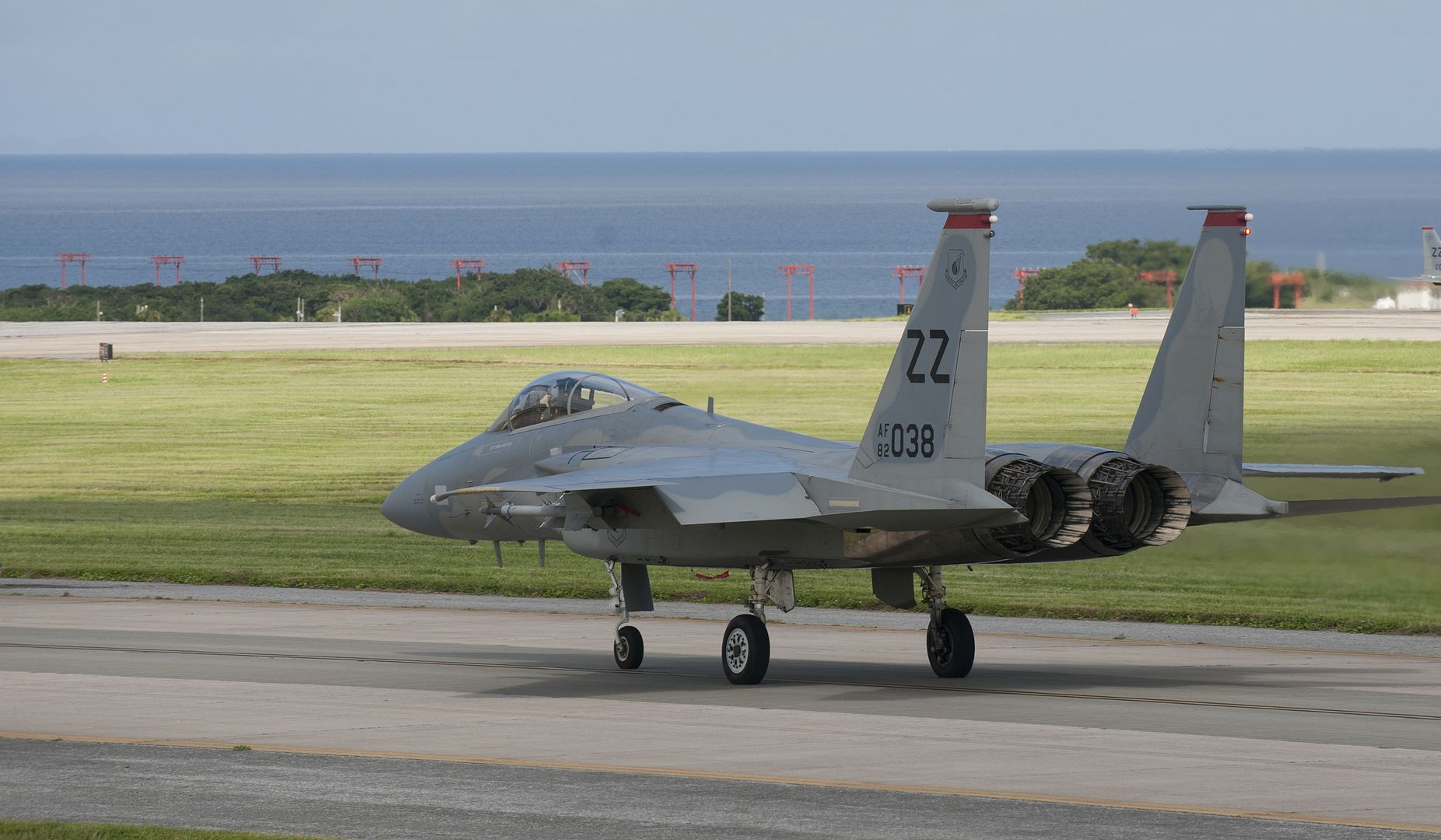
A U.S. Air Force F-16 Fighting Falcon assigned to the 120th Fighter Squadron at Buckley Air Force Base, Colo., taxis down the flightline while two F-15 Eagles assigned to the 67th FS prepare to takeoff for a training sortie June 7, 2017, at Kadena Air Base, Japan. Kadena is home to the largest combat wing in the Air Force. (U.S. Air Force photo by Senior Airman Quay Drawdy)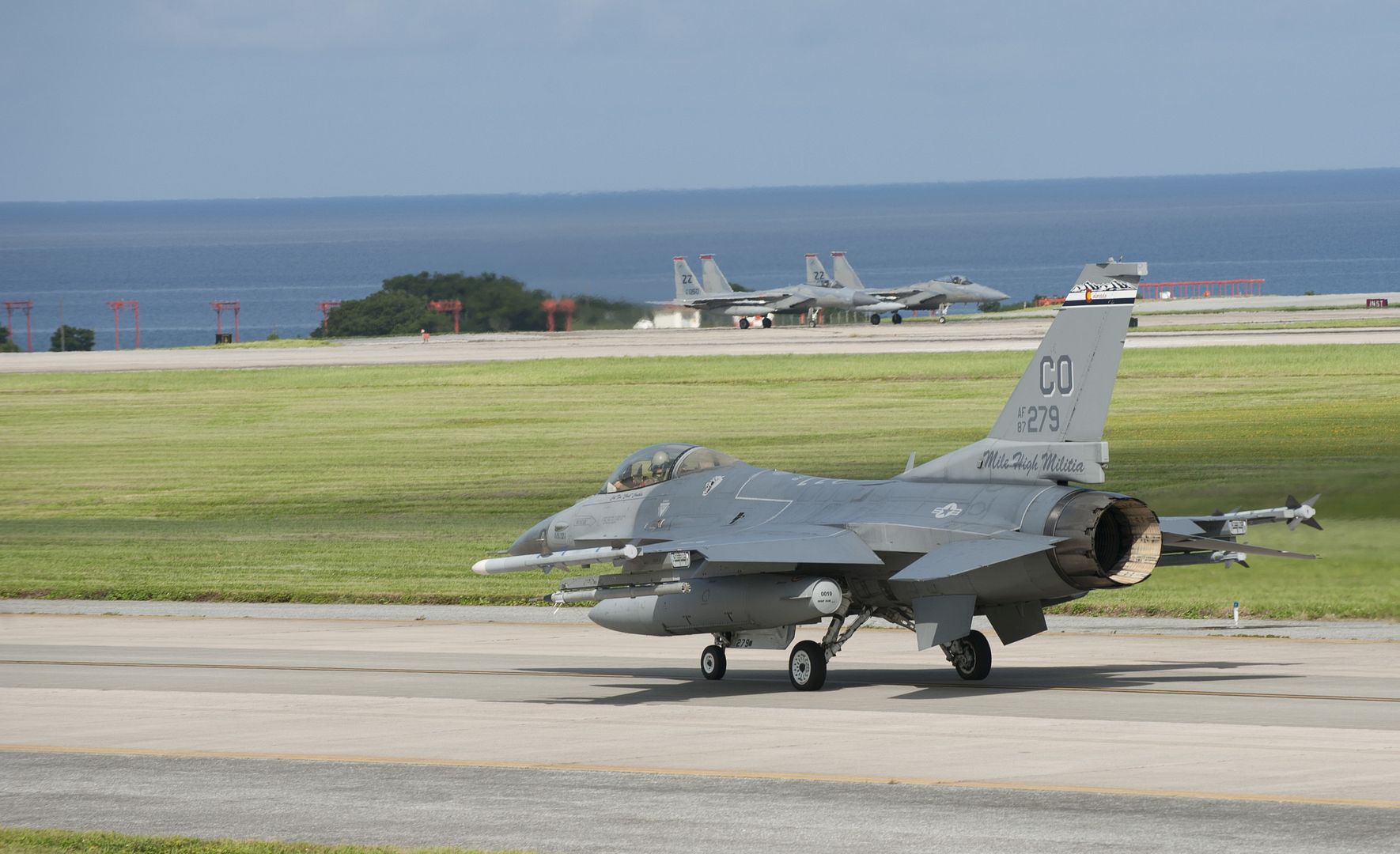
An F-16 Fighting falcon assigned to the 36th Fighter Squadron, Osan Air Base, engages a barrier during an annual certification test of the Aircraft Arresting System at Yokota Air Base, Japan, June 1, 2017. Airmen from the 374 CES and 374th Operations Support Squadron are responsible for setting up the system and logging any deficiencies during the test. (U.S. Air Force photo by Yasuo Osakabe)
Two U.S. Air Force B-1B Lancers assigned to the 9th Expeditionary Bomb Squadron, deployed from Dyess Air Force Base, Texas, fly a 10-hour mission from Andersen Air Force Base, Guam, through the South China Sea, operating with the U.S. Navy's Arleigh Burke-class guided-missile destroyer USS Sterett (DDG 104), June 8, 2017. The joint training, organized under Pacific Command's continuous bomber presence program (CBP), allows the Air Force and Navy to increase interoperability by refining joint tactics, techniques and procedures while simultaneously strengthening their ability to seamlessly integrate their operations. (U.S. Air Force photo's/Tech. Sgt. Richard P. Ebensberger)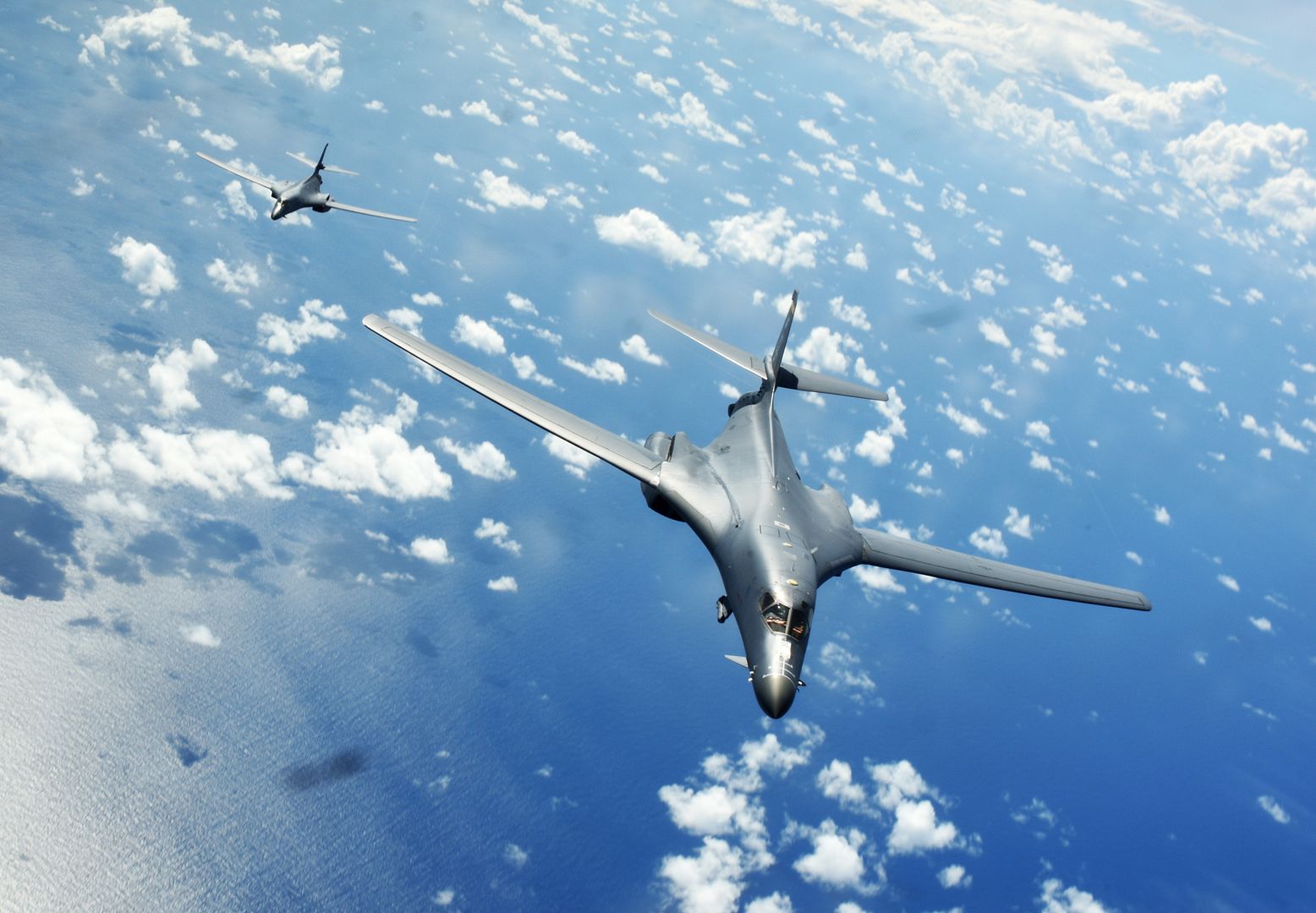

BALTIMORE ? June 7, 2017 ? The U.S. Air Force selected Northrop Grumman Corporation?s (NYSE: NOC) APG-83 Scalable Agile Beam Radar (SABR) as the active electronically scanned array (AESA) for its F-16 radar upgrade.
Northrop Grumman will upgrade 72 U.S. Air National Guard F-16s to meet a U.S. Northern Command Joint Emergent Operational Need for homeland defense.
?AESA radar upgrades are critically important to give the F-16 community, the tactical advantage it deserves, and we are honored to provide this differentiating technology for the safety and mission effectiveness of our warfighters,? said Bob Gough, vice president, combat avionics systems, Northrop Grumman. ?The APG-83 SABR system is in full rate production and available now for U.S. and international F-16 upgrades.?
The radar upgrade extends the operational viability and reliability of the F-16 and provides pilots with 5th generation fighter radar capabilities to counter and defeat increasingly sophisticated threats.
The greater bandwidth, speed, and agility of Northrop Grumman?s APG-83 SABR enables the F-16 to detect, track and identify greater numbers of targets faster and at longer ranges. In addition, the radar can operate in hostile electronic environments and features all-weather, high-resolution synthetic aperture radar mapping, which presents the pilot with a large surface image enabling precision target identification and strike.
The APG-83 SABR has also been selected by a growing number of international customers and is the base radar for Lockheed Martin?s F-16 Block 70. Northrop Grumman began delivering production APG-83 radars for its first international customer on schedule at the end of 2016.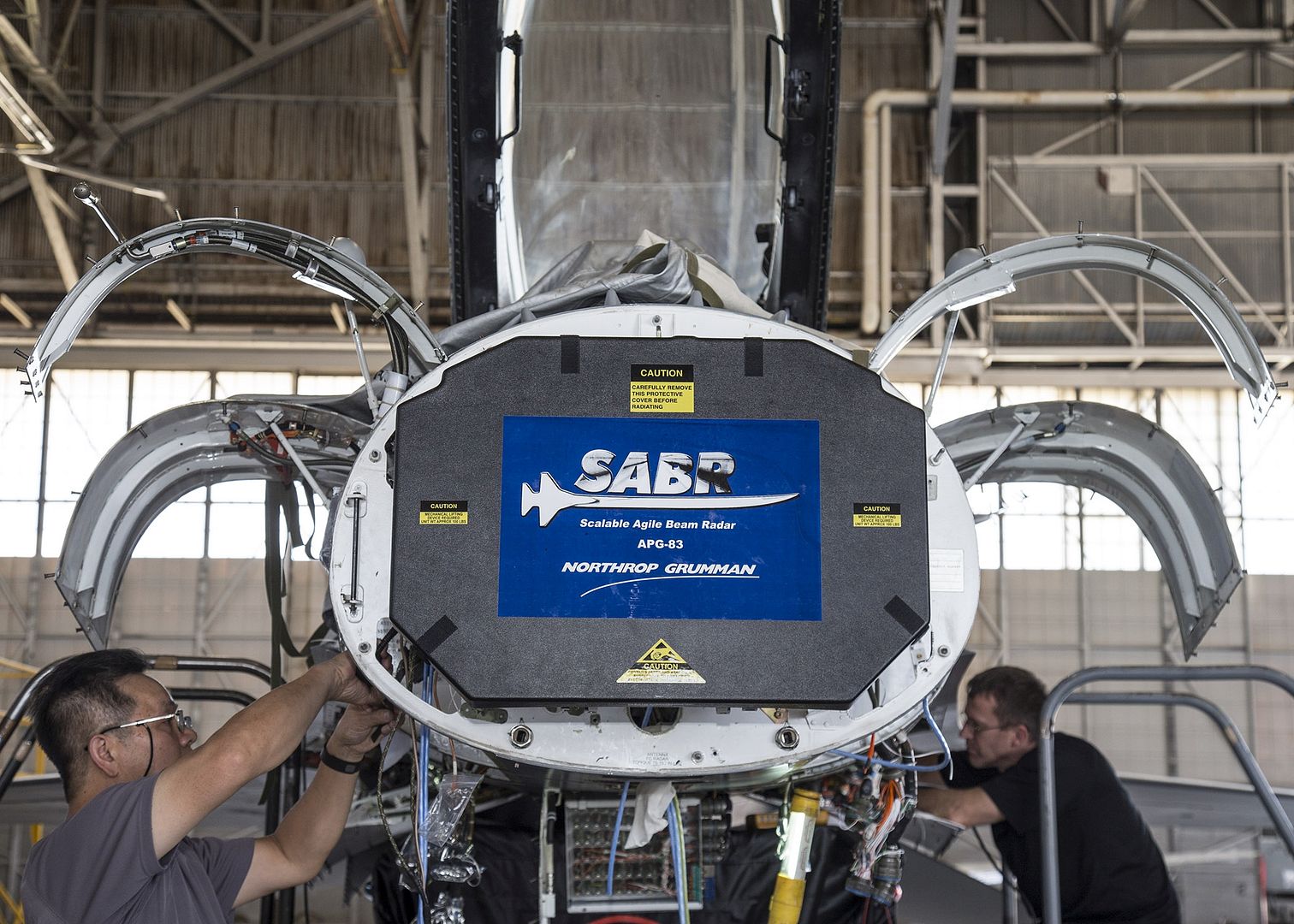
7 June 2017 Press Release
Cebu Pacific of the Philippines has placed an order with Airbus for seven A321ceo to meet ongoing strong growth on its domestic and regional network. The latest contract comes on top of an existing order for 32 A321neo. The aircraft will start joining the carrier?s fleet next year.
?We are very excited about adding the A321 to our fleet,? said Lance Gokongwei, Cebu Pacific President and CEO. ?The aircraft will enable us to increase capacity on popular routes, while at the same time benefiting from the lowest operating costs in this size category. This will mean more low fares for more customers flying across our domestic and regional network.?
"We are pleased to sign this additional order with one of the most successful airlines in the Asian region,? said John Leahy, Airbus Chief Operating Officer, Customers. ?With the A321 Cebu Pacific will be able to respond to growing demand with the highest levels of efficiency. Carrying more passengers further, and at lower cost, the A321 is the perfect solution to meet the requirements of airlines worldwide in the middle of the market segment.?
Manila-based Cebu Pacific is one of Asia?s leading low cost carriers. Operating domestic, regional and long haul services, the carrier flies to over 60 destinations in Asia, Australia, the Middle East and the USA. The carrier?s in-service Airbus fleet currently comprises 36 A320s and four A319s flying on domestic and regional services, plus eight widebody A330-300s operating on high capacity regional and long haul routes.
The A320 Family is the world?s best-selling single aisle product line. To date, the Family has won over 13,000 orders and more than 7,500 aircraft have been delivered to some 400 customers and operators worldwide. With one aircraft in four sizes (A318, A319, A320 and A321), the A320 Family seats from 100 to 240 passengers. The Family features the widest cabin in the single aisle market with 18? wide seats in Economy as standard.
7 Jun 2017
A concept of a future variant of BAE Systems' highly successful Hawk aircraft has flown for the first time at the Company?s military aircraft facility in Warton, Lancashire. Equipped with a new type of pilot display, a redesigned wing and defensive aids, the Advanced Hawk will meet market requirements for the next generation of fast jet training aircraft.
Whilst the existing Hawk continues to be the world?s most successful jet trainer, the Advanced Hawk concept demonstrator builds on these proven successes. The concept demonstrator features an upgraded cockpit equipped with BAE Systems? LiteHUD? (a low-profile head-up display) and a new, large area display that introduces a new student/pilot training experience. It also features a redesigned wing that increases performance in areas such as turn rates, angles of attack and both take-off and landing.
Other technology advances include increased stores capability, a new set of defensive aids and a range of new flight systems, all aimed at ensuring Hawk continues to provide the edge in fast jet pilot training, as well as offering increased operational utility.
The first flight of the aircraft builds on its public debut at Aero India 2017 in Bangalore earlier this year.
Steve Timms, Managing Director Defence Information, Training & Services at BAE Systems said: ?The successful first flight of the Advanced Hawk concept demonstrator is the latest step in the aircraft?s development and marks a significant milestone in Hawk?s capability upgrade.
?We already have the world?s leading advanced jet trainer and the new features in Advanced Hawk have been developed after listening to our customers? views on where fast jet pilot training will go in the future and how we ensure the Hawk continues to meet their requirements.
?By using this demonstrator aircraft we have highlighted to existing users of Hawk that many of the proposed features of an Advanced Hawk, such as the large area display and new wing, could be achievable as upgrades.?
The aircraft will now undergo a series of flights to collect test data on the new key capability enhancements.
-
 Main AdminA U.S. Air Force B-1B Lancer assigned to the 9th Expeditionary Bomb Squadron, deployed from Dyess Air Force Base, Texas, flies a 10-hour mission from Andersen Air Force Base, Guam, through the South China Sea, operating with the U.S. Navy's Arleigh Burke-class guided-missile destroyer USS Sterett (DDG 104), June 8, 2017. The joint training, organized under Pacific Command's continuous bomber presence program (CBP), allows the Air Force and Navy to increase interoperability by refining joint tactics, techniques and procedures while simultaneously strengthening their ability to seamlessly integrate their operations. (U.S. Air Force photo's/Tech. Sgt. Richard P. Ebensberger)
Main AdminA U.S. Air Force B-1B Lancer assigned to the 9th Expeditionary Bomb Squadron, deployed from Dyess Air Force Base, Texas, flies a 10-hour mission from Andersen Air Force Base, Guam, through the South China Sea, operating with the U.S. Navy's Arleigh Burke-class guided-missile destroyer USS Sterett (DDG 104), June 8, 2017. The joint training, organized under Pacific Command's continuous bomber presence program (CBP), allows the Air Force and Navy to increase interoperability by refining joint tactics, techniques and procedures while simultaneously strengthening their ability to seamlessly integrate their operations. (U.S. Air Force photo's/Tech. Sgt. Richard P. Ebensberger)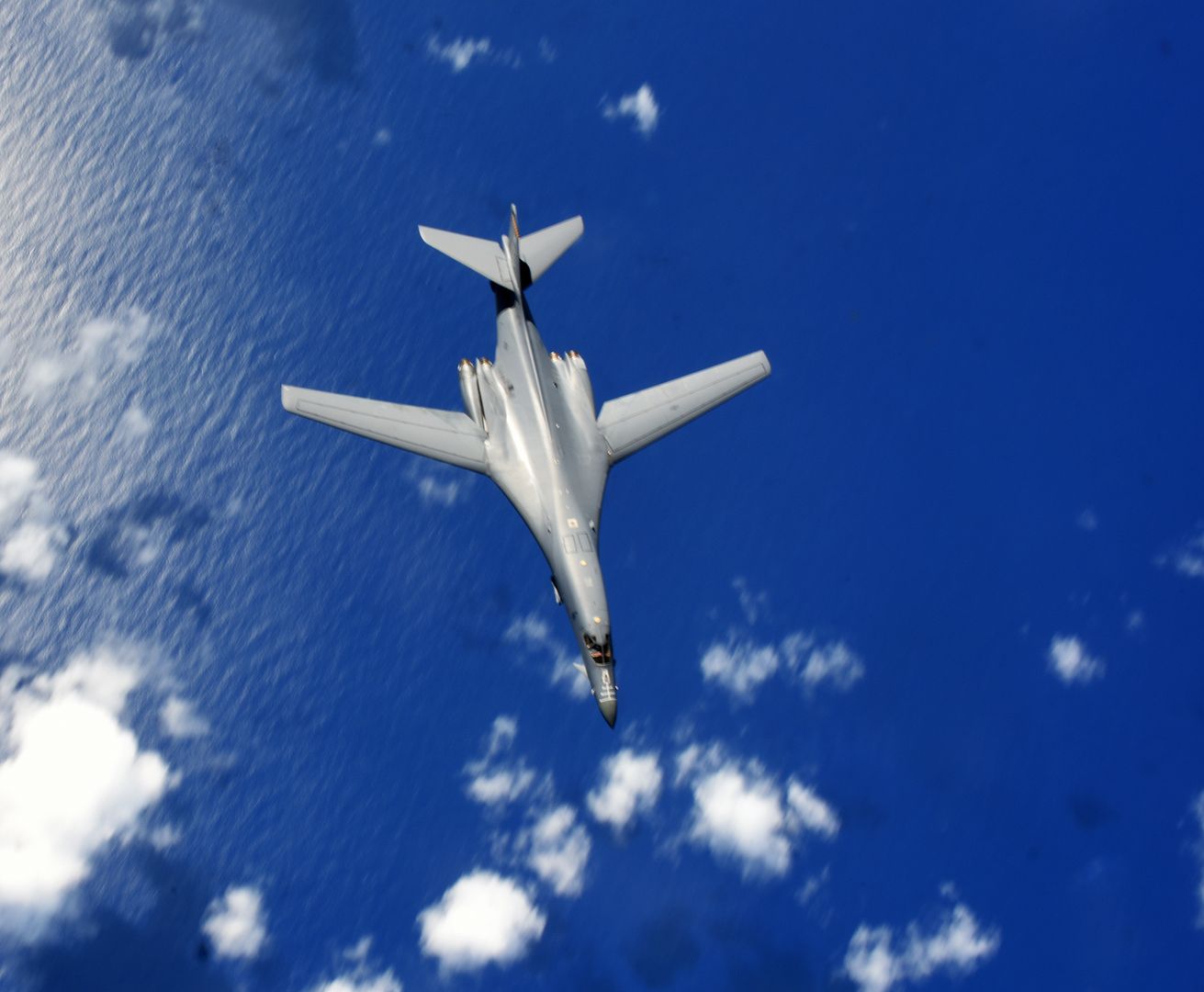
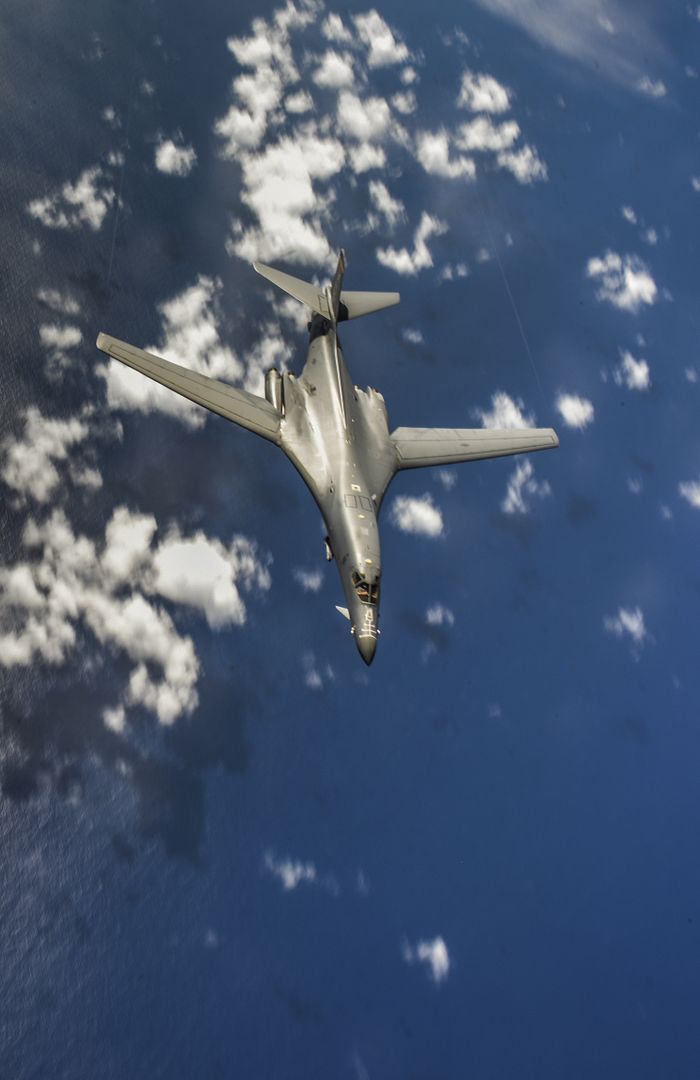
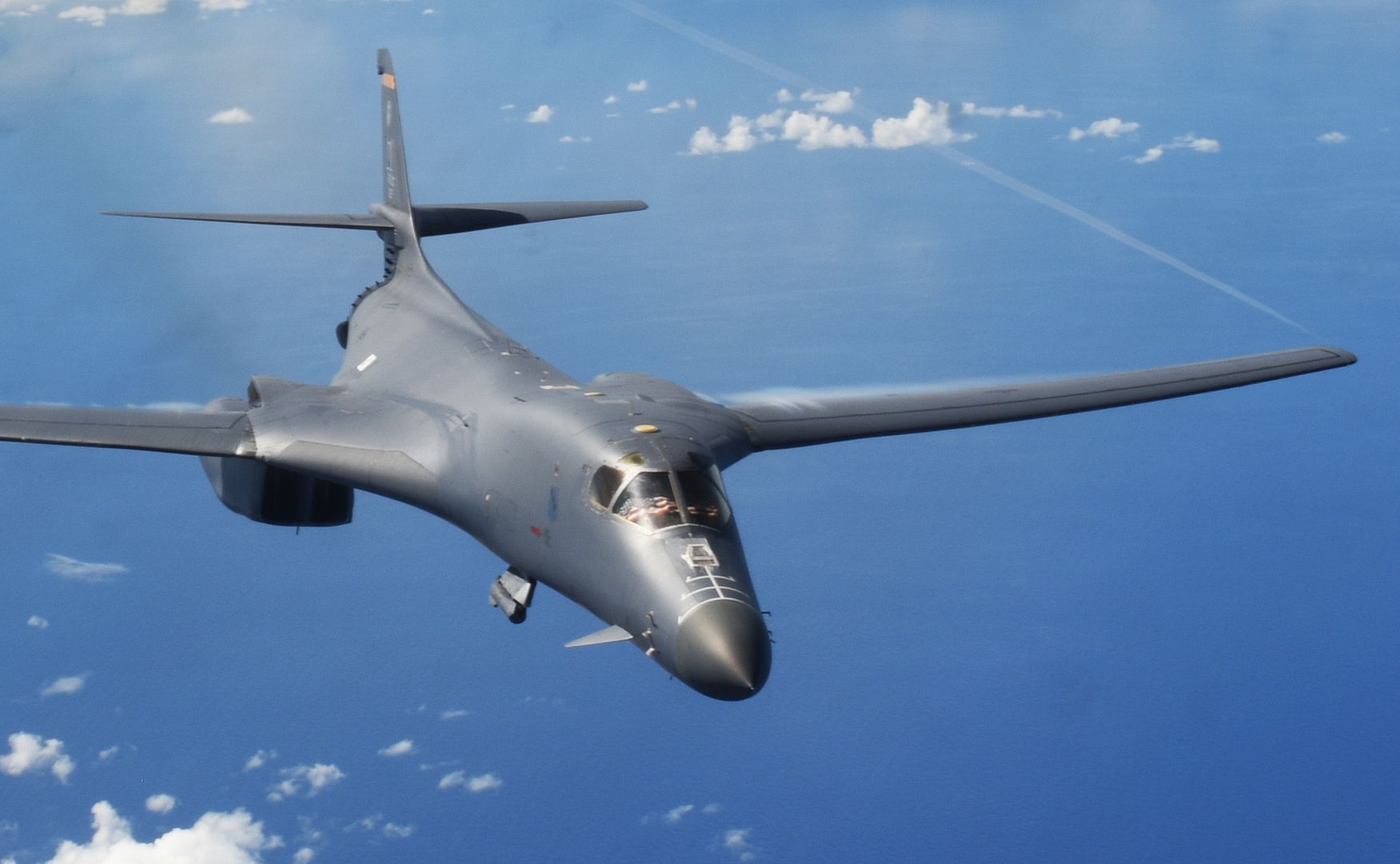
A B-1B Lancer assigned to Ellsworth Air Force Base, S.D., receives maintenance on the tarmac at Royal Air Force Fairford, U.K., June 7, 2017. Approximately 800 Striker Airmen from Air Force Global Strike Command are participating in joint and combined exercises in the European theatre with 14 allied and partner nations, enhancing the Air Force?s interoperability and resiliency with allied nations. (U.S. Air Force photo by Tech. Sgt. Miguel Lara III)
Boeing congratulates the Indian Navy and Indian Naval Air Squadron 312A?s P-8I fleet on achieving 10,000 flight hours since induction in 2015 and for receiving the Chief of Naval Staff?s unit citation for outstanding operational performance. The Indian Navy operates eight P-8I aircraft for long-range maritime reconnaissance and anti-submarine warfare missions and has ordered four additional P-8I aircraft, for which deliveries will begin in 2020. (Boeing photo)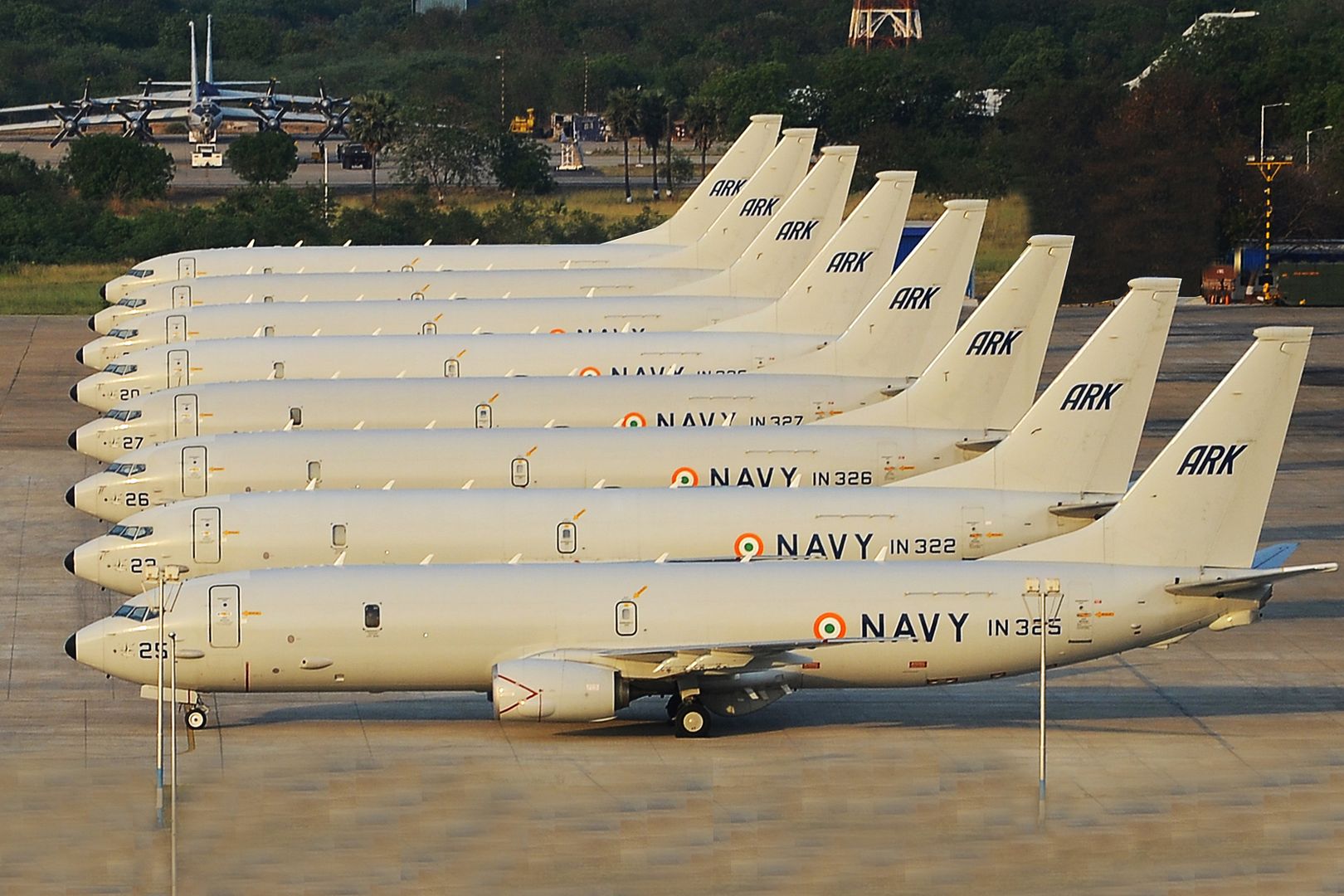
Australain KC-30A Multi-Role Tanker Transports headed north recently for training with U.S. Pacific Air Forces F-16C Fighting Falcons, providing tanker crews with valuable experience.
The training also gave United States Air Force pilots greater exposure to the KC-30A and its 17-metre-long Advanced Refuelling Boom System, which can offload fuel at up to 4600 litres per minute.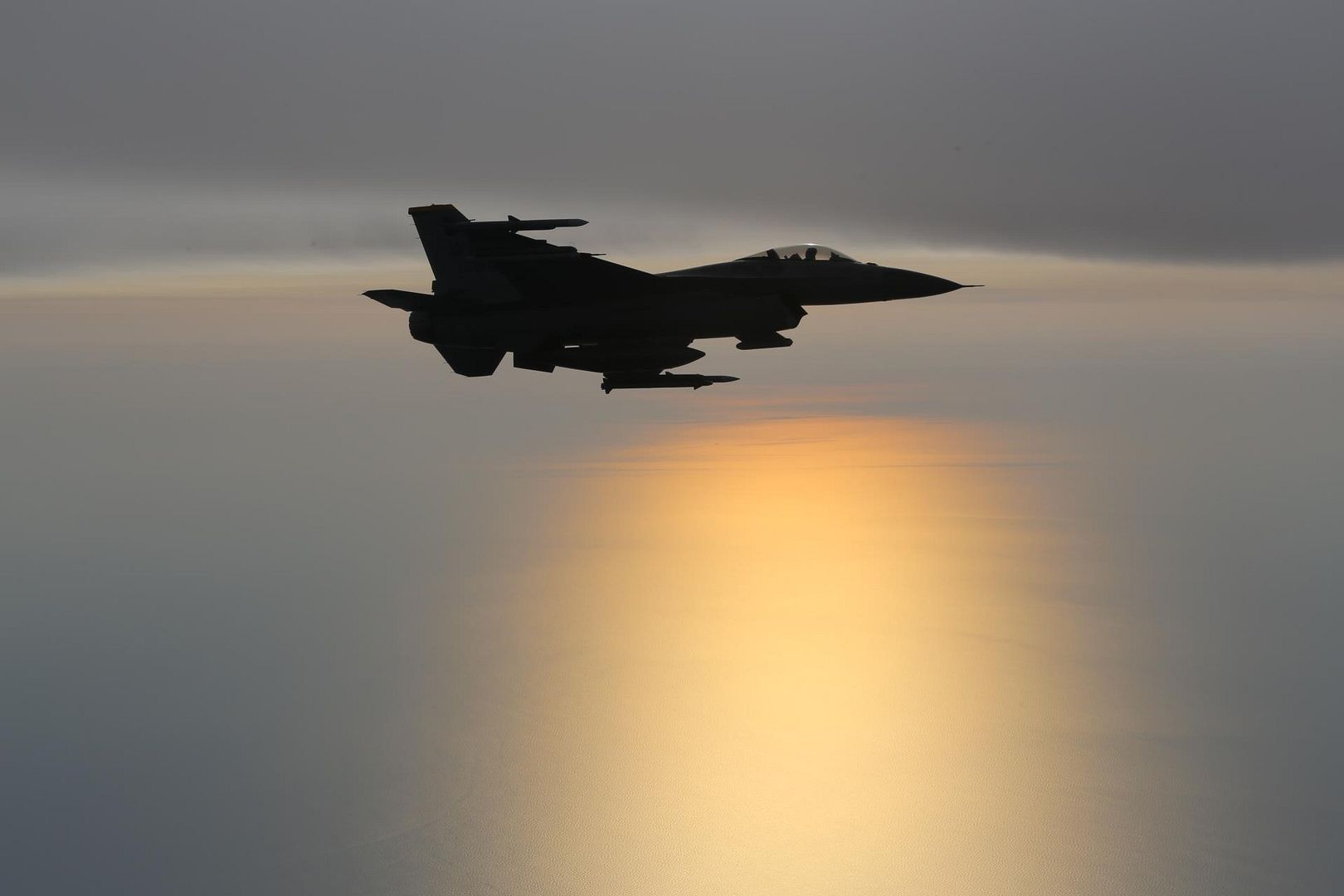
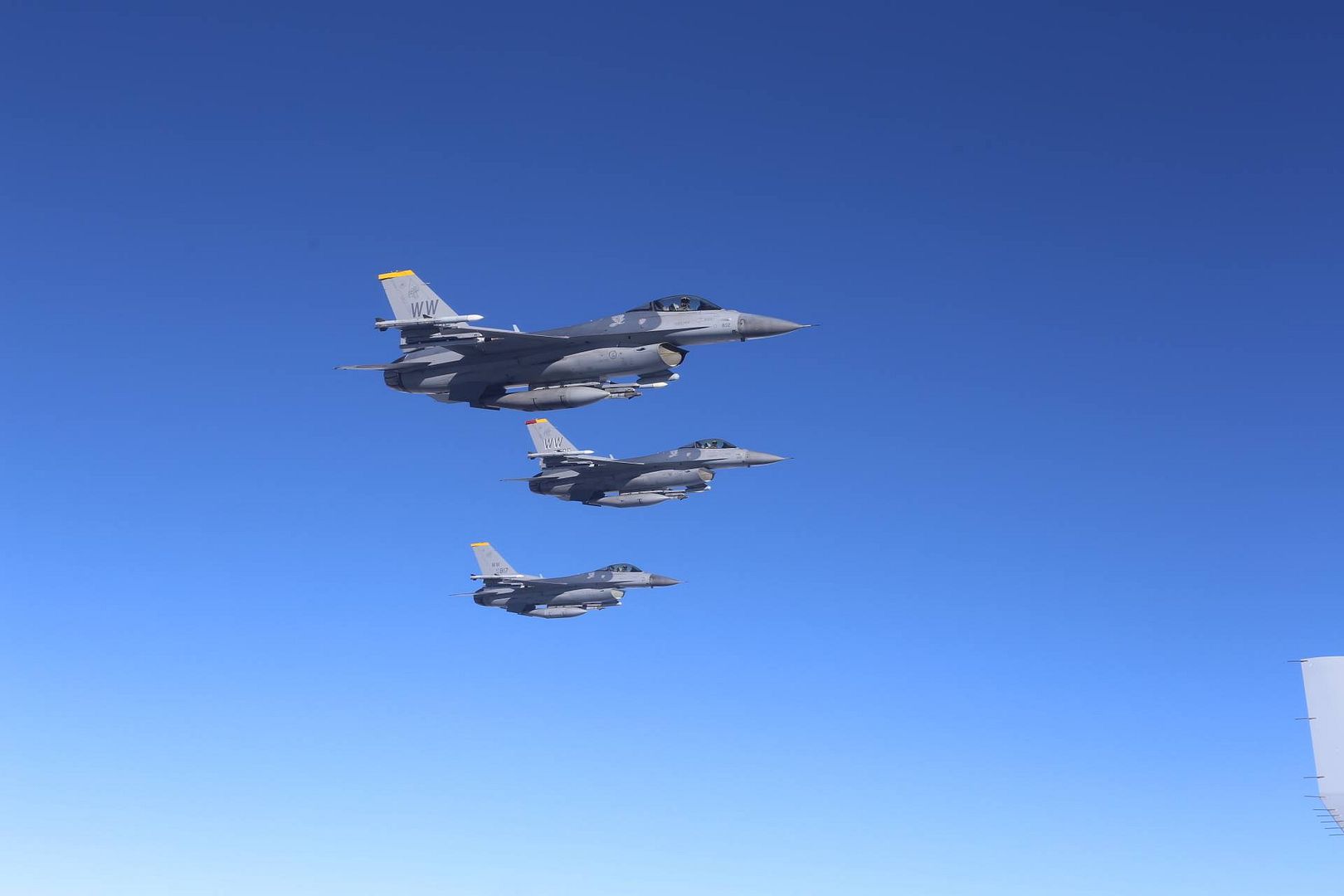
Photos RAAF.
-
 Main AdminA B-29 Superfortress, named Doc, on the flightline at Whiteman Air Force Base, Mo., June 9, 2017. The restored aircraft was flown to Whiteman by U.S. Air Force Brig. Gen. Paul W. Tibbets IV, the 509th Bomb Wing commander, to perform during the 2017 Wings Over Whiteman air show June 10-11. Doc is one of only two B-29s in flying status. (U.S. Air Force photo by Airman 1st Class Jazmin Smith)
Main AdminA B-29 Superfortress, named Doc, on the flightline at Whiteman Air Force Base, Mo., June 9, 2017. The restored aircraft was flown to Whiteman by U.S. Air Force Brig. Gen. Paul W. Tibbets IV, the 509th Bomb Wing commander, to perform during the 2017 Wings Over Whiteman air show June 10-11. Doc is one of only two B-29s in flying status. (U.S. Air Force photo by Airman 1st Class Jazmin Smith)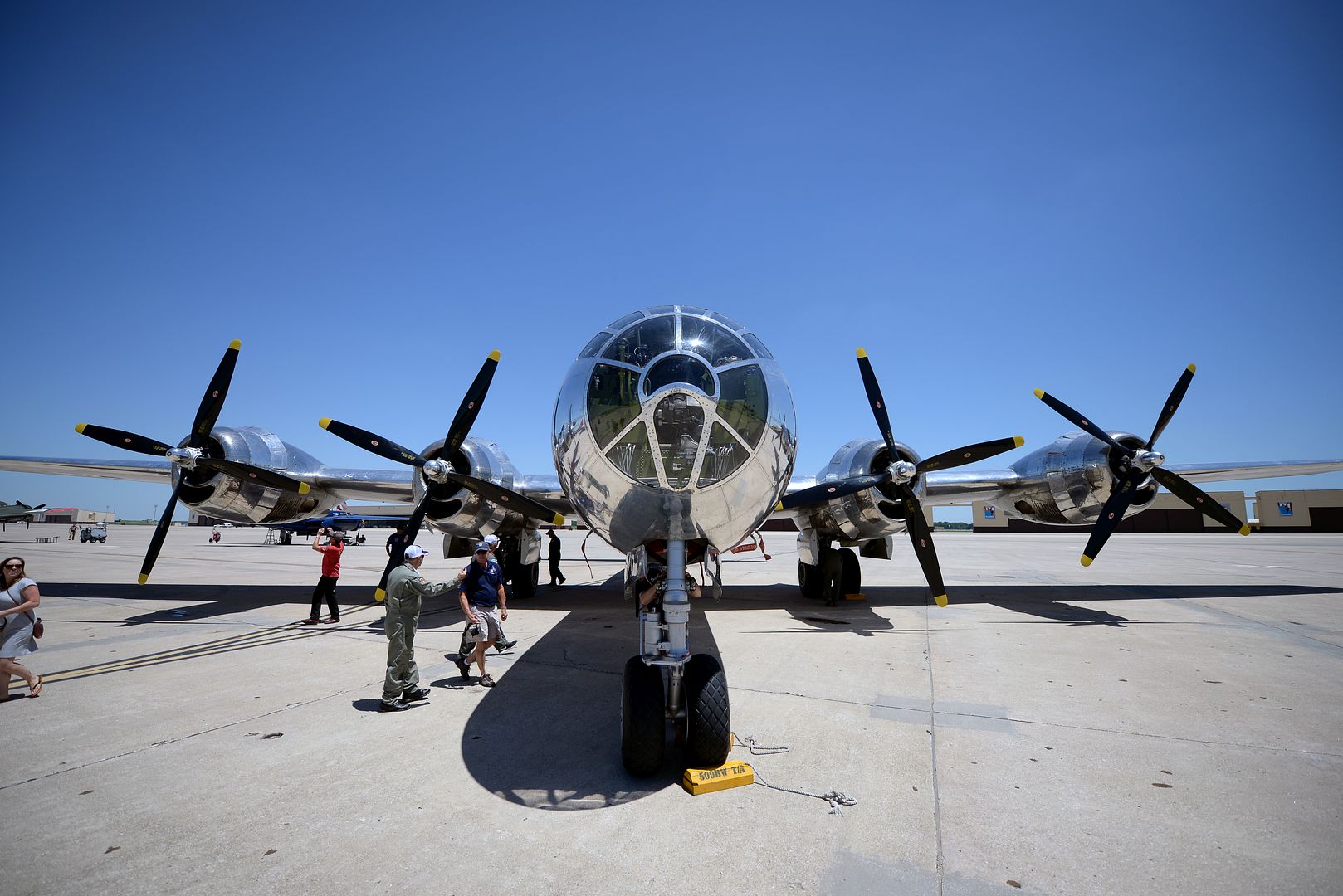
Doc, a B-29 Superfortress taxis on the flight line in preparation for a flight, June 9, 2017, at McConnell Air Force Base, Kan. The B-29 flew its first flight in September 1942 and was retired from service in September 1960. (U.S. Air Force photo/Staff Sgt. Rachel Waller)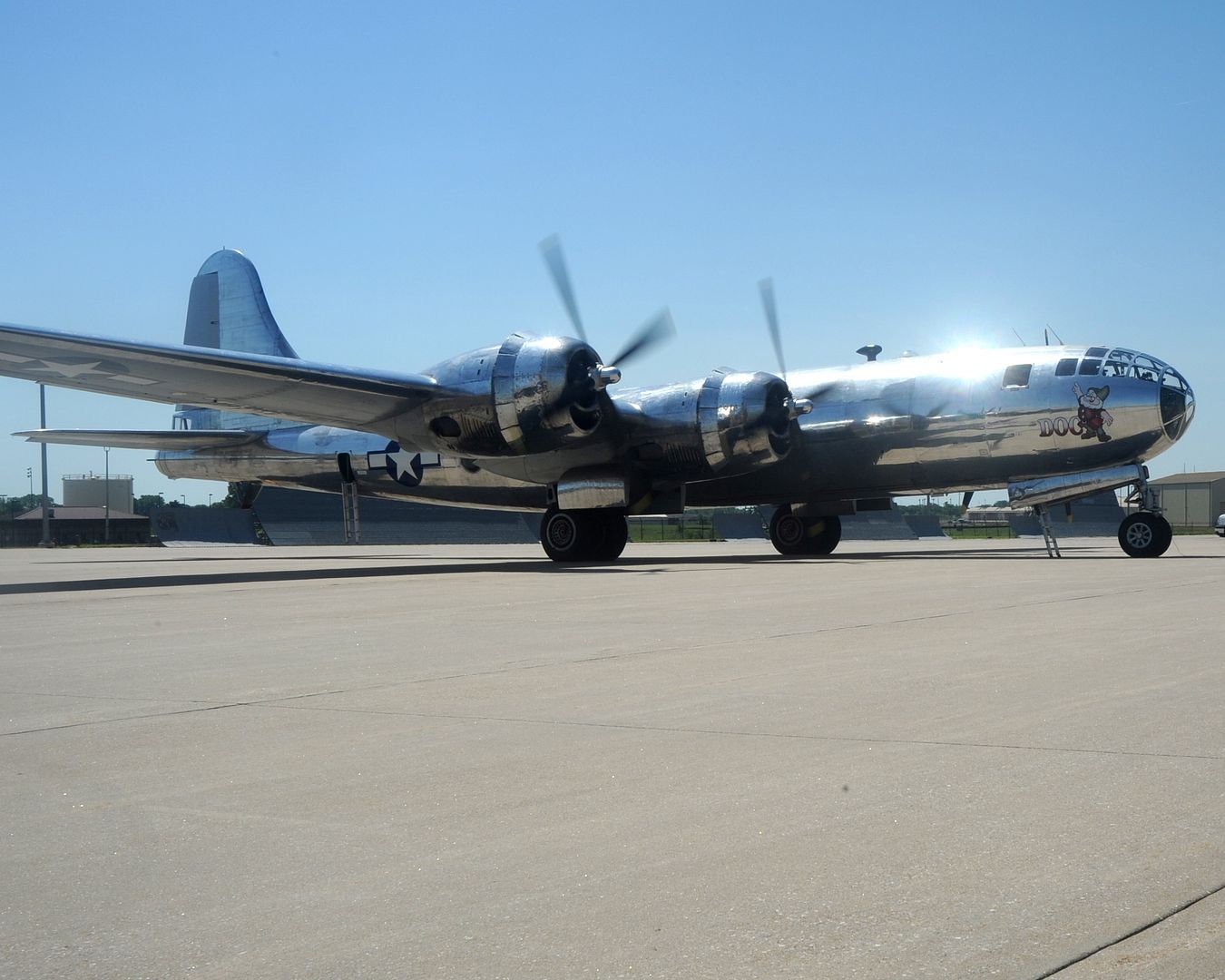
ROYAL AIR FORCE FAIRFORD, United Kingdom (AFNS) -- Two B-2 Spirit stealth bombers joined B-1B Lancers and B-52H Stratofortresses June 9, 2017, to participate in theater bomber assurance and deterrence operations.
Three B-52Hs from Barksdale Air Force Base, Louisiana, and three B-1Bs from Ellsworth AFB, South Dakota, along with approximately 800 Airmen, are currently supporting exercises Saber Strike and Baltic Operations in the U.S. European Theater.
While not actively participating in ongoing regional exercises, the B-2s join the other Air Force Global Strike Command assets in support of recurring bomber assurance and deterrence operations. Bomber deployments enhance the readiness and training necessary to respond to any contingency or challenge across the globe.
"The bomber assurance and deterrence missions these three aircraft are supporting are key to reinforcing our commitment to our allies in NATO--in a very visible, very tangible way--that we stand shoulder to shoulder with them, no matter what," said Col. Jared Kennish, the 322nd Air Expeditionary Group commander.
U.S. Strategic Command routinely conducts bomber operations across the globe as a demonstration of commitment to collective defense and to integrate with geographic combatant commands operations and activities. This is the first time that all three bomber platforms have been located together in the European theater, and only the second time total in AFGSC history; the first was in Guam in August 2016.
"This short-term deployment demonstrates the flexible global strike capabilities of the U.S. bomber force, and ensures bomber crews maintain a high state of readiness," said Kennish. "The training will provide opportunities to integrate capabilities with regional partners, and is part of the United States' commitment to supporting global security."
A number of total force Airmen from Whiteman AFB, Missouri, are supporting the B-2 operation. Many, including Kennish, are members of the Missouri Air National Guard's 131st Bomb Wing. The Guard wing has cleared a number of operational performance evaluations and readiness assessments to obtain full operational capability to perform the strategic bomber mission of the B-2 alongside the active duty 509th Bomb Wing, at home and at Royal Air Force Fairford.
Members of the 131st BW have been a part of every previous bomber assurance and deterrence operation; however, this is the first time that the operations of all three strategic bombers has been led by a guardsman, further signaling the full arrival of the total force construct in AFGSC.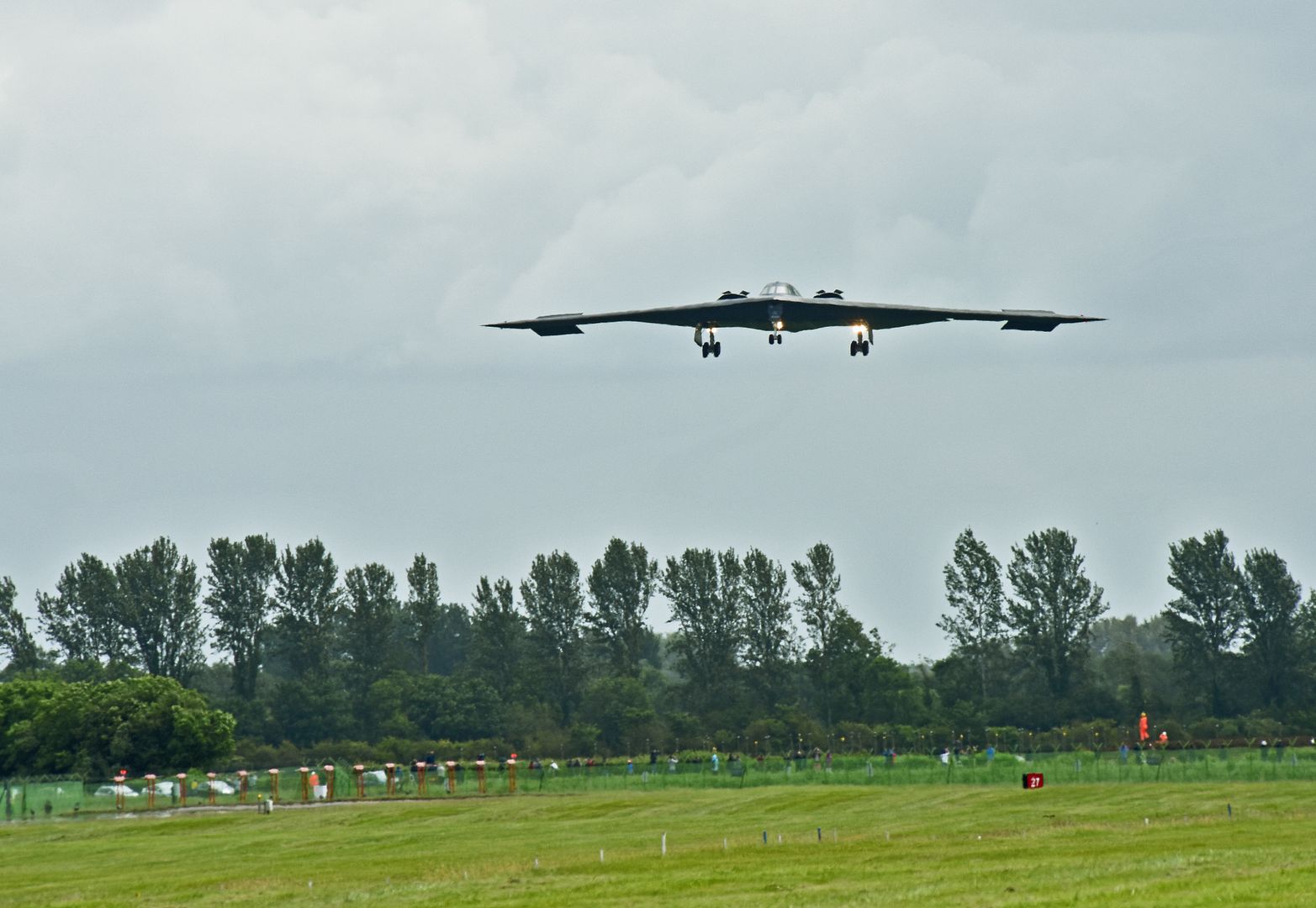
"There may have been a time early in our transition when people wondered if our two wings could make (total force integration) work in the B-2 operations, maintenance and support missions, but we've long since proved the concept at Whiteman (AFB)," said Kennish. "Operations like the ones we're supporting this month just put an exclamation point on our record of total force team success."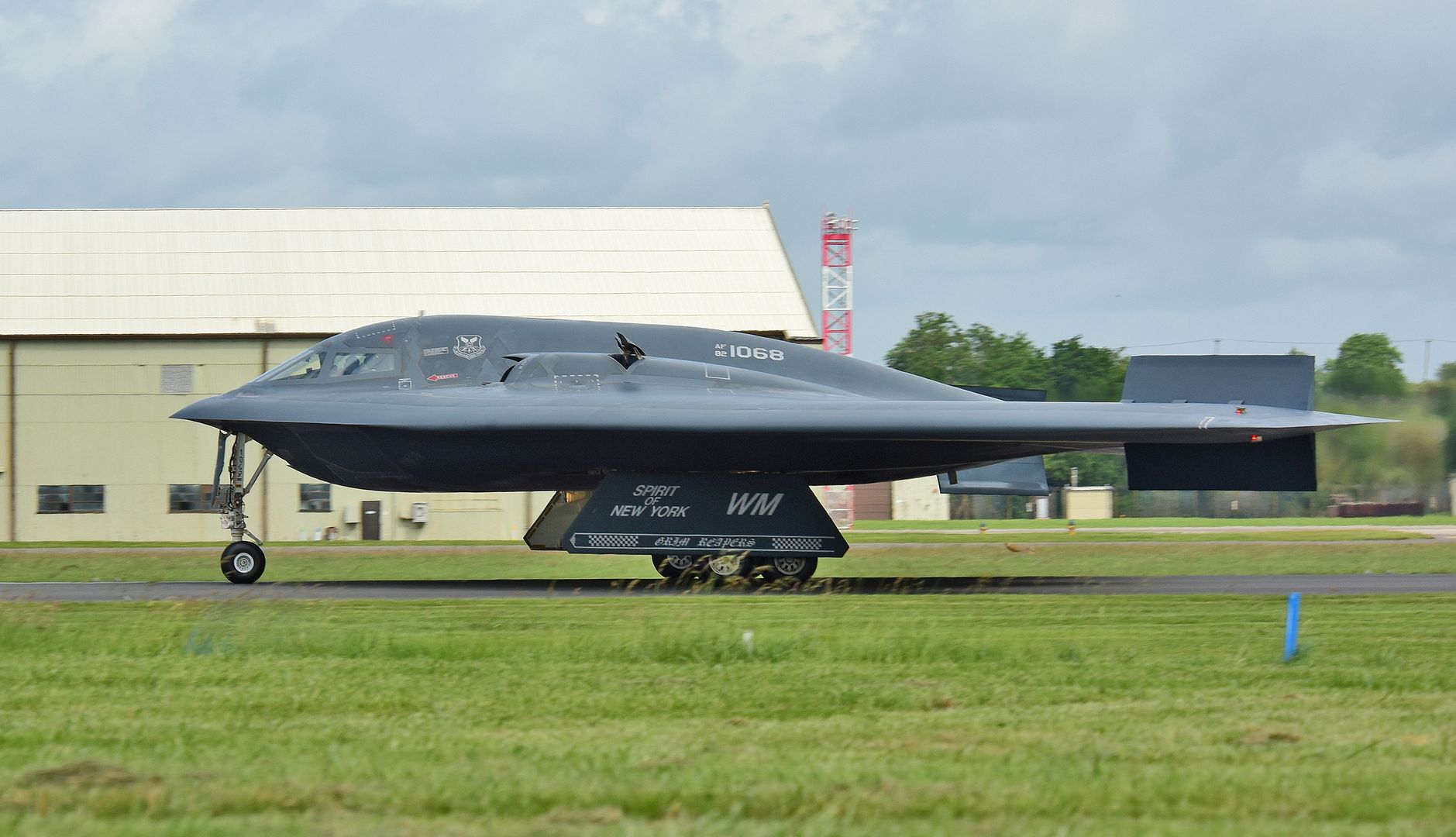
MEDITERRANEAN SEA (June 7, 2017) An F/A-18F Super Hornet attached to the "Blacklions" of Strike Fighter Squadron (VFA) 213 is fully loaded with 10 GBU-32 1,000 pound bombs aboard the aircraft carrier USS George H.W. Bush (CVN 77). George H.W. Bush, part of the George H.W. Bush Carrier Strike Group, is conducting naval operations in the U.S. 6th Fleet area of operations in support of U.S. national security interests in Europe and Africa. (U.S. Navy photo by Mass Communication Specialist 3rd Class Matt Matlage/Released)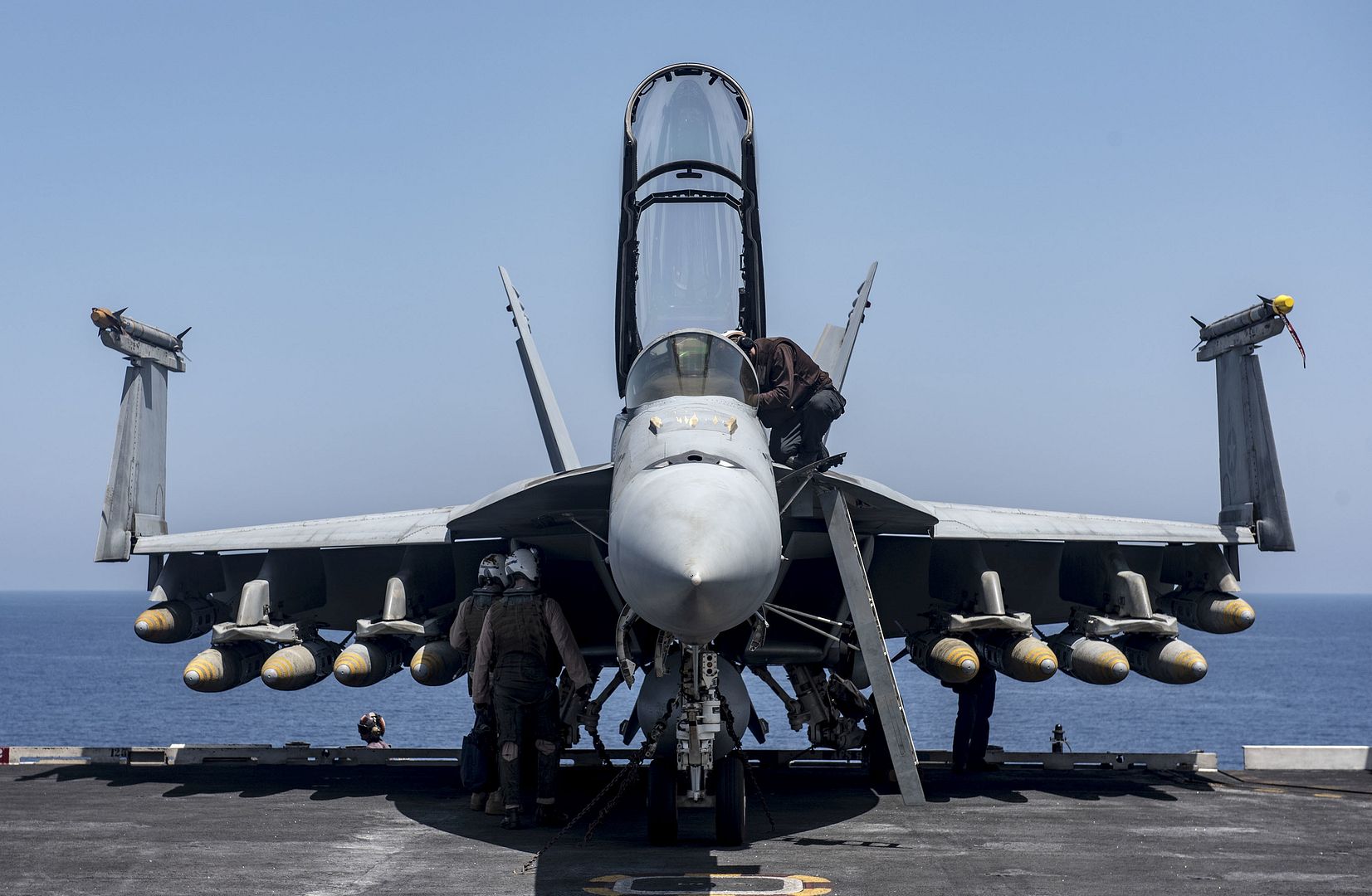
-
 Main AdminU.S. Army CH-47 Chinook helicopter pilots assigned to Task Force Flying Dragons, 16th Combat Aviation Brigade, 7th Infantry Division fly near Mazar-e-Sharif, Afghanistan, June 9, 2017. The Flying Dragons provide aviation support to U.S. Forces Afghanistan as part of Operation Freedom's Sentinel.
Main AdminU.S. Army CH-47 Chinook helicopter pilots assigned to Task Force Flying Dragons, 16th Combat Aviation Brigade, 7th Infantry Division fly near Mazar-e-Sharif, Afghanistan, June 9, 2017. The Flying Dragons provide aviation support to U.S. Forces Afghanistan as part of Operation Freedom's Sentinel.
Photo's by Capt. Brian Harris. .
.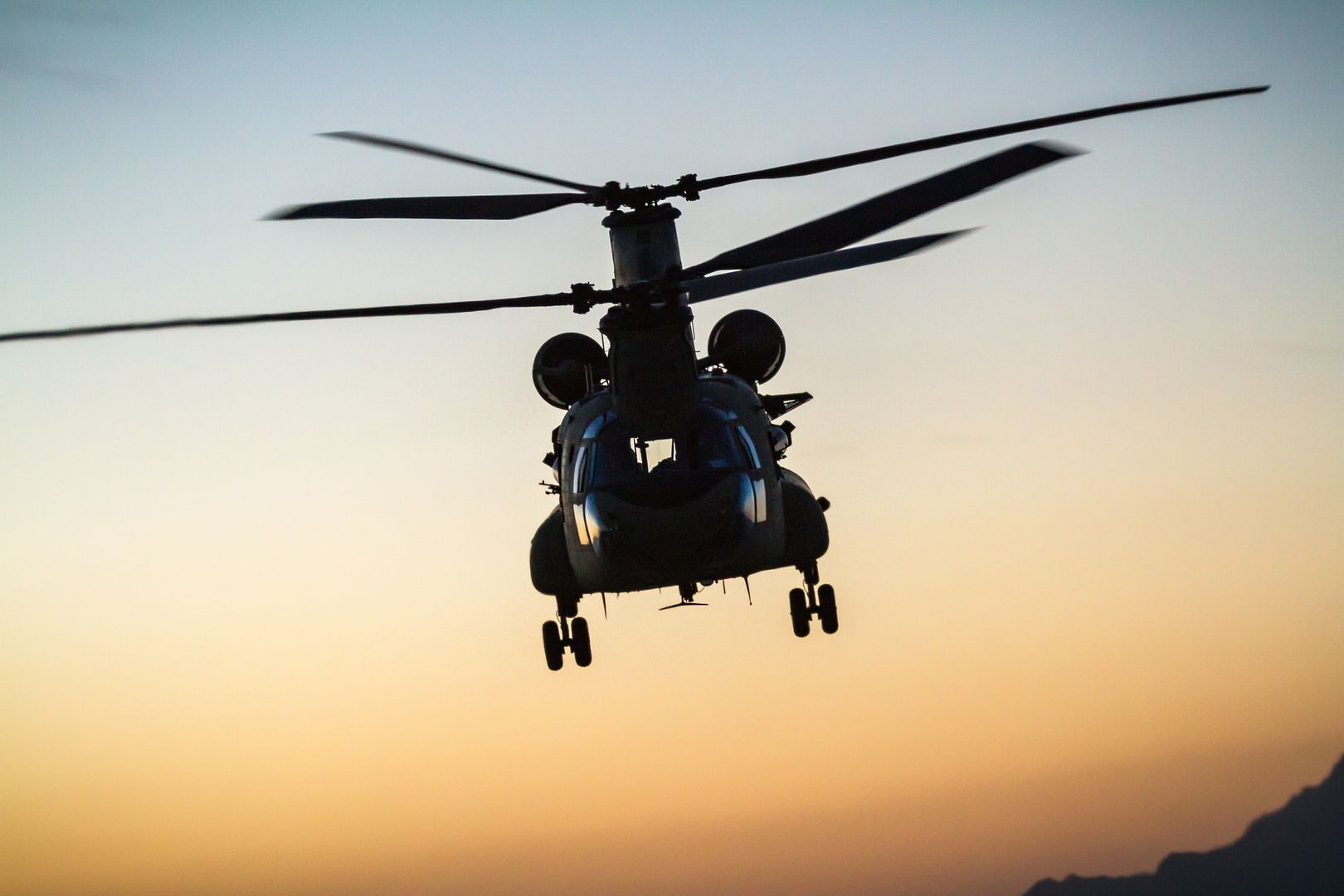
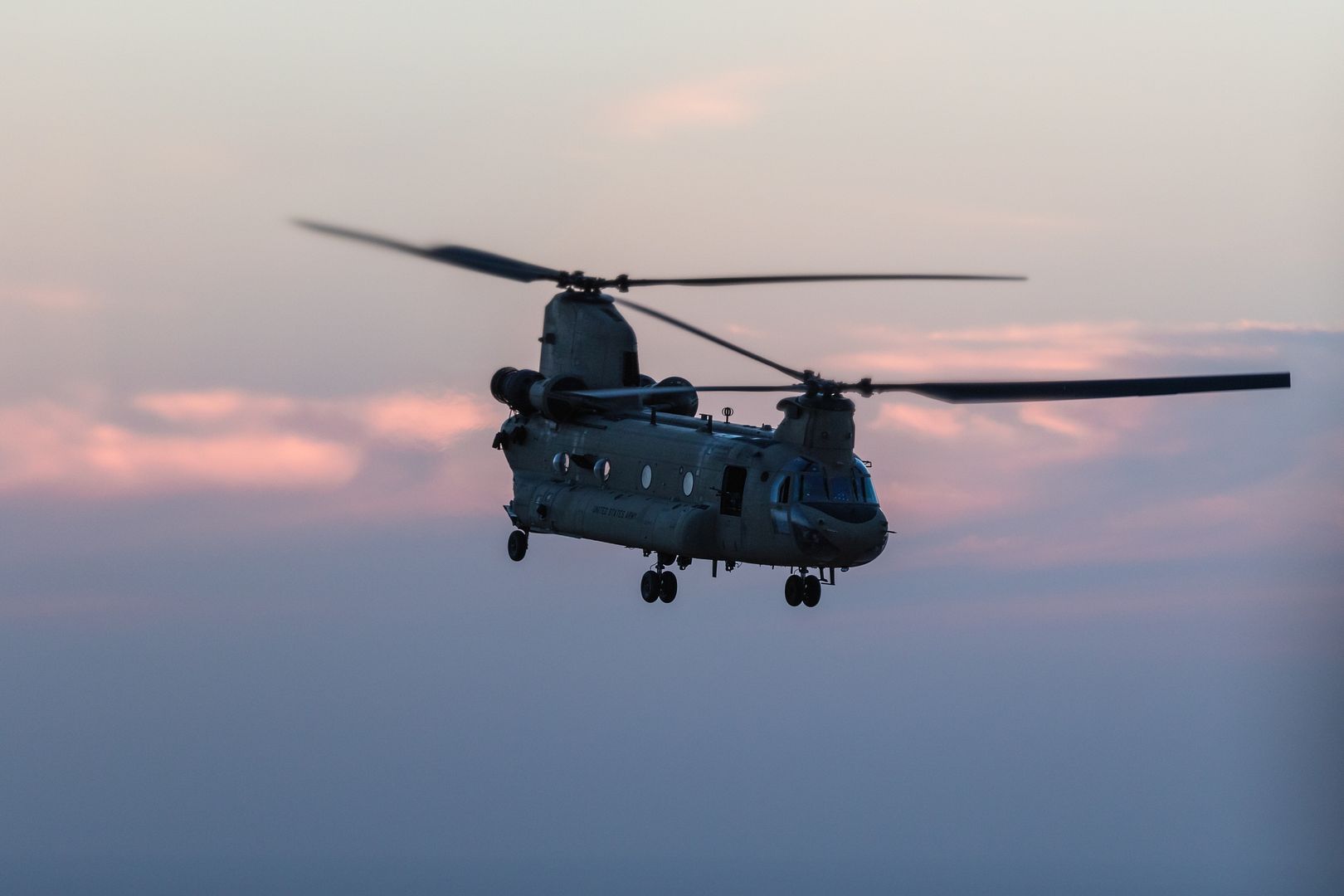
A U.S. Air Force F-22 Raptor aircraft is parked on the ramp at the Iowa Air National Guard?s 185th Air Refueling Wing in Sioux City Iowa, June 10, 2017. The Raptor is on display as part of the 185th open house event. (U.S. Air National Guard photo by Staff Sgt. Ter Haar/Released)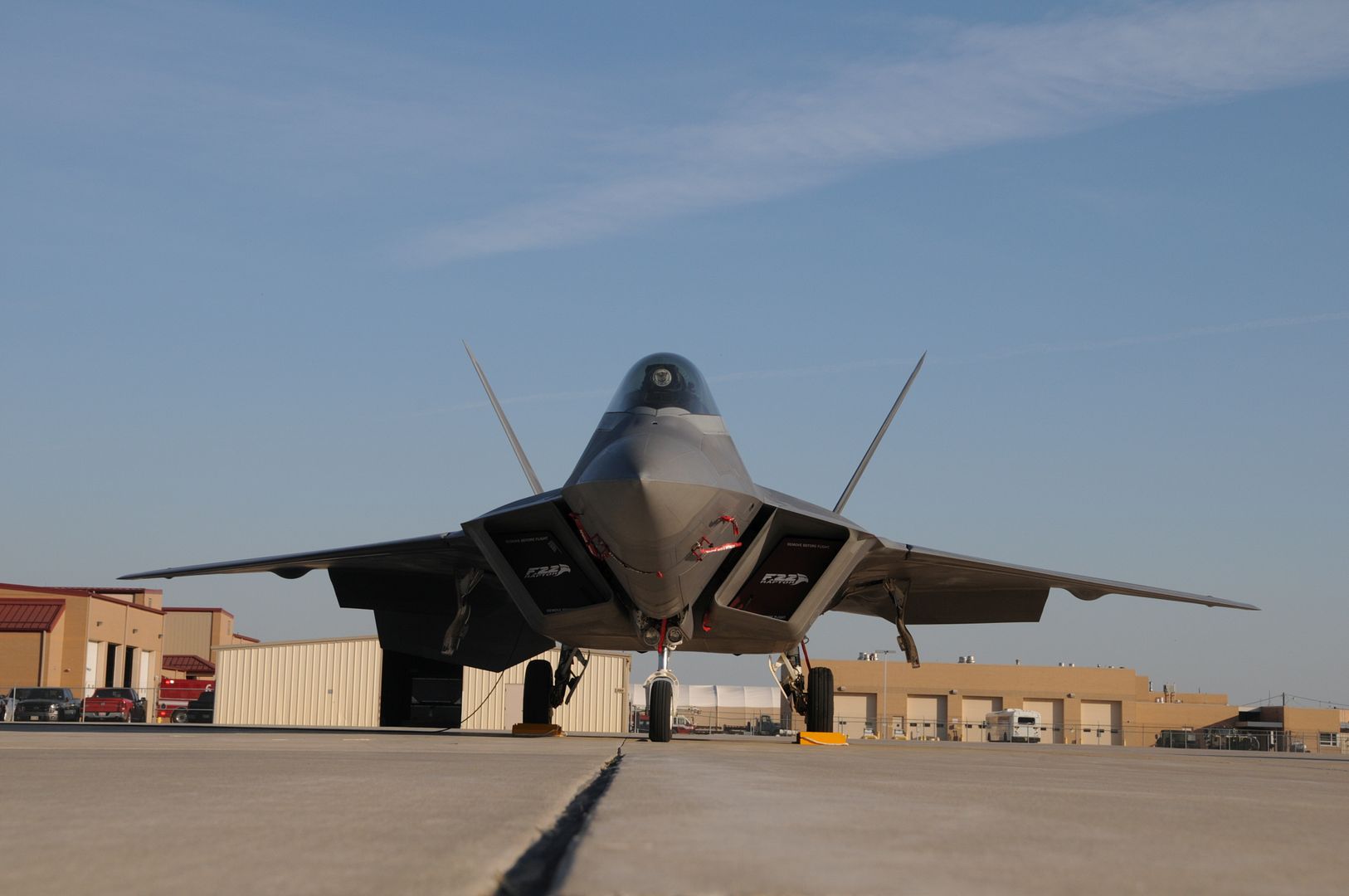
A B-2 Spirit performs a flyover during the Wings Over Whiteman air show at Whiteman Air Force Base, Mo., June 10, 2017. The B-2 is a multi-role bomber capable of delivering both conventional and nuclear munitions. Its low-observable, or stealth, characteristics give it the ability to penetrate an enemy?s most sophisticated defenses. (U.S. Air Force photo by Airman 1st Class Jazmin Smith)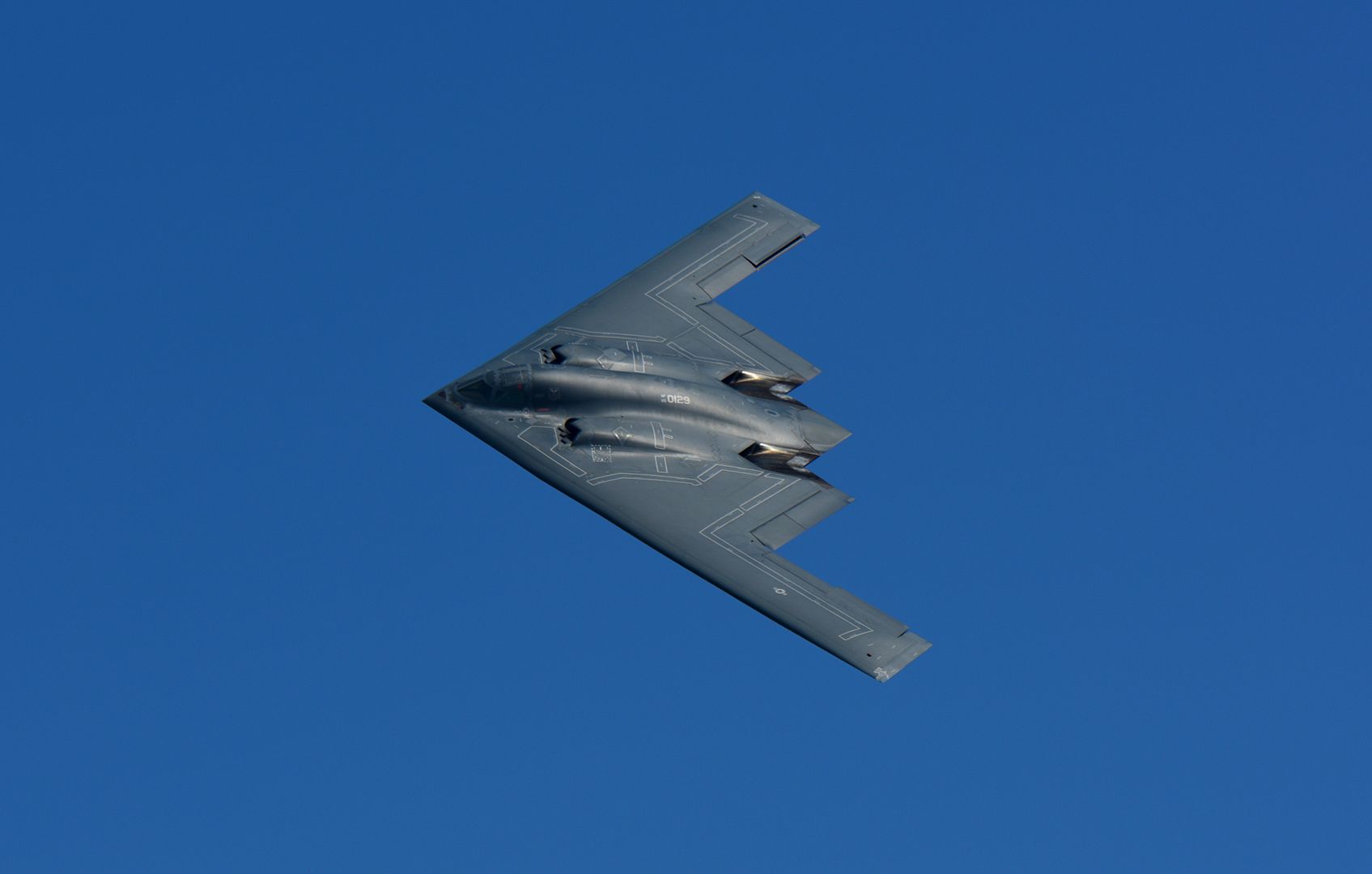
US 12th Combat Aviation Brigade Chinook helicopters take off to conduct joint Albanian and UK Aerial Assault training during exercise Noble Jump 17, in Cincu Romania.
Exercise Noble Jump is a milestone event for NATO this year as it represents the first major exercise in which significant forces and their equipment are moving across Europe in order to demonstrate the Alliance's ability to quickly deploy forces to wherever they are needed to prevent conflict.
(NATO Photo / WO2 Dan Harmer GBR Army / Released)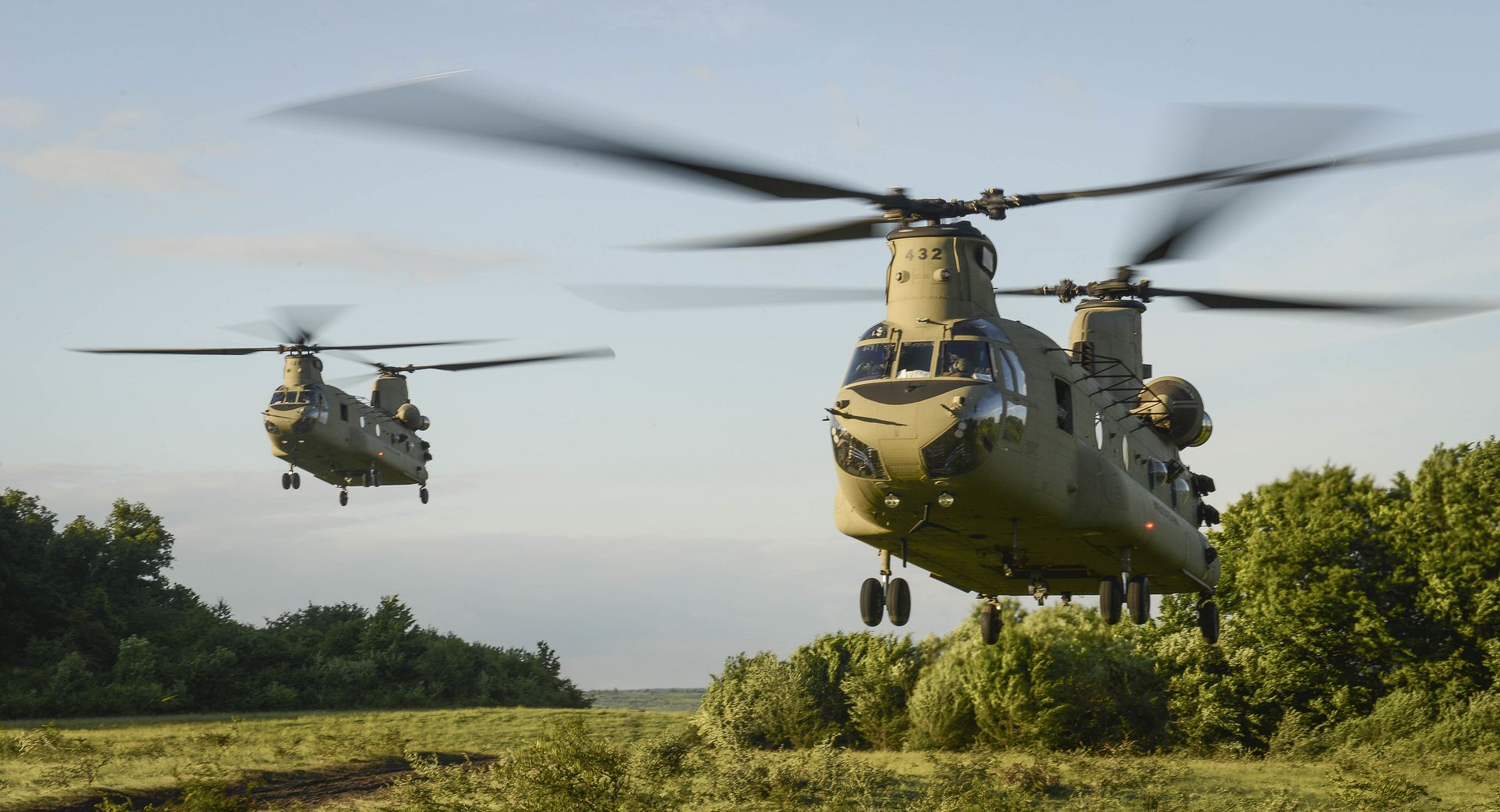
ROMANIA
06.10.2017
An American Apache attack helicopter protects Chinook transport helicopters.
American helicopters transport VJTF-troops of the light infantry brigade (Dutch Marines, British Grenadier Guards and Albanian soldiers) during a three-pronged air assault. The operation started early in the evening while it was still light, but the attack continued in the dark.
Credit: Cpl Jasper Verolme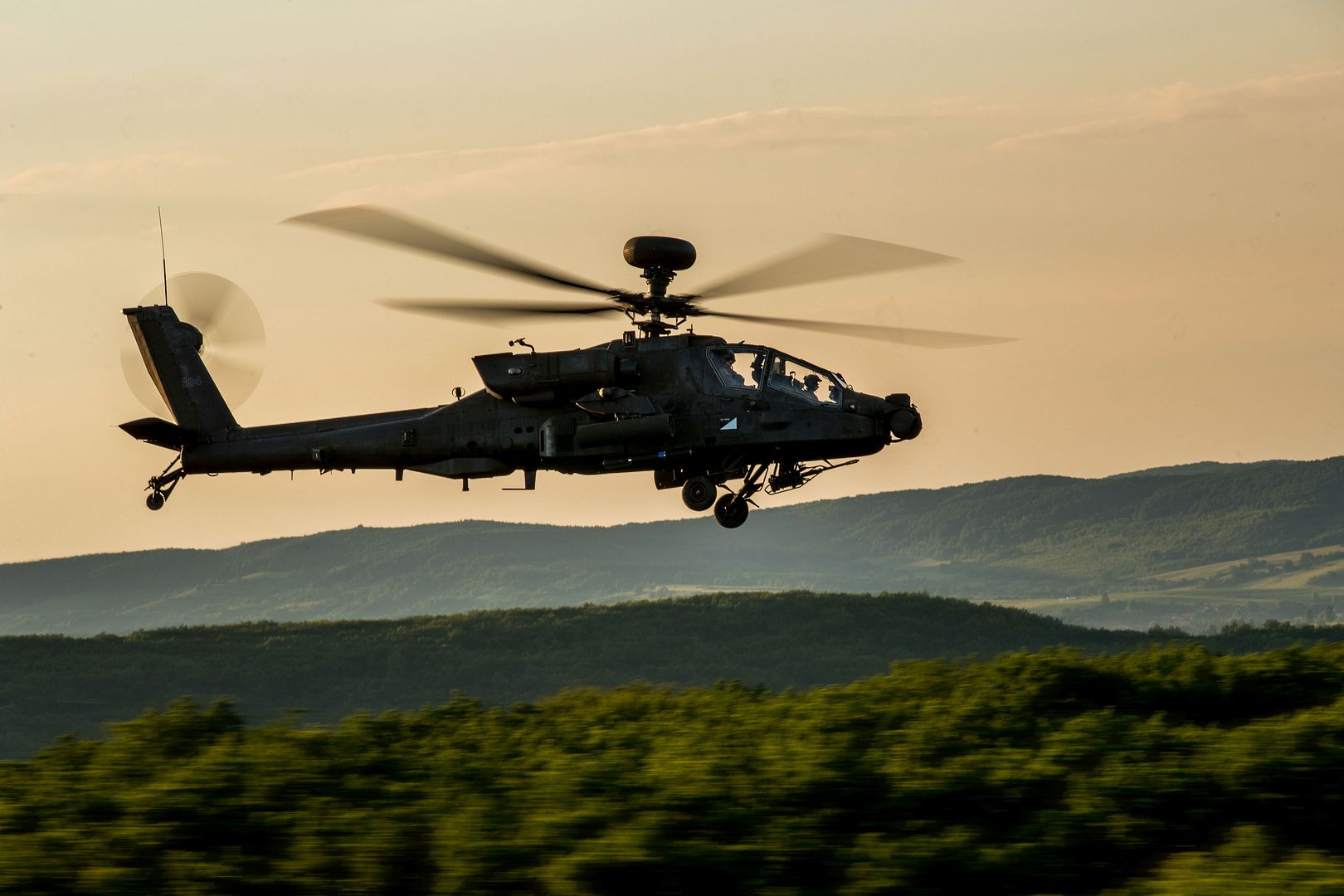
Post a reply
- Go to Previous topic
- Go to Next topic
- Go to Welcome
- Go to Introduce Yourself
- Go to General Discussion
- Go to Screenshots, Images and Videos
- Go to Off topic
- Go to Works in Progress
- Go to Skinning Tips / Tutorials
- Go to Skin Requests
- Go to IJAAF Library
- Go to Luftwaffe Library
- Go to RAF Library
- Go to USAAF / USN Library
- Go to Misc Library
- Go to The Ops Room
- Go to Made in Germany
- Go to Campaigns and Missions
- Go to Works in Progress
- Go to Juri's Air-Raid Shelter
- Go to Campaigns and Missions
- Go to Works in Progress
- Go to Skinpacks
- Go to External Projects Discussion
- Go to Books & Resources
